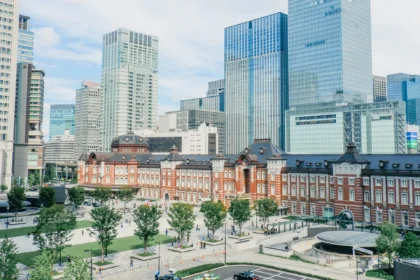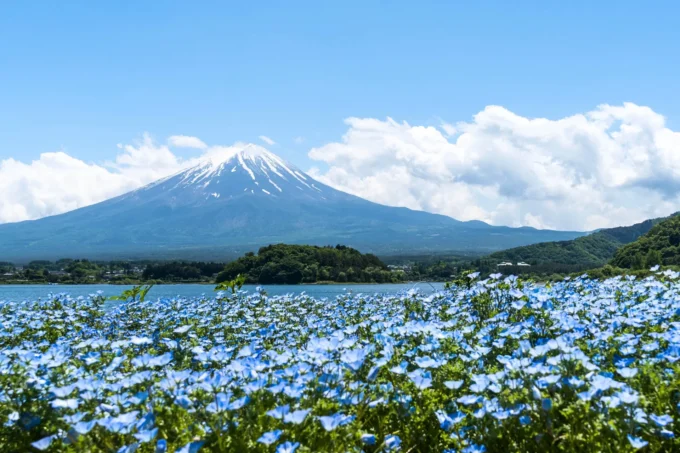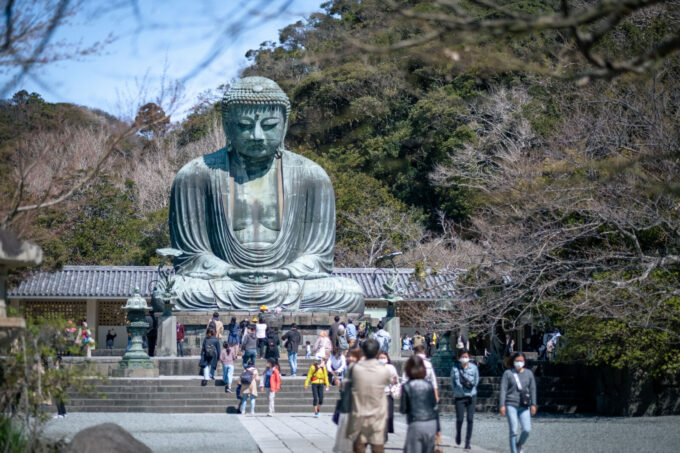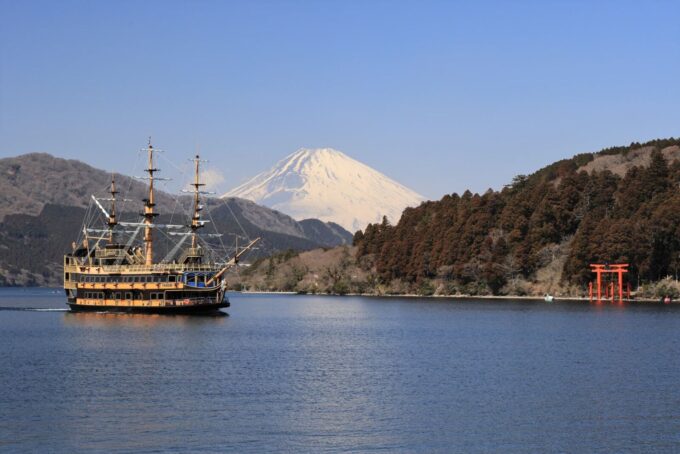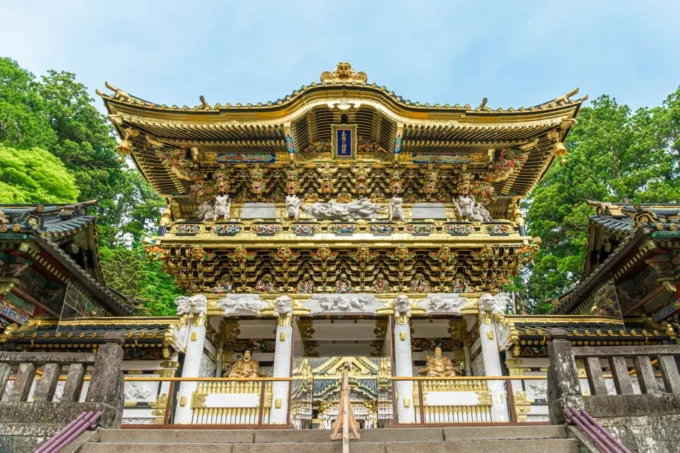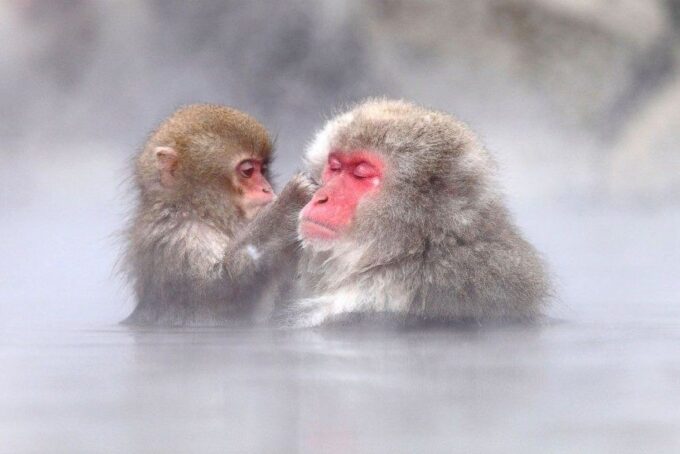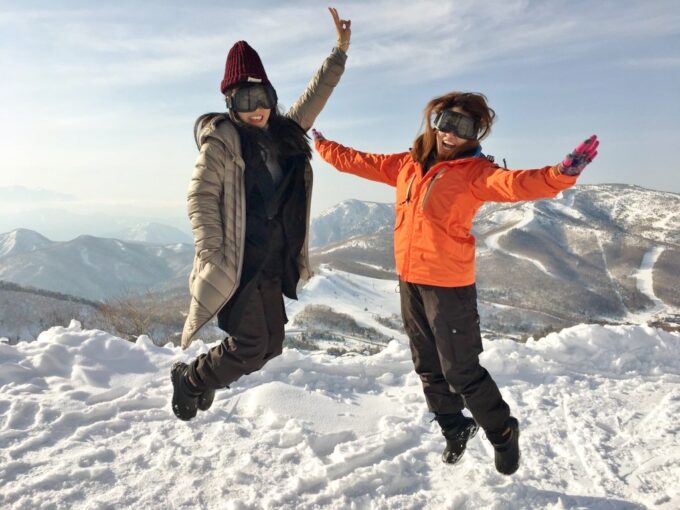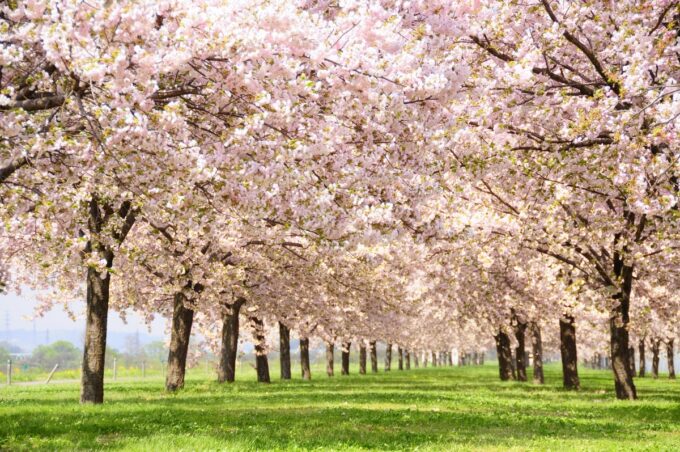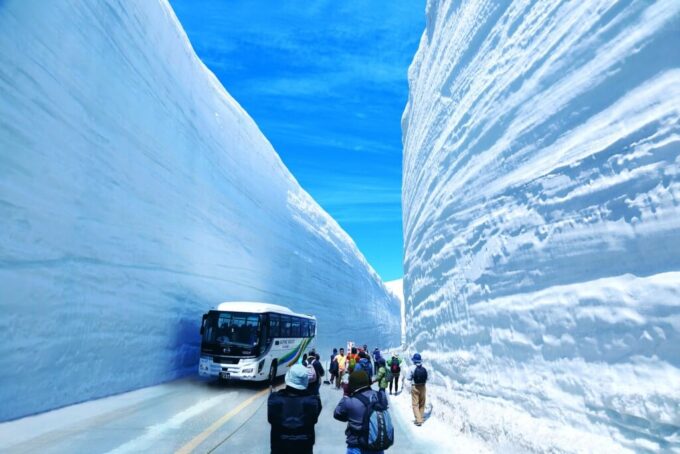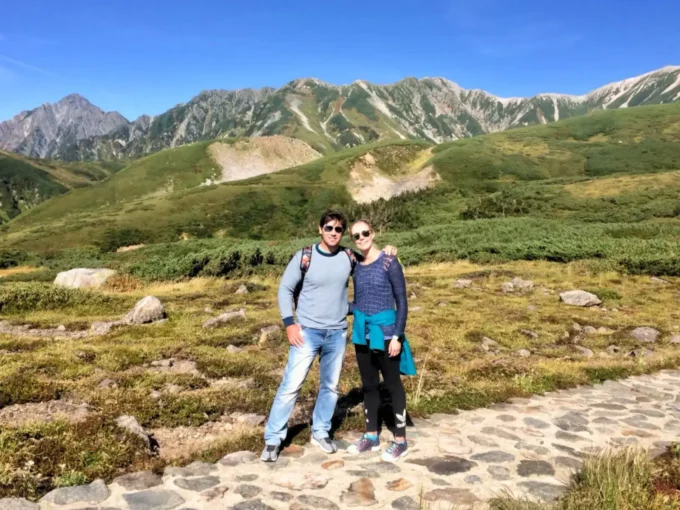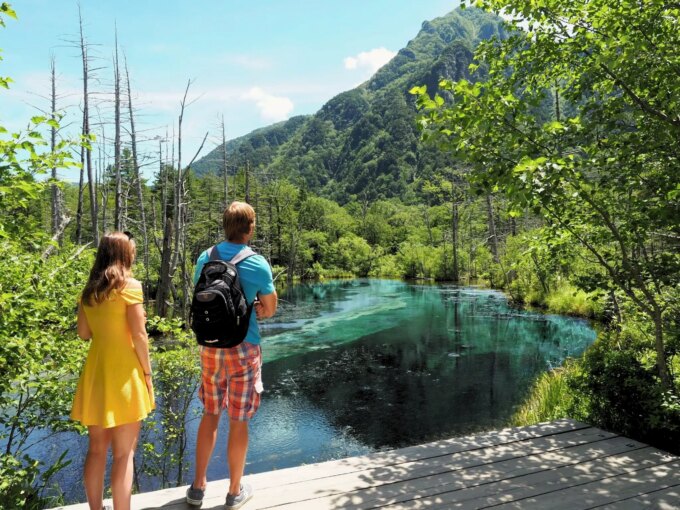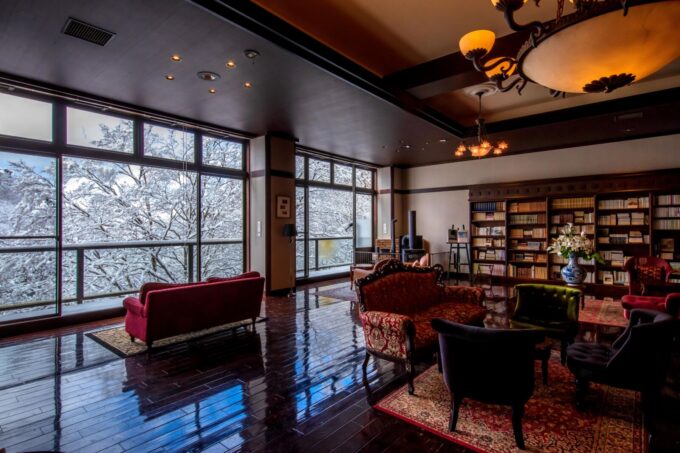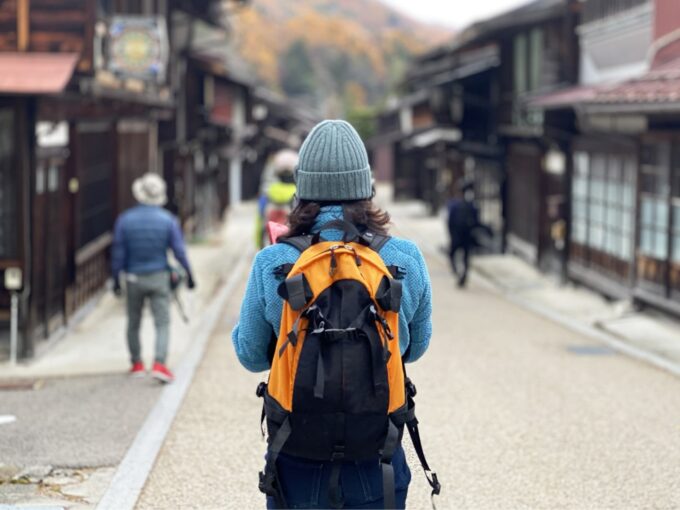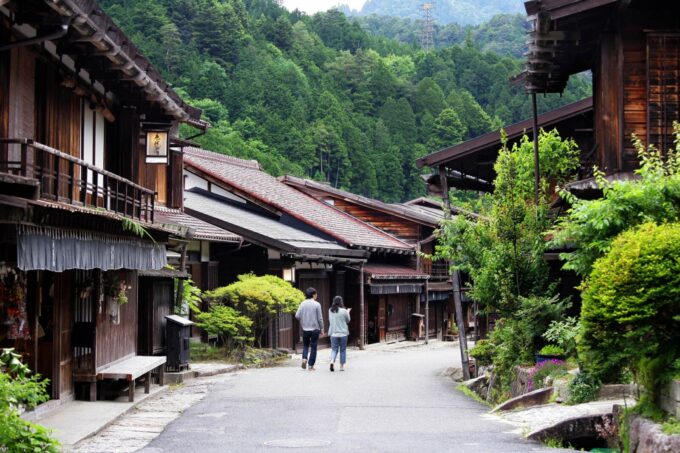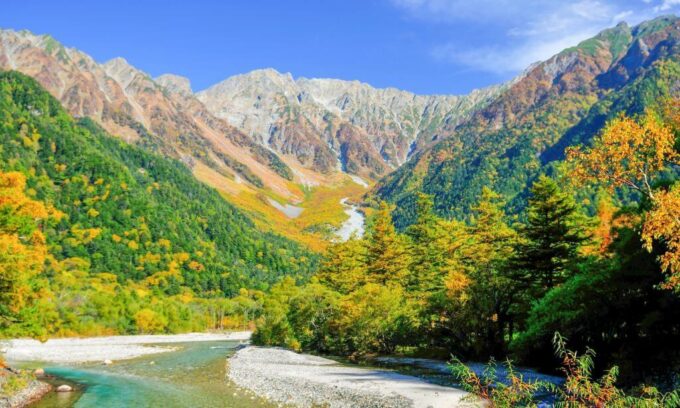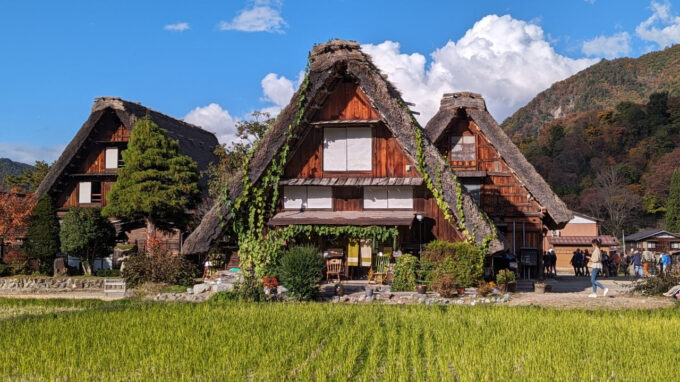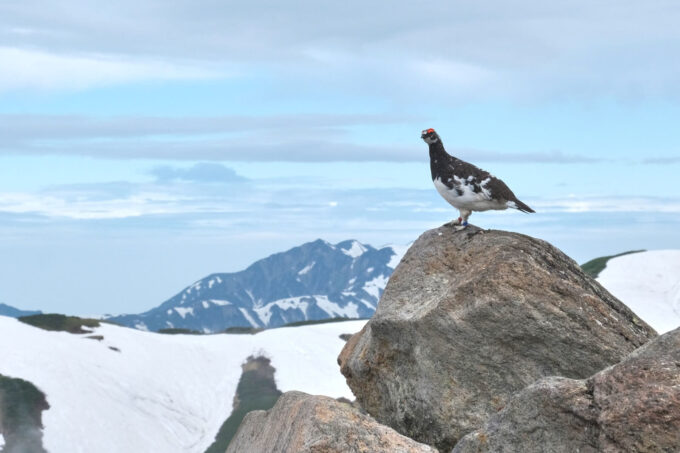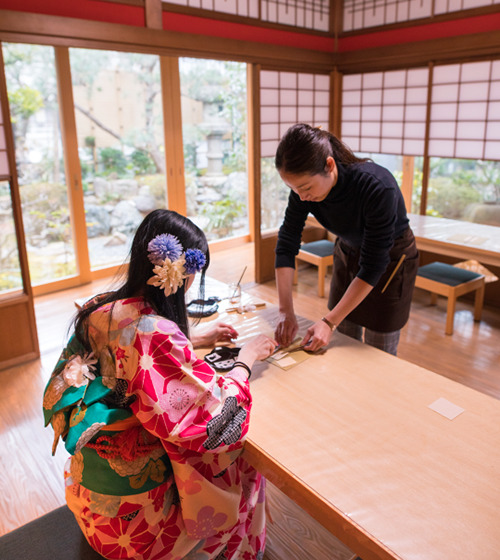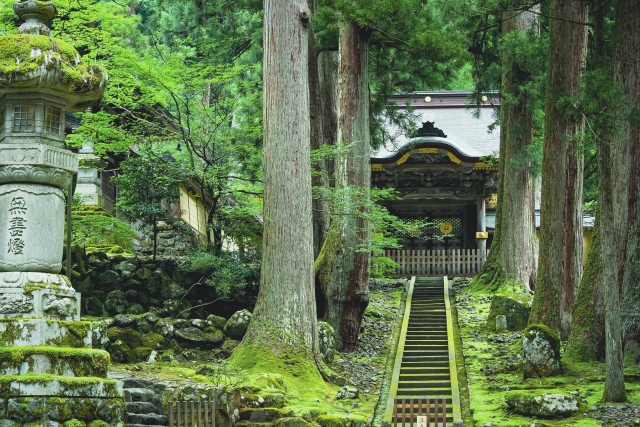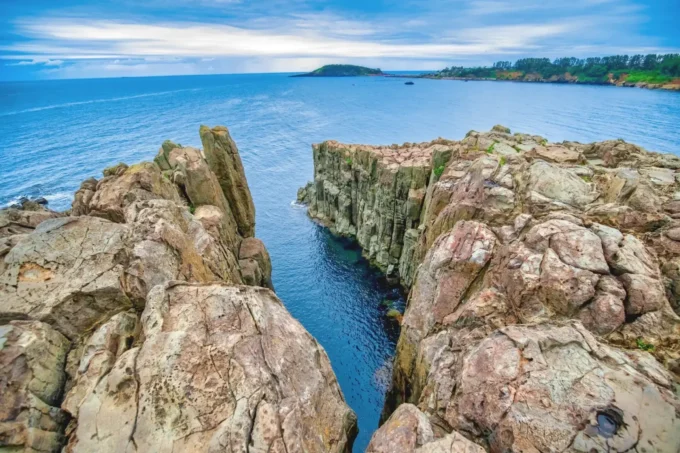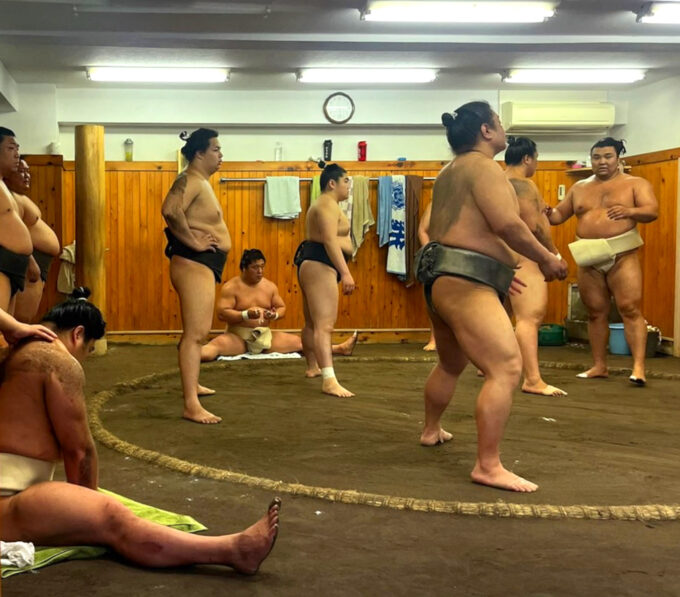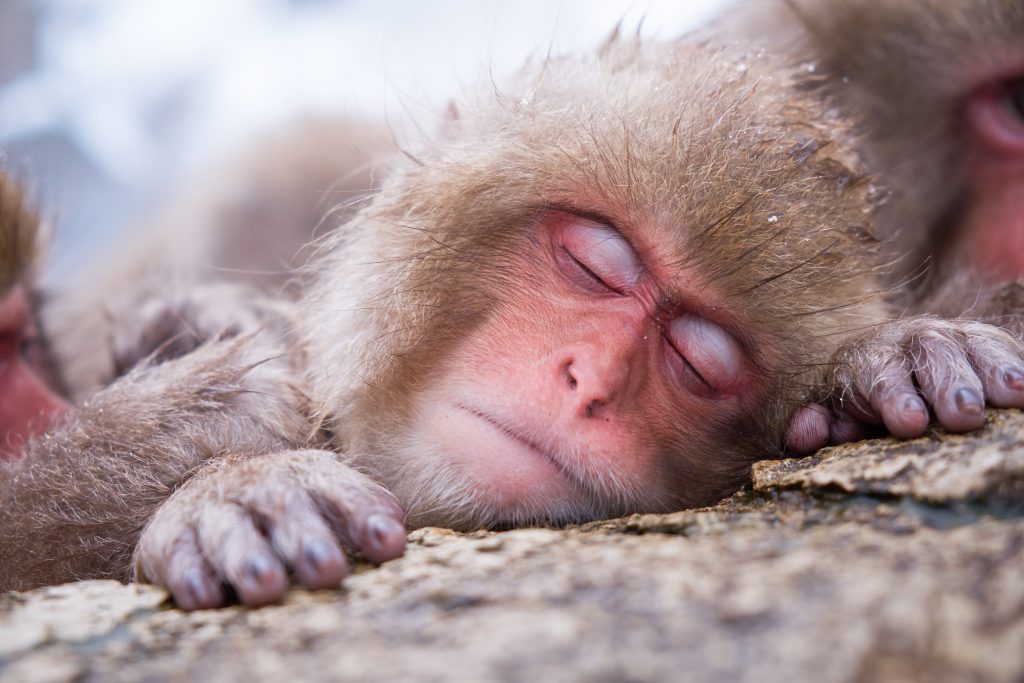

As one of the world’s great and most influential cities, Tokyo offers visitors an endless choice of things to do – from the cultured and refined to the weird and obscure. Spoiled for choice, you could spend your entire visit exploring everything it has to offer – and intend, some people do just that – but sooner or later, everyone needs a break from the sprawl, congestion and neon of the capital. On this page you will find the following information:
Lying within easy reach of Tokyo are a number of incredible destinations which offer the space, freedom and open landscapes that you won’t find in the city. For example, Nagano and Central Japan are serviced by three shinkansen lines running to and from Tokyo – the Hokuriku Shinkansen running to Kanazawa via Nagano, the Joetsu Shinkansen running to Niigata via Echigo-Yuzawa, and the Tokaido Shinkansen running to Nagoya (and onto Kyoto and Osaka), many of the region’s most enjoyable destinations can be enjoyed as day-trips from Tokyo with others best-experienced as overnight or multi-day visits.
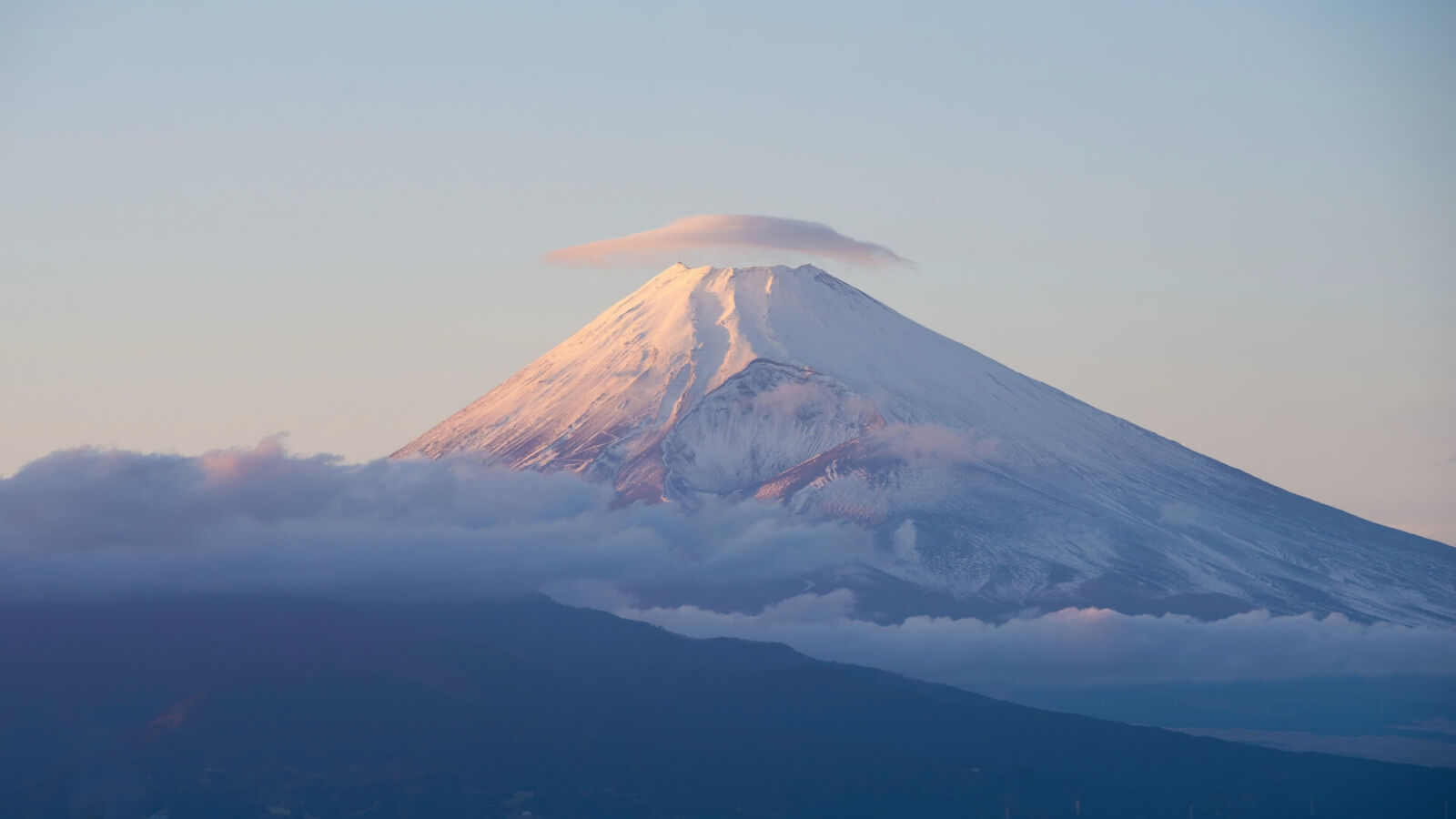
The following suggestions of the top things to do near Tokyo are split into two parts; fifteen day-trips from Tokyo, and fifteen getaway trips. We will touch on some destinations more than once, as they can be enjoyed as both day-trips and overnight stays, or combined into multi-day itineraries outside of Tokyo.
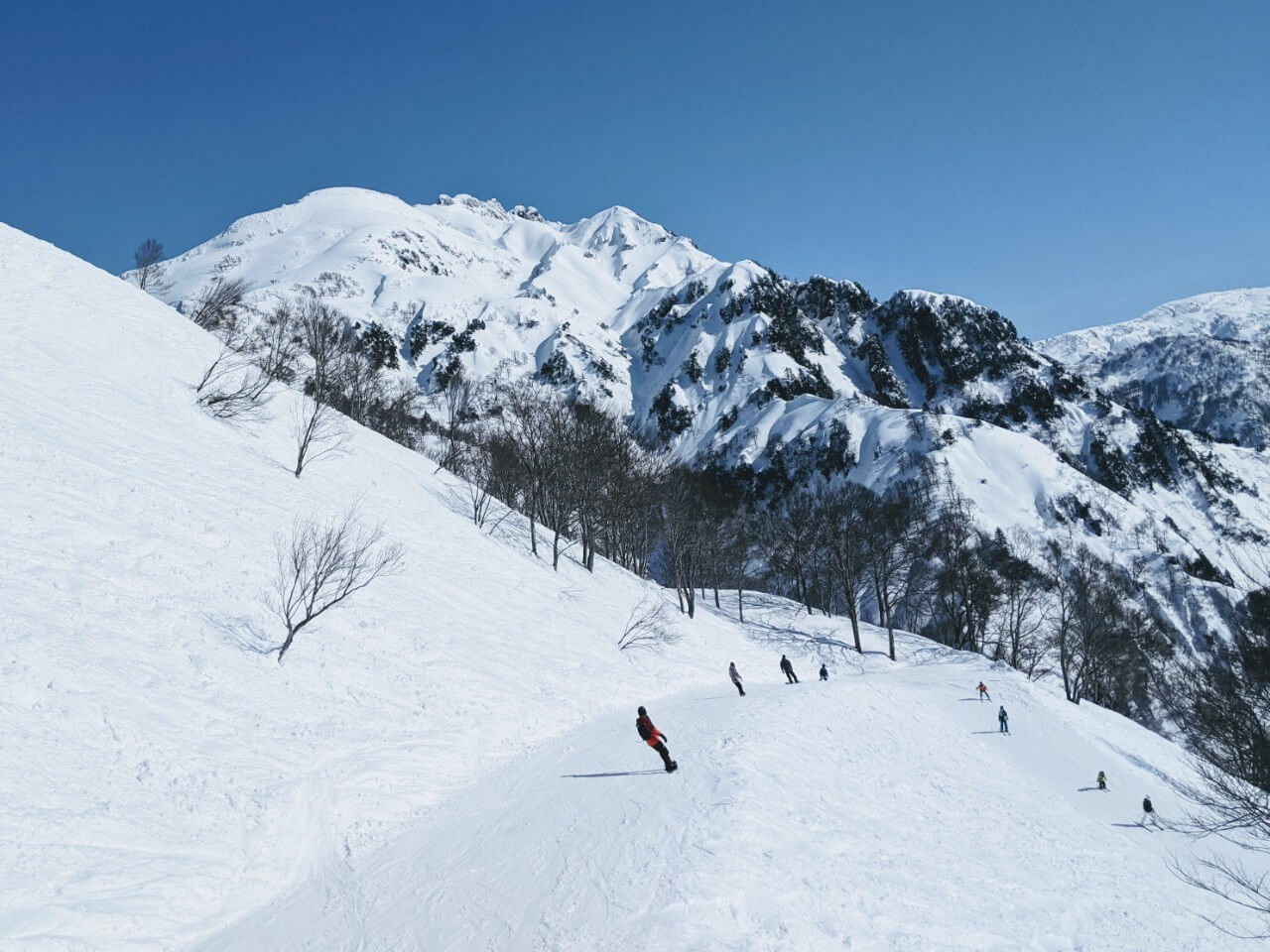

Our 15 Recommended Day-Trips from Tokyo
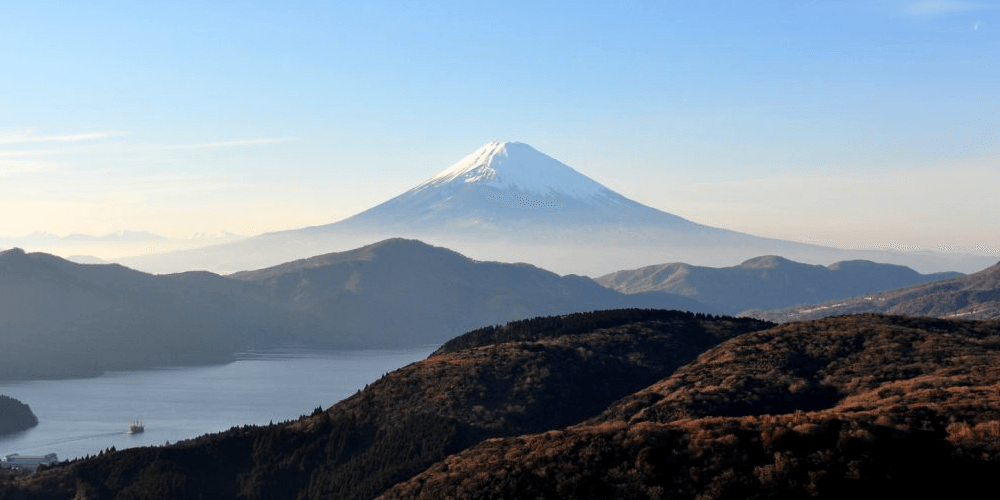
OK... Let's start with our suggestion of fifteen day-trips into Central Japan from Tokyo. The following destinations can be easily reached using trains running to and from the capital (some destinations require transfer between lines or to buses), and returning on the same day:
1 / Mt. Fuji / all year round
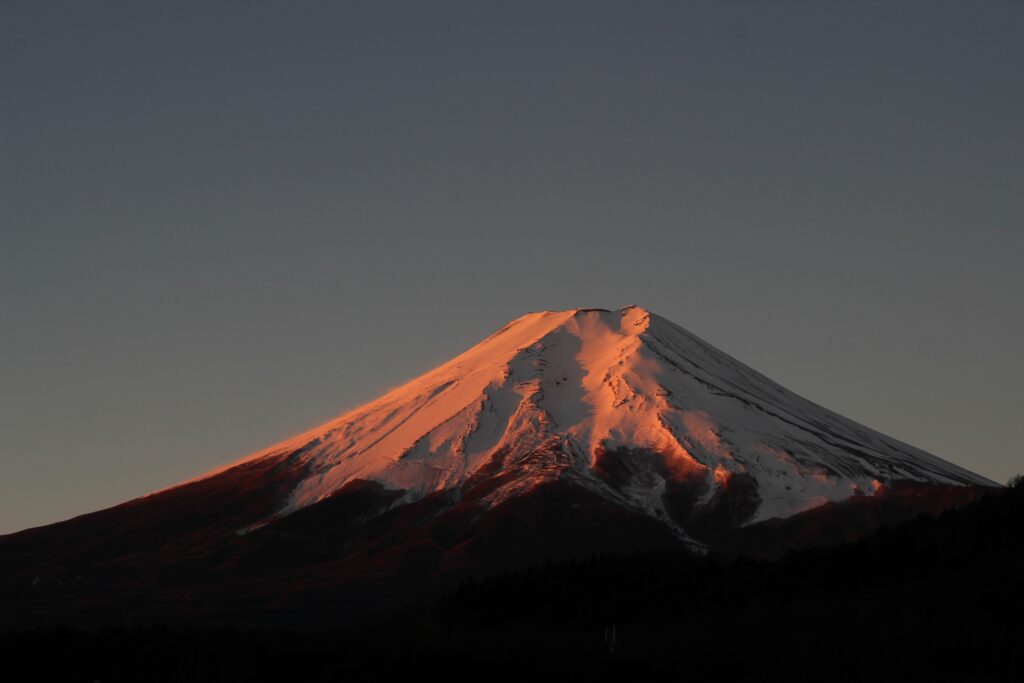
Rising almost 4km above sea level, Mount Fuji is an unmissable sight. Equally imposing as it is beautiful, the mountain can be seen for great distances and from endless angles. Some of the most beautiful views of Fuji can occur from the most unexpected and mundane places, while driving or even walking along a nameless suburban street.
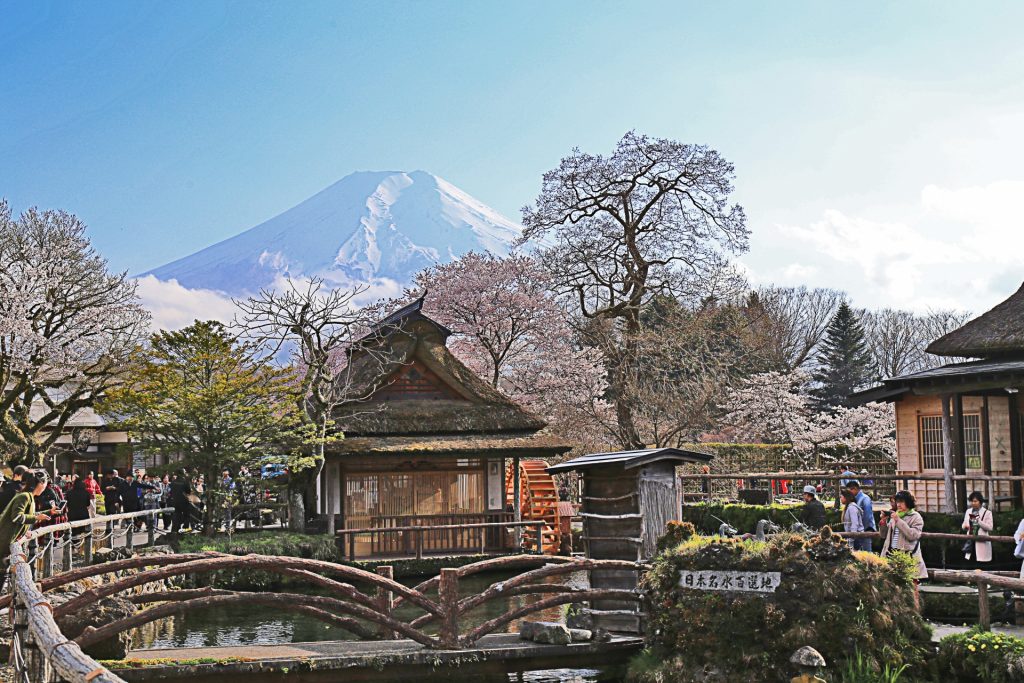
Many visitors to the area want that classic photo of Fuji, set against a reflective lake or behind a tranquil temple. In that regard, these are three of the best locations from where to view and photograph Mount Fuji:
1 / Kawaguchiko: as one of the ‘Fuji Five Lakes’, the huge expanse and shoreline of Kawaguchiko offers outstanding views of Fuji – pictured above – see below for details.
2 / Chureito Pagoda: located nearby Shiomyoshida Station, Chureito Padoga is part of Arakura Sengen Shrine. To reach the pagoda, visitors must ascend a long and somewhat trying stone staircase of almost 400 stairs but in doing so, move above the town below and to a fantastic view of Fuji.
3 / Oshino Hakkai: is a reconstructed traditional village centred around eight naturally occurring ponds, fed by the snowmelt each spring, and on clear days, offering outstanding views of the mountain in the background.
All three destinations above can be enjoyed as easy day-trips from Tokyo. Visitors wanting to climb the mountain will need to do so as an overnight trip – see below for details. For more tips of things to do nearby Fuji, see our '30 Things To Do Around Mount Fuji & Where To Stay' page.
If you want to see Mount Fuji during your trip to Tokyo and experience some of the destinations listed above, join our ‘Mount Fuji Day Trip: Adventure Around Lake Kawaguchiko’ tour!
2 / Kawagoe: The ’Little Edo’ of Japan/ all year round
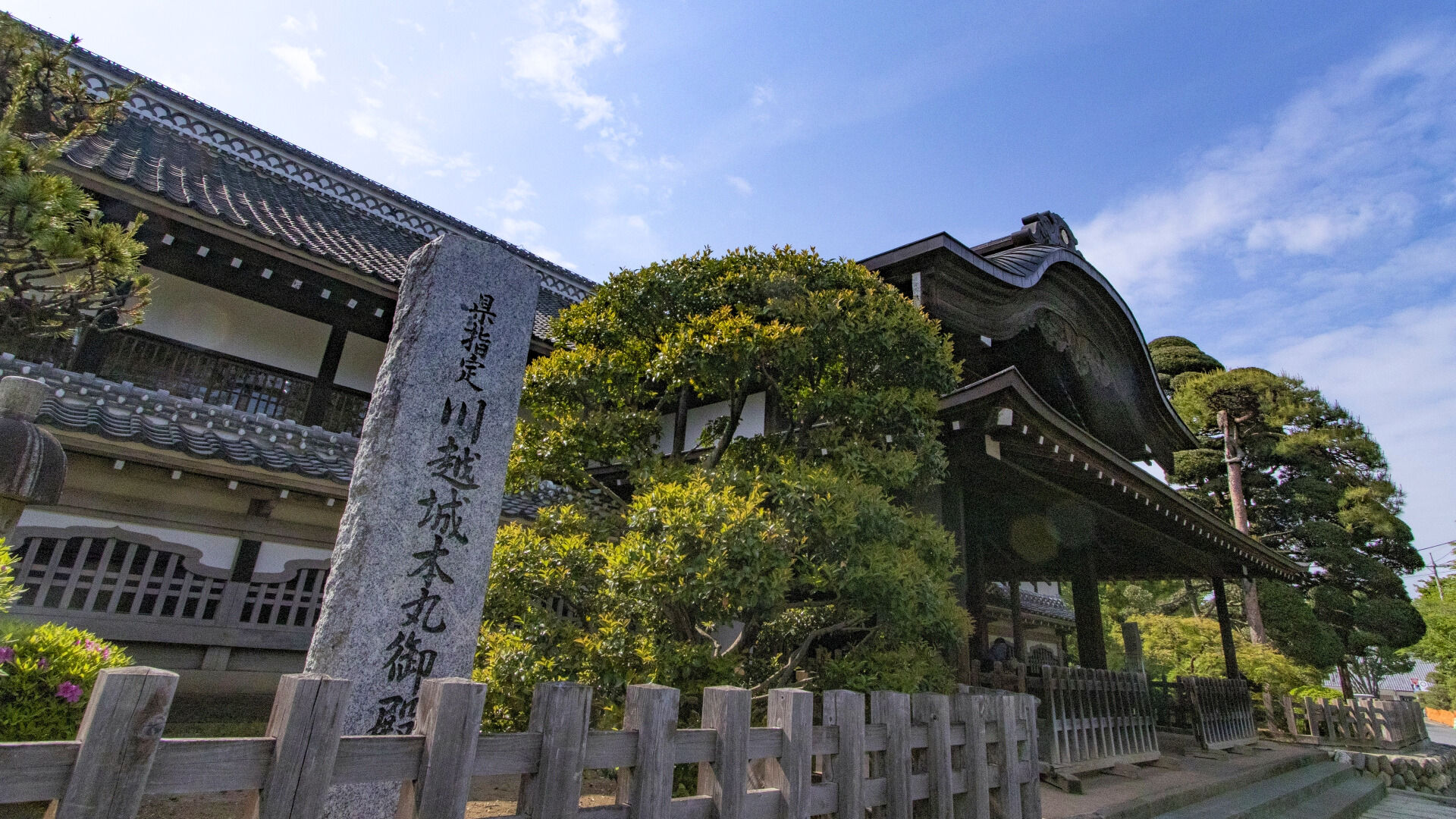
Kawagoe or ‘Little Edo’ is located in the neighbouring prefecture of Saitama just next to Tokyo. Kawagoe is the perfect day trip from Tokyo as it takes only 60 minutes to reach from Shinjuku, and only 30 minutes from Ikebukuro! It is very popular with locals due to its traditional architecture that makes you feel like you’ve stepped back in time to the age of Samurai! You will see many people wearing Kimono here to make their experience more authentic and fun. Why not try renting a kimono for the day yourself! Enjoy the traditional clay warehouses and the famous bell tower as you walk around the picturesque streets. Kawagoe is full of amazing shops and eateries for you to try. It is most famous for its ’Imo’ or sweet potatoes, so make sure to try them when visiting.
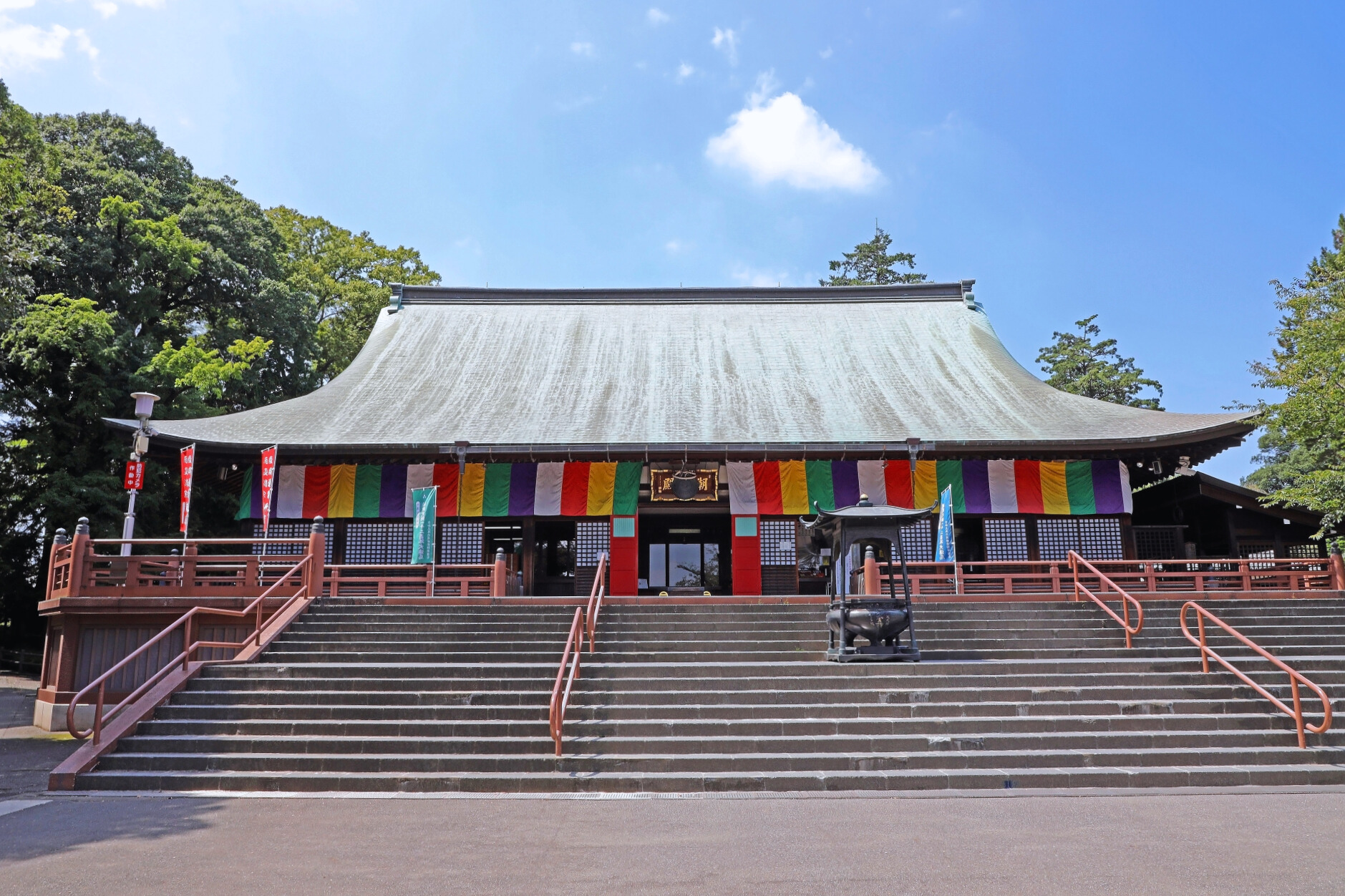
Kawagoe is also famous for its beautiful shrines, temples and museums! We highly recommend Kitain temple and Hikawa shrine. We also recommend checking out Honmaru Palace and flatland castle. So, if you’re a culture vulture, Kawagoe is the perfect place for you! If you want to experience Kawagoe during your stay in Tokyo, join our ’Day Trip to Kawagoe: Experience the Little Edo of Japan’ tour!
3 / Kamakura & Enoshima Island / all year round
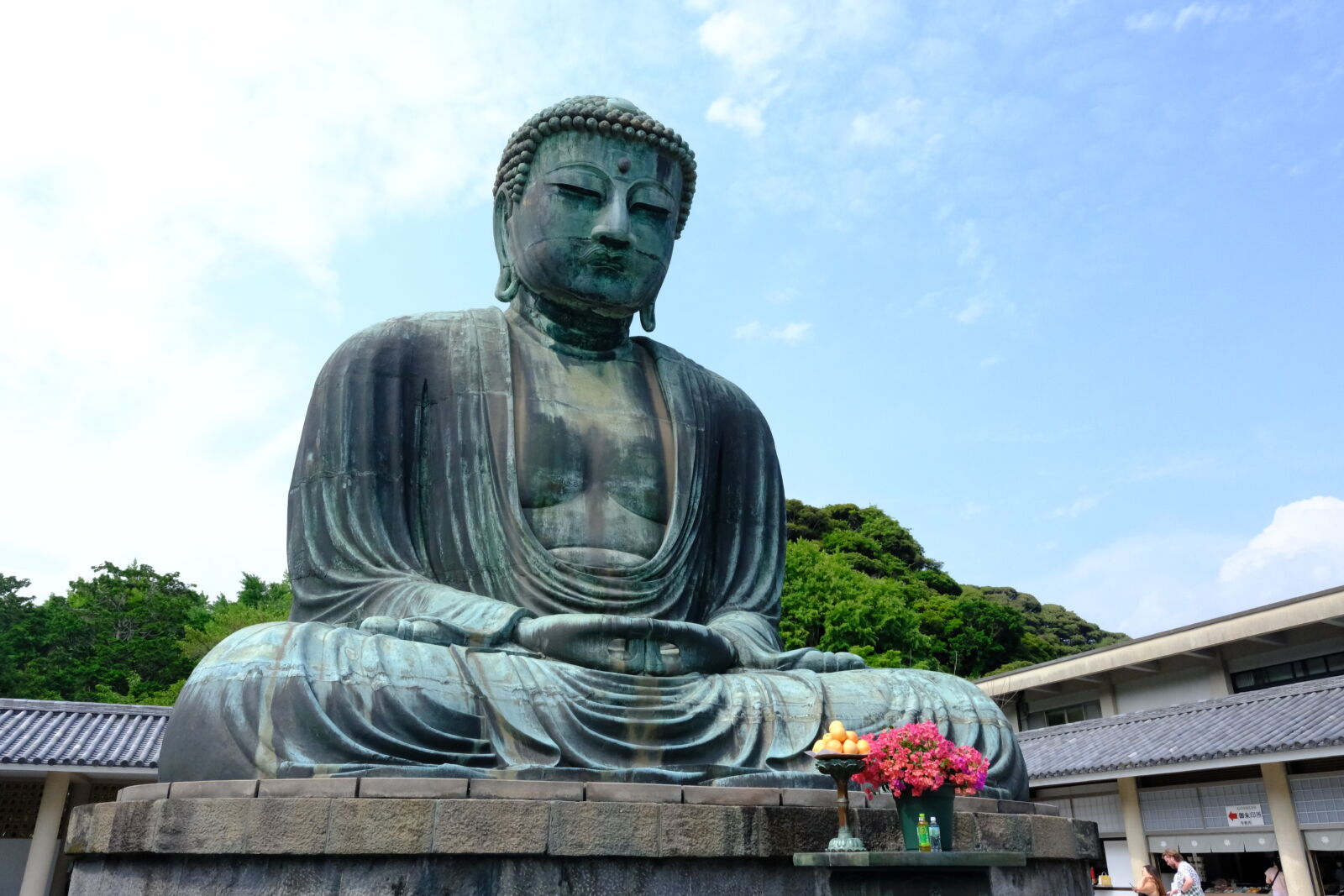
Want to escape the hustle and bustle of Tokyo, then nearby Kamakura and Enoshima Island are the perfect day trip for you! Located in the neighbouring prefecture of Kanagawa, you can reach Kamakura by train within 65 minutes from Shinjuku station. Famous for its many temples and shrines nestled among beautiful gardens and greenery, with the most famous being Kotoku-In temple and the Great Buddha of Kamakura! It is also great for trying local street food and shopping, so it is perfect for foodies and those wanting to buy the perfect souvenirs! The main street of Komachi-Dori is a long street lined with many culinary delights to tempt you and cute shops selling local crafts.

Enoshima Island can be easily reached from Kamakura station by riding the famous local train ’Enoden’. This train twists and turns through the pretty streets and runs alongside the ocean where you can enjoy views of surfers and locals enjoying the beach. Enoshima is a fantastic experience where you explore the island’s shrine, caves and go to the top of an observatory to see panoramic views of the ocean, island and beyond! If you want to experience both Kamakura and Enoshima on a day trip from Tokyo, join our ’1 Day Trip to Kamakura and Enoshima: Shrines, Seaside, Temples and Tea’ tour.
4 / Hakone: Hot Springs & Great Views of Mt. Fuji / all year round
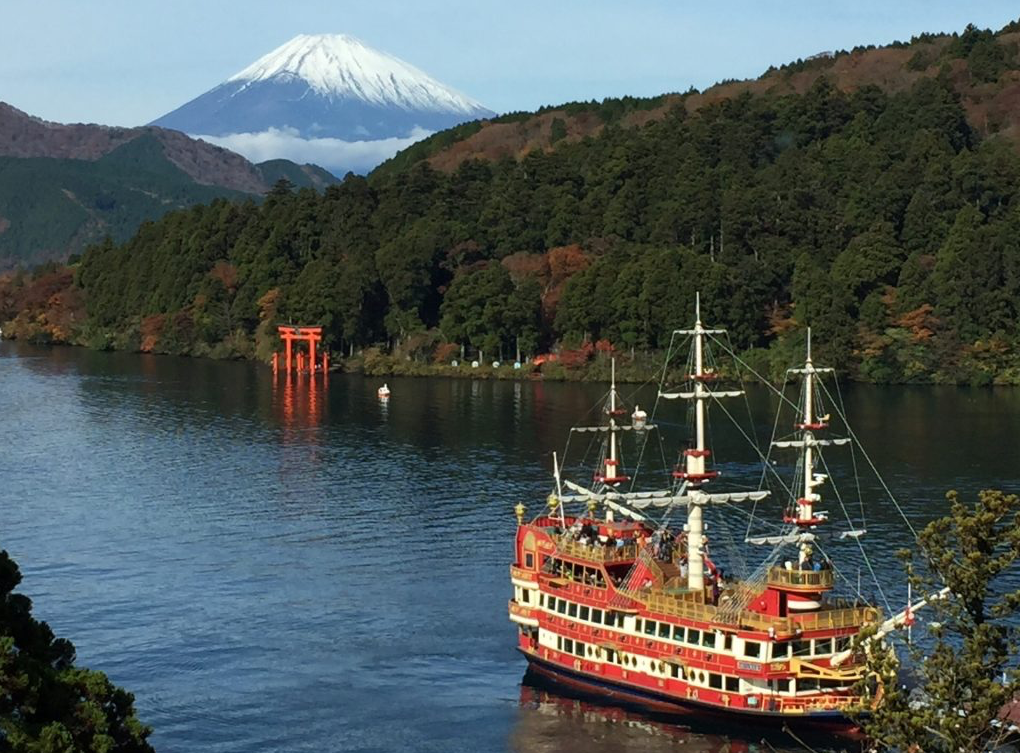
Easily accessible from Toyo, Hakone is one of Japan’s most famous hot spring areas. Set amongst the beautiful landscape of the national park and often enjoying outstanding views of Mount Fuji, the numerous onsen of the region have long been visited by those seeking beauty and relaxation. Hakone boasts many attractions including the Hakone Open-Air Museum, Ashinoko (Ashi Lake), the Hakone Tozan Railway, a couple of ropeways along with many fantastic hot spring guesthouses. A visit to Hakone can be enjoyed as a day-trip from Tokyo or – our recommendation – as an overnight visit, allowing you to enjoy one of its many outstanding hotels and guesthouses. For tips and suggestions of what to do while there, see our '15 Things To Do Around Hakone & Where to Stay’ page.
If you want to experience the beauty of Hakone and Mount Fuji in one day, join our ’1 Day Tour: Mount Fuji and Hakone’ tour from Tokyo!
5 / Nikko: World Heritage & Beautiful Nature / all year round
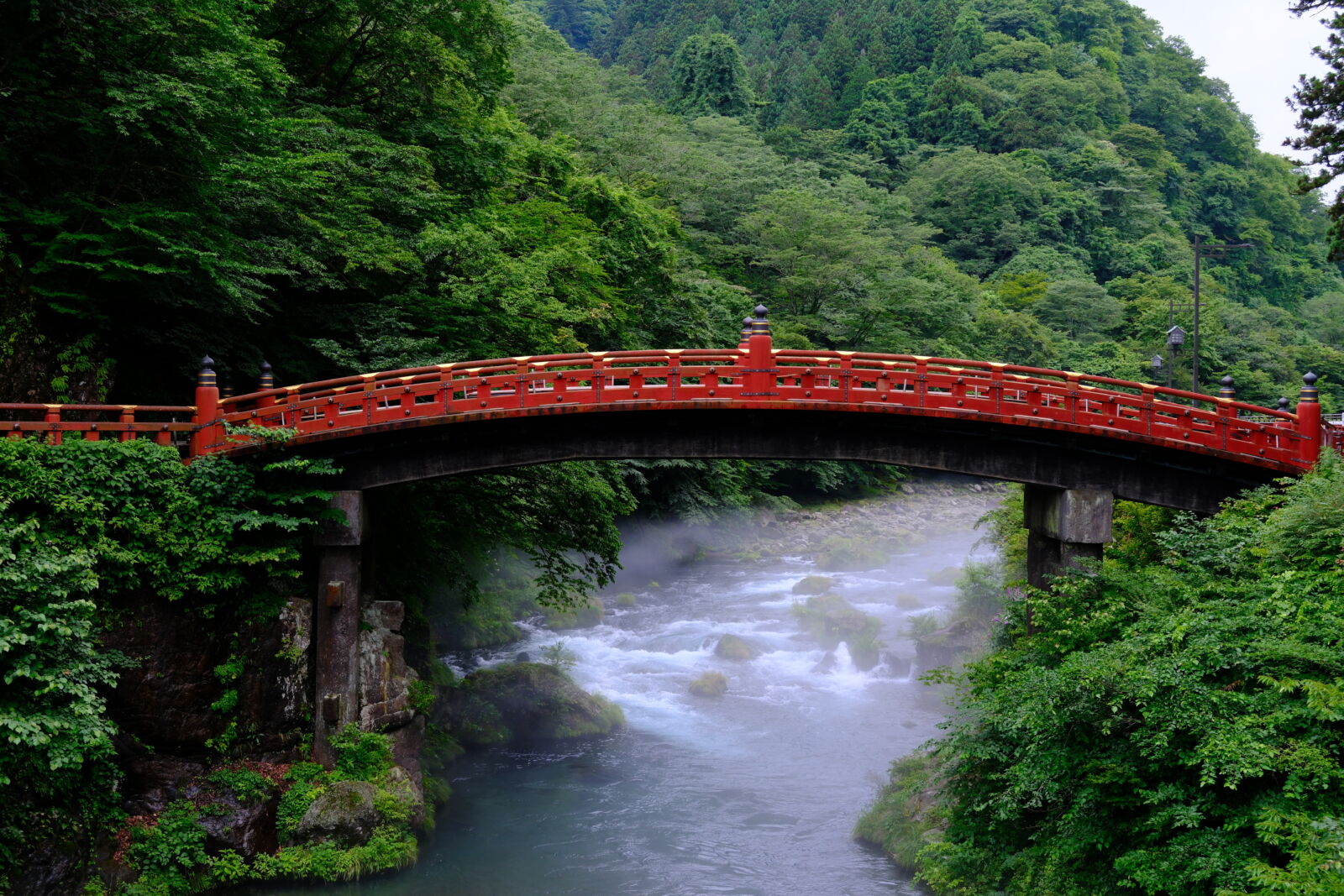
Located in Tochigi prefecture, Nikko has a reputation as being one of the best places in Japan to see traditional heritage and culture in the form of its many shrines and temples. You can reach Nikko from Asakusa in Tokyo in 2 hours by limited express train. You will find all of the most famous and popular temples and shrines within the National Park in Nikko. These include two shrines dedicated to the first and third Tokugawa Shogun, so if you love your Samurai history Nikko is a must visit! Adorned with ornate wooden carvings, gold leaf and statues, it is an amazing experience to witness.
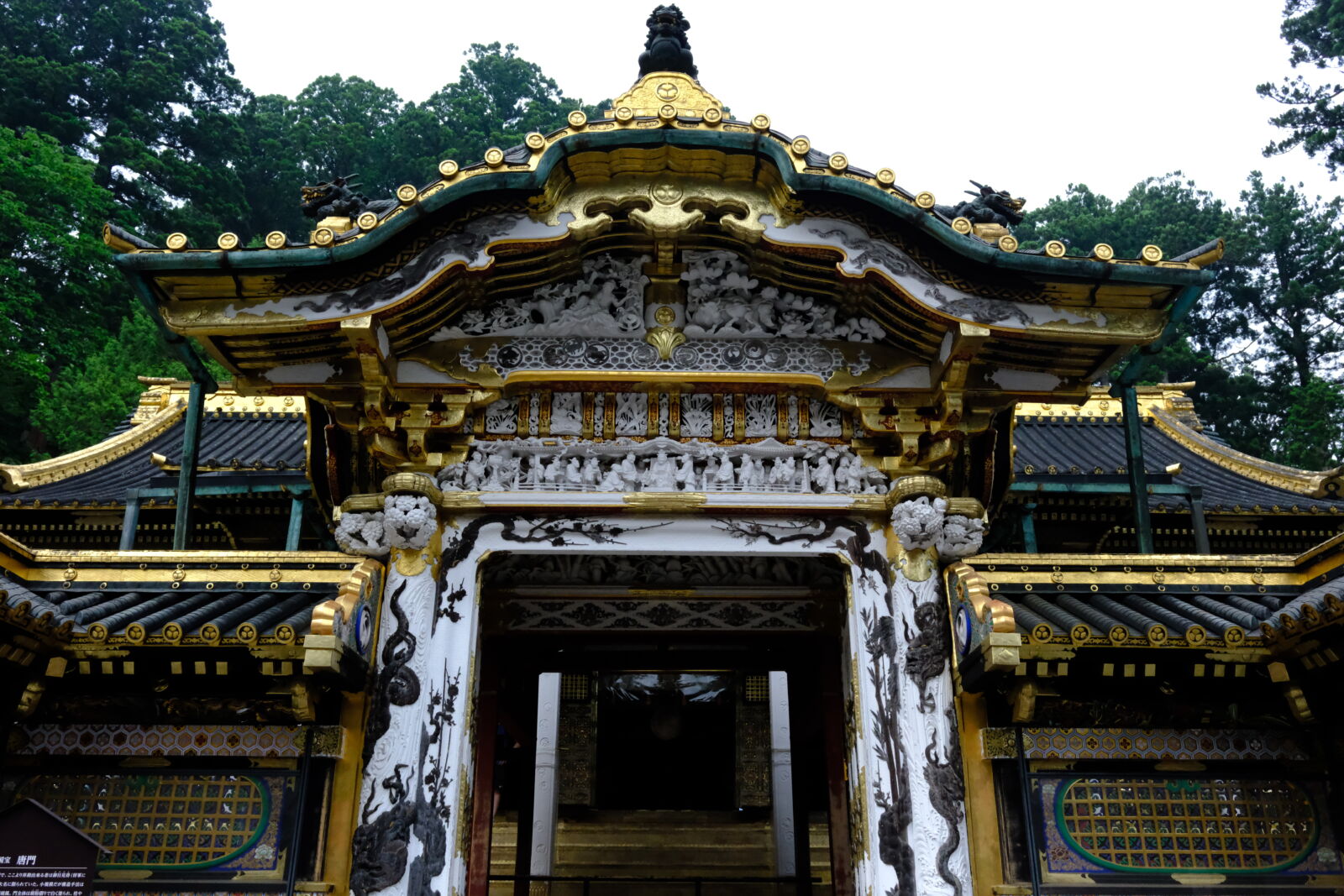
Nikko is also home to beautiful nature and landmarks such as the beautiful red Shinkyo Bridge, Kanmangafuchi Abyss, many waterfalls and onsen. There is so much to see and do, so we also recommend an overnight stay or 2-day trip to enjoy all Nikko has to offer. If you want to experience Nikko’s World Heritage, treasures and nature in 1 day, then join our ’1 Day Tour: Explore Nikko’s World Heritage and National Park’ tour.
6 / Karuizawa: Mountain Resort Town / all year round
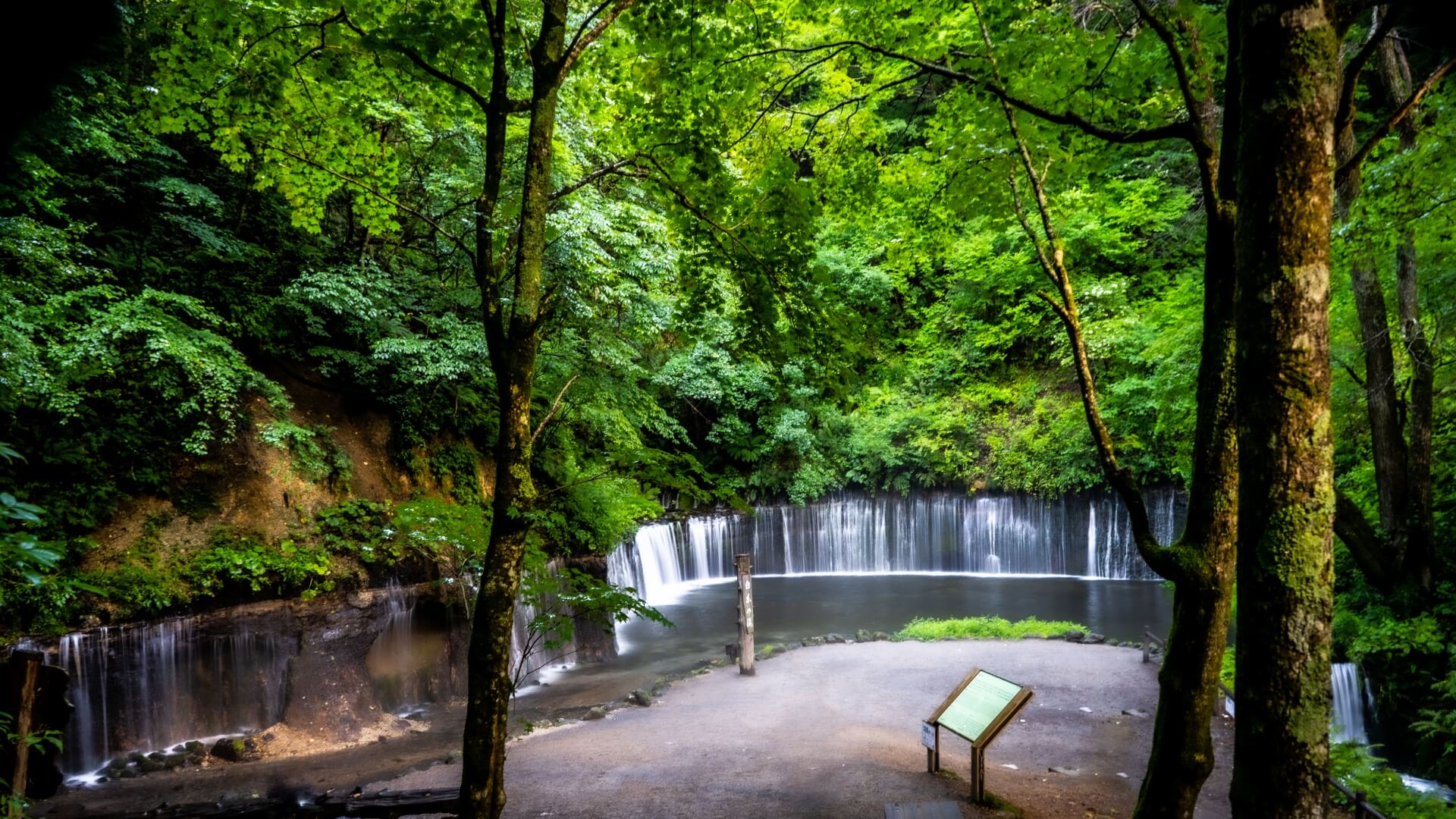
A stop on the Hokuriku Shinkansen Line running from Tokyo to Kanazawa, Karuizawa is a popular mountain resort town offering reasons to visit throughout the year. The expansive Karuizawa Prince Shopping Plaza is popular throughout the year, while the old town of Karuizawa boasts quaint charm and some fantastic restaurants. In winter, Karuizawa Prince Hotel Snow Resort attracts many visitors from Tokyo who flock to the small resort for its convenience and great hotels and eateries. In fact Karuizawa can lay claim to being the only town in the world to have hosted events in both summer (Tokyo 1964) and winter (Nagano 1998) Olympic Games. For tips, suggestions and reasons you should visit Karuizawa , please see our ‘25 Things to Do Around Karuizawa & Where To Stay’ page.
7 / Nagano City: Gateway to Central Japan / all year round
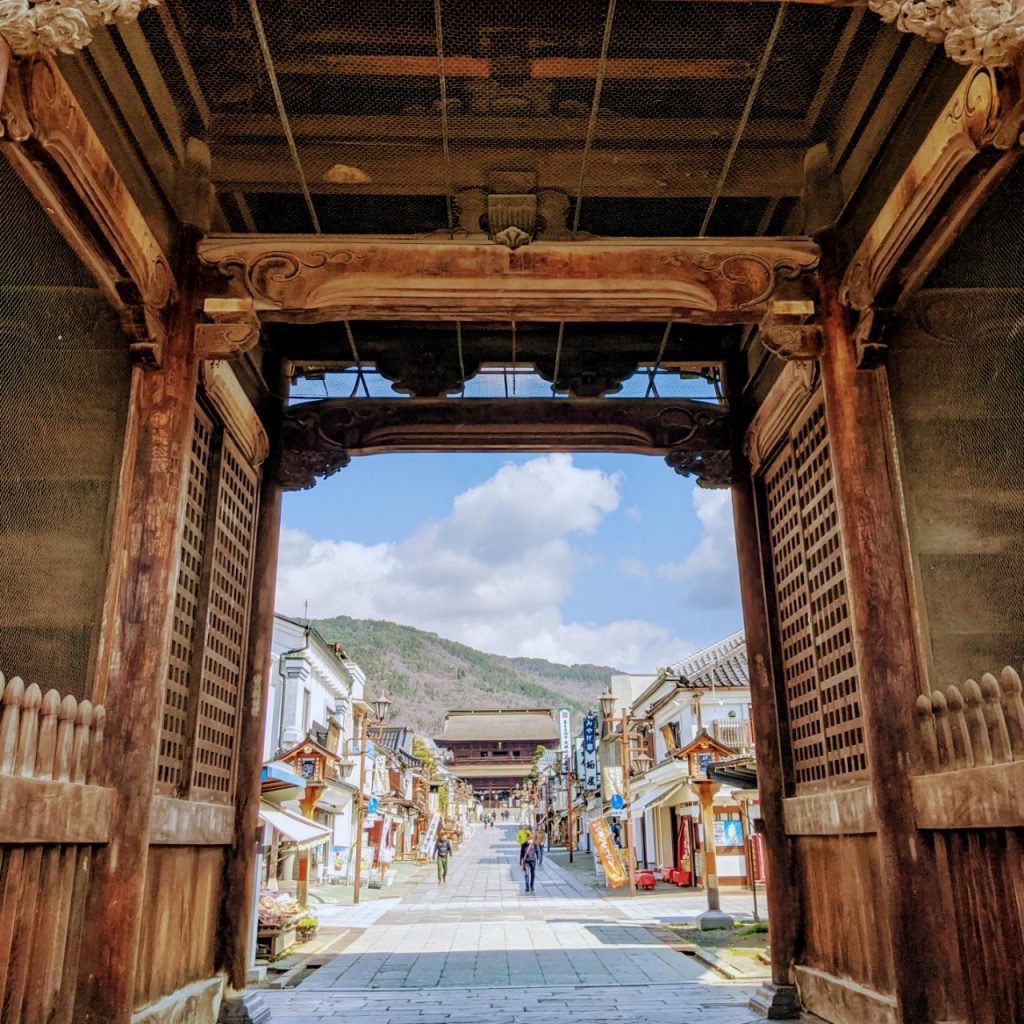

Another stop on the Hokuriku Shinkansen Line, Nagano City is most famous as host of the 1998 Winter Olympics. As such, it is the ideal launching point from where to access many of Japan's best ski resorts – see below for details.
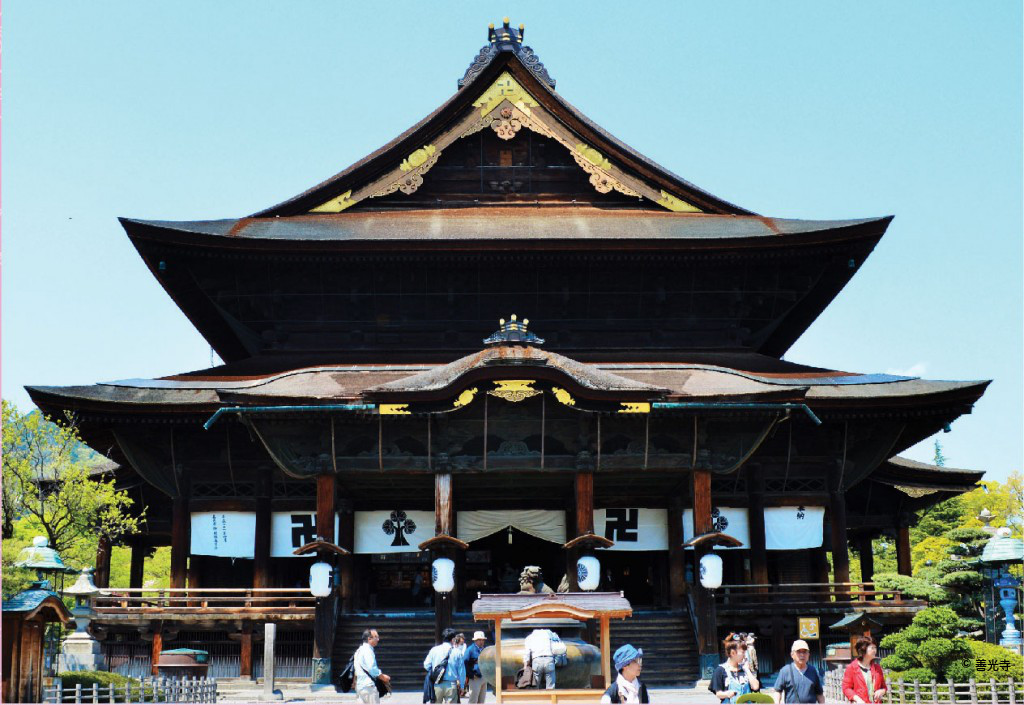
For day-trippers to Nagano, you can enjoy the city’s near-1400 year old Zenkoji Temple – one of the oldest and most important Buddhist temples in Japan, along with nearby Togakushi, home to some of Japan’s most important Shinto Shrines and Togakure ninjas, or for the samurai-fans, the historic hamlet of Matsushiro is only 30-minutes from the station by local bus.
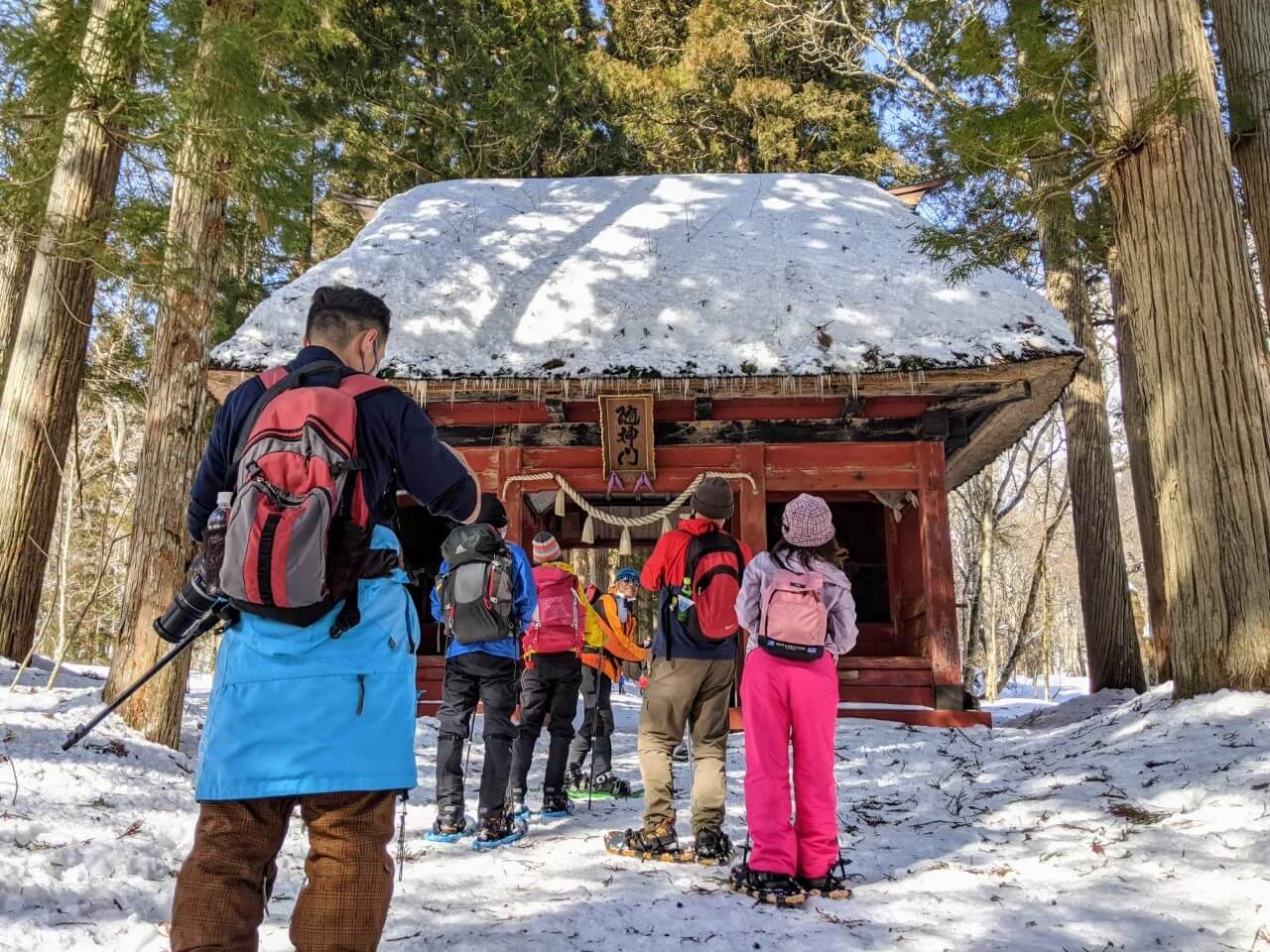
A destination in its own right, Nagano is our home and gateway to the Central Japan including the nearby Jigokudani Monkey Park - see below for details - and many other great destinations. We recommend staying at least one night to enjoy everything on offer, but if time is tight, a tour with us while here is a great way to enjoy some of the highlights that define the region before heading back to Tokyo on the same day – see below for details. For more information, see our '40 Things To Do Around Nagano & Where To Stay' page.
8 / Jigokudani Monkey Park / all year round
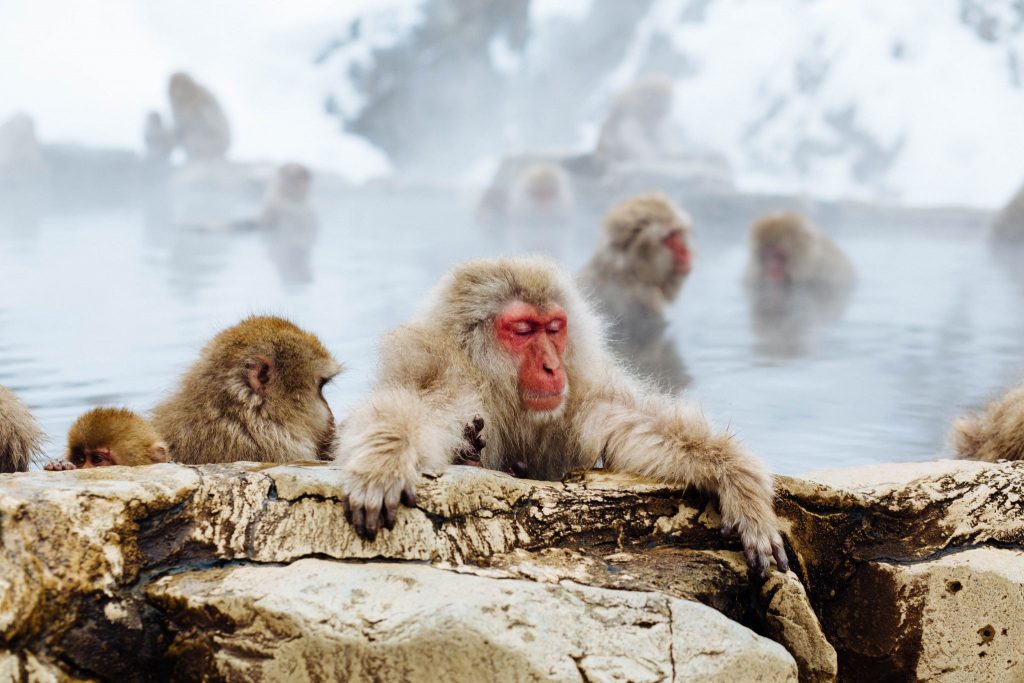
Under 1-hour from central Nagano City (or around 3 hours from central Tokyo), the Jigokudani Monkey Park is one of Central Japan’s most unique experiences. Most famous for their hot spring-loving antics of winter, the monkeys in fact come to the park throughout the year and are just as comfortable there through spring, summer and autumn.
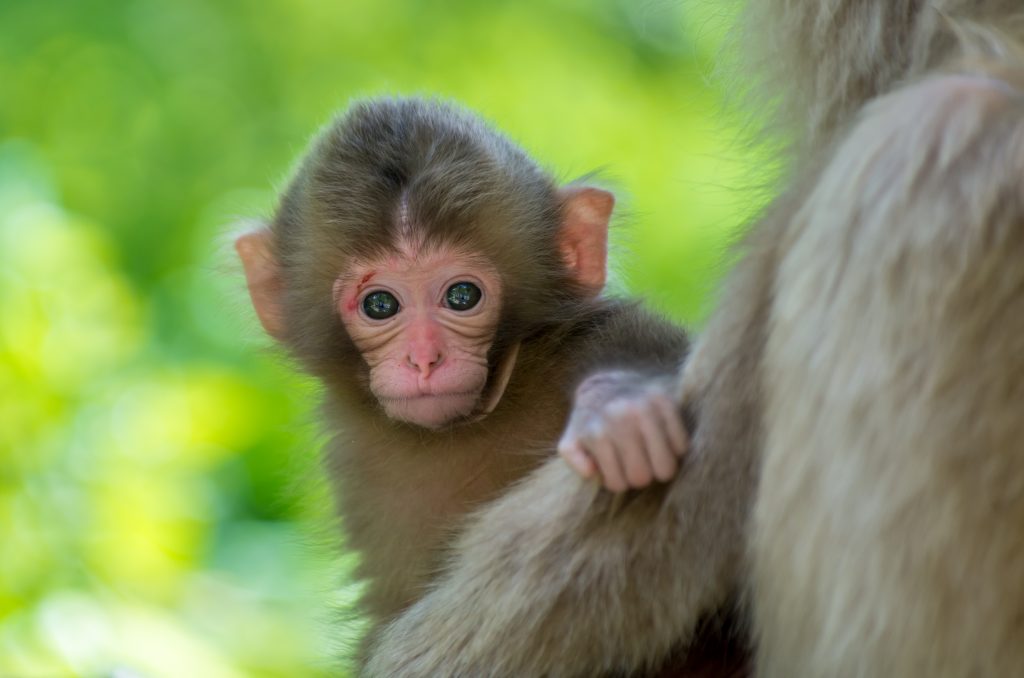
With no barriers between you and the monkeys, it’s a rare opportunity to walk through and around a wild troop of macaques, best known as the only troop in the world to have taught themselves to bathe in hot springs – something they learnt by watching humans! You are most likely to see this behaviour during the deep cold and snow of winter, however no matter the time of year, some monkeys love a dip with the cherry blossoms and baby monkeys of spring, lush green and cool escape of summer, and beautiful leaves and late warmth of winter attracting visitors to the park all year round. For visitors wanting to visit the park as a day-trip from Tokyo, we offer a range of group tours starting and finishing at Nagano Station – see below for details. For accommodation listings near the park, see our 'Yamanouchi Area - Home of the Snow Monkeys' hotel page.
9 / Tours with Snow Monkey Resorts / all year round
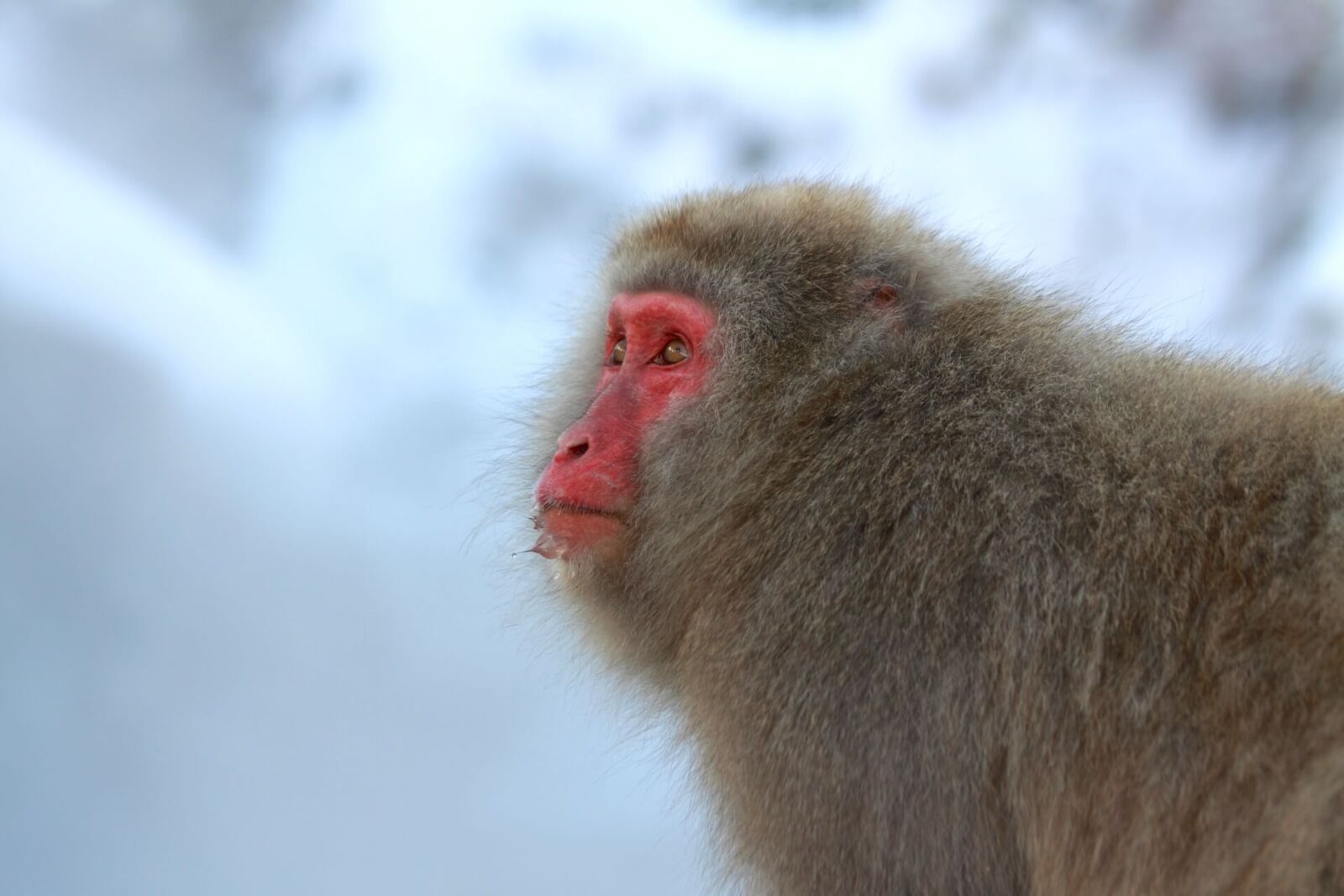
Operating throughout the year, our group tours start and finish at Nagano Station, with times coordinated with the shinkansen timetable to and from Tokyo, allowing visitors to join us for the day and the head back to the capital. Some of our most popular tours include:
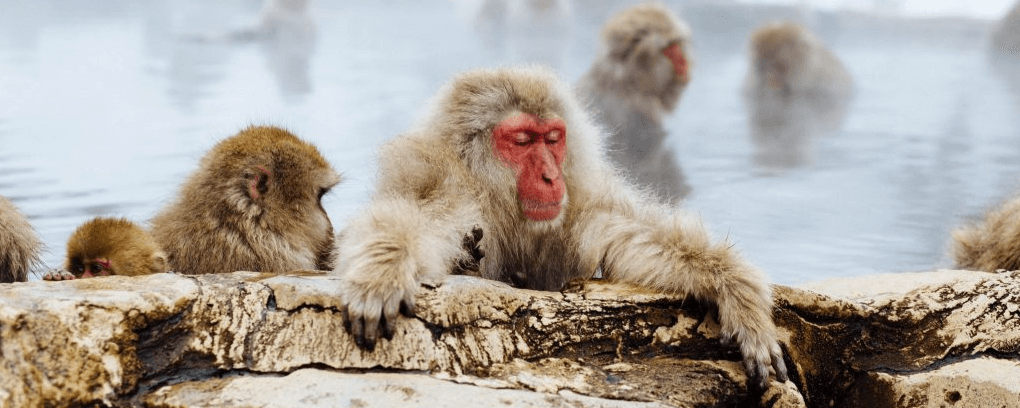
Best Selling
1-Day Tour: Snow Monkeys, Zenkoji Temple & Sake in Nagano
- Spots:
- NaganoSnow MonkeyHakuba
- Pick-up:
- Nagano CityHakuba
- Drop-off:
- Nagano CityHakuba
Snow Monkeys, Zenko-ji Temple & Sake Tour: enjoy a morning exploration of Nagano’s near-1400 year old temple, followed by sake tasting and lunch, and early afternoon visit to the monkey park – all led by a local-based guide.
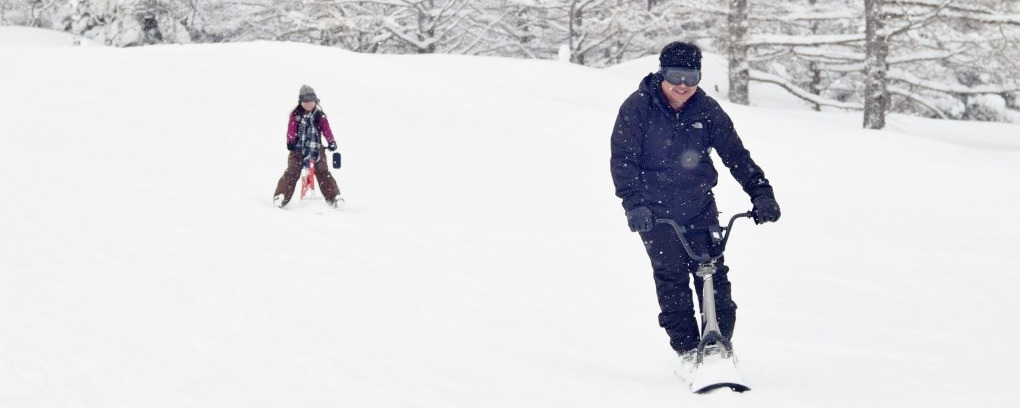
Best Selling
1-Day Tour: Snow Monkeys & Snow Fun in Shiga Kogen
- Spots:
- NaganoSnow MonkeyShiga Kogen
- Pick-up:
- Nagano CityYudanaka/Shibu
- Drop-off:
- Nagano CityYudanaka/Shibu
Snow Monkeys & Snow Fun in Shiga Kogen: from December to March, enjoy a morning of snow fun activities in Japan’s largest resort – Shiga Kogen – including lunch, before heading to the monkey park for an early afternoon visit – all led by a local-based guide.
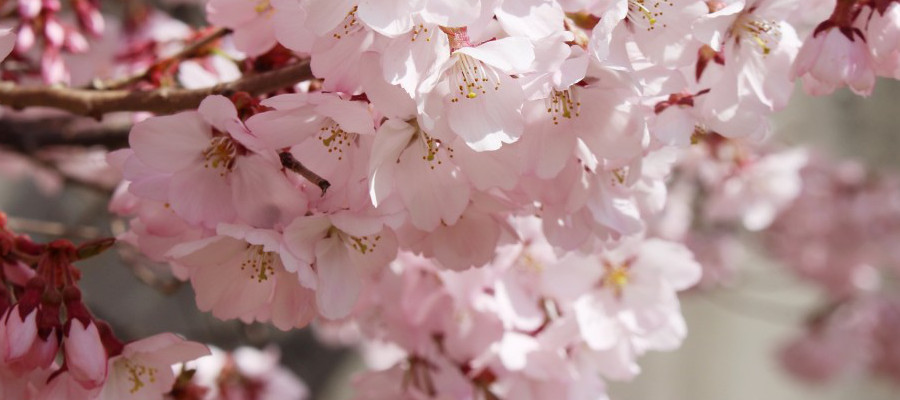
Recommended
(Spring Only) 1-Day Tour: Snow Monkeys & Cherry Blossoms in Nagano
- Spots:
- NaganoSnow Monkey
- Pick-up:
- Nagano City
- Drop-off:
- Nagano City
Snow Monkeys & Cherry Blossoms in Nagano: in spring, enjoy a morning visit to the monkey park followed by lunch and afternoon of cherry blossom-viewing at some of Nagano’s most beautiful blossom spots - all led by a local-based guide. These are just three of our most popular groups! For a complete listing of what's on offer, see our ‘Tours’ page and remember, accommodation can be added to all tours along with the option of a private tour or charter - scroll to the bottom of the page for details.
10 / Yudanaka & Shibu Onsen / all year round
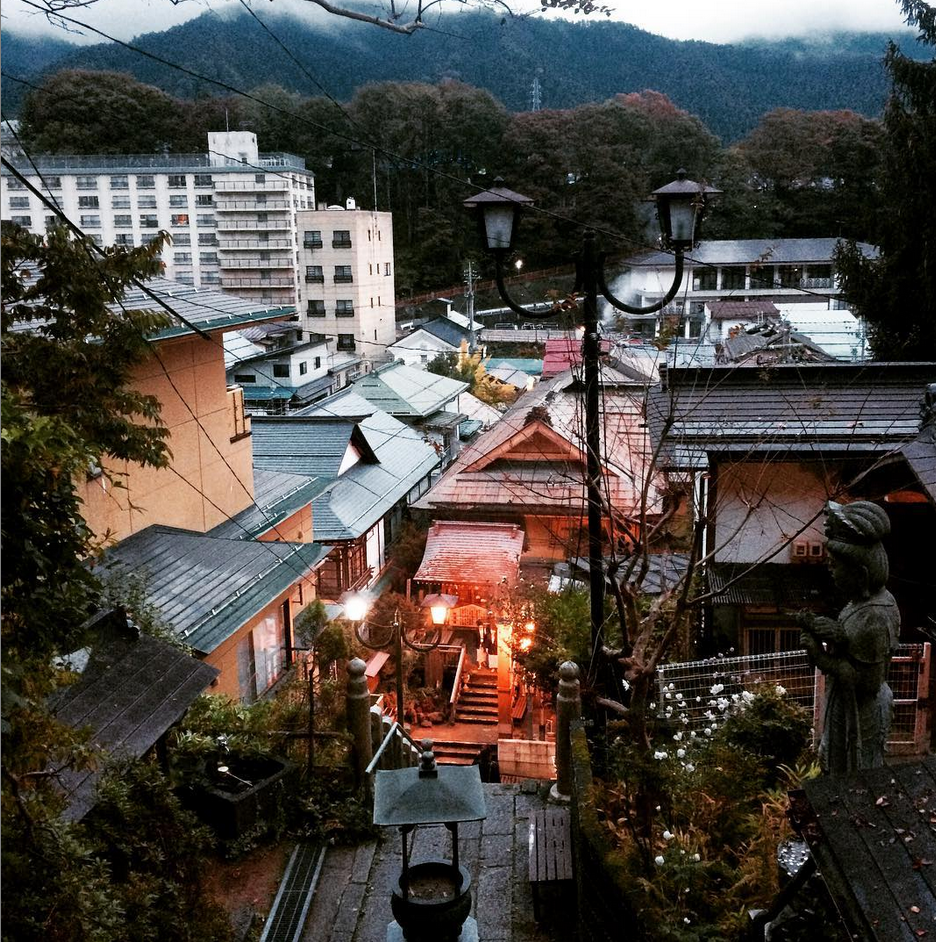
Visitors heading to the park by themselves will be moving to and from the Yamanouchi region of Nagano – home of the snow monkeys! While there, make sure to check-out the historic hot spring towns of Shibu Onsen and Yudanaka Onsen. Walking the quiet streets of Shibu transports you back in time with the town retaining lots of its historic character including nine public ‘onsen’. Though called public, only one – Bath No.9 – can be used by day-visitors, meaning the town is best experienced by staying at one of its many guesthouses.
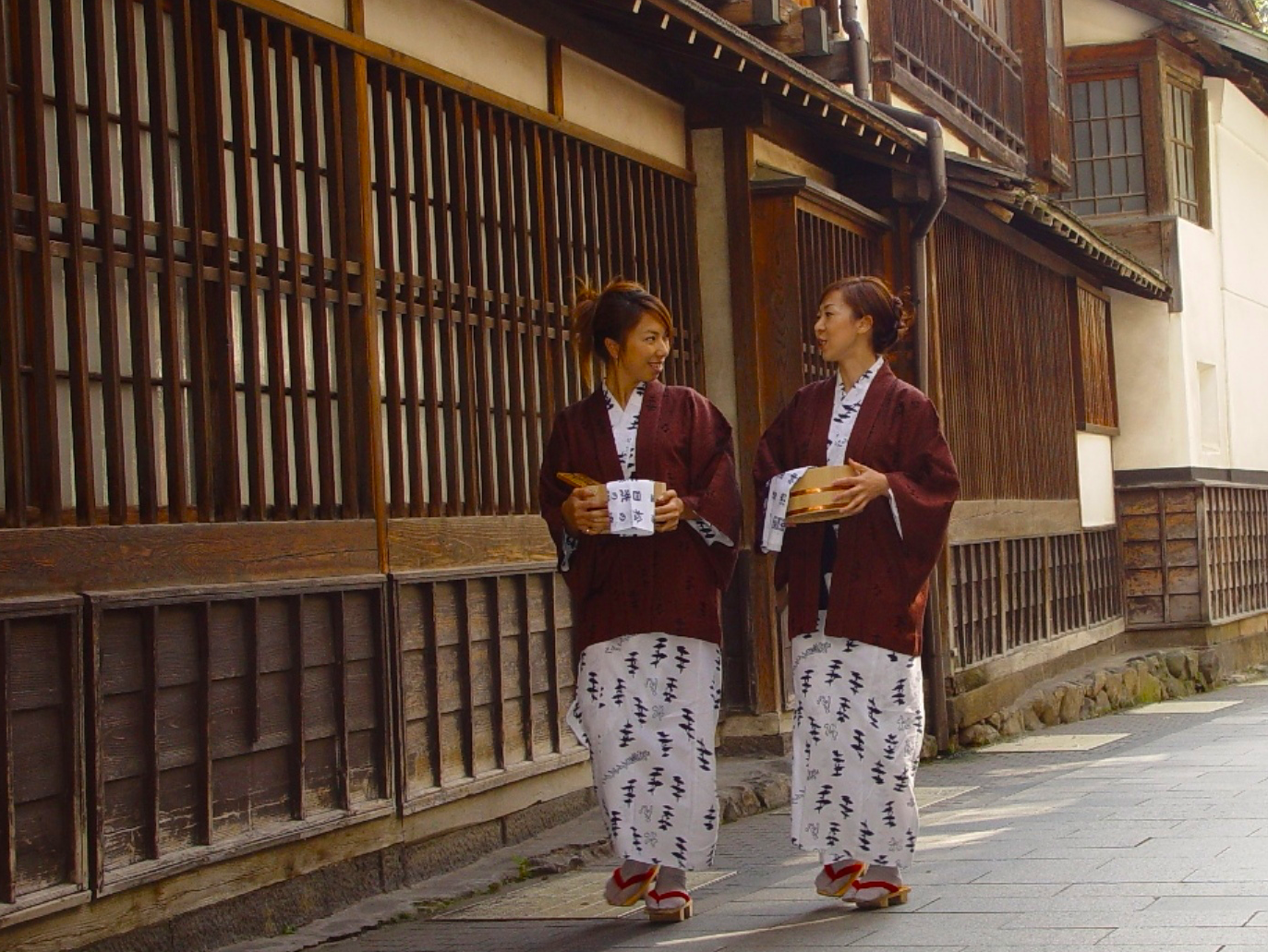
Upon check-in at any guesthouse, you will be given a key that unlocks all nine bathhouses and of course, most accommodation have their own in-house hot springs. If you’re looking to experience a traditional onsen town while in Japan, and all within easy access of the monkey park, we recommend staying at Shibu Onsen or Yudanaka Onsen. For accommodation listings, see our ' Yamanouchi Area - Home of the Snow Monkeys' hotel page.
11 / Historic Obuse & The Hokusai Museum / all year round
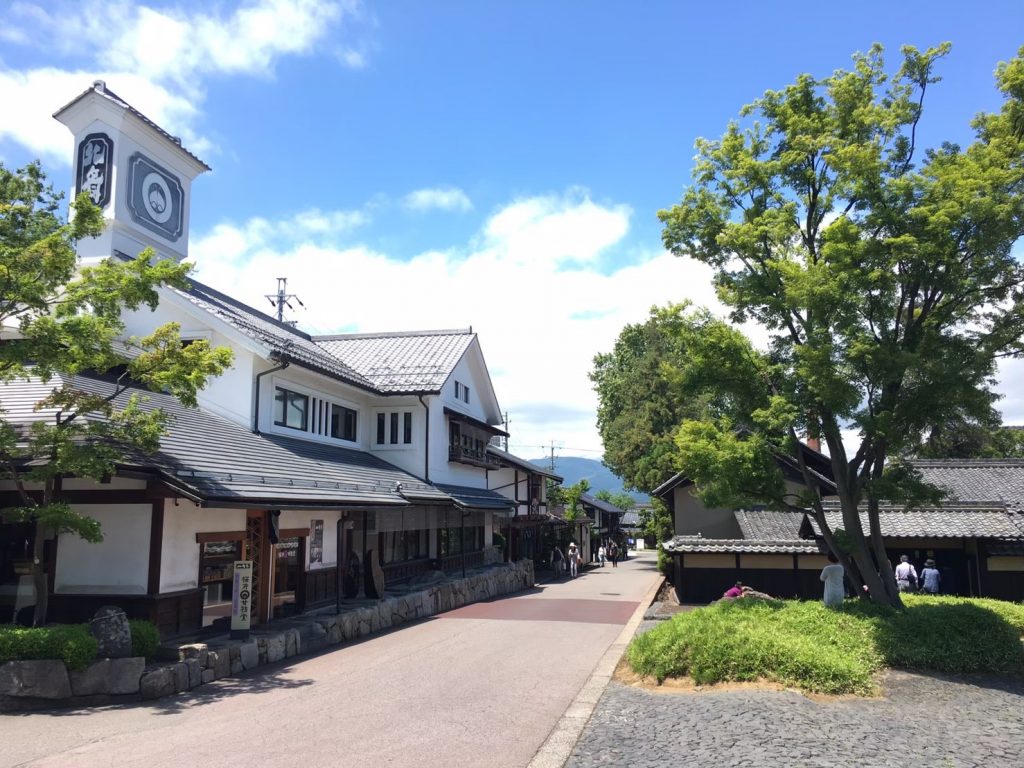
Located mid-way between the monkey park and Nagano City, Obuse is a small but historically important town with a variety of attractions including temples, museums, sake breweries and chestnut confectionaries. Popular with Japanese visitors, the town is busy on weekends and holidays, most famous for its tasty chestnut treats and as home to the Hokusai Museum.
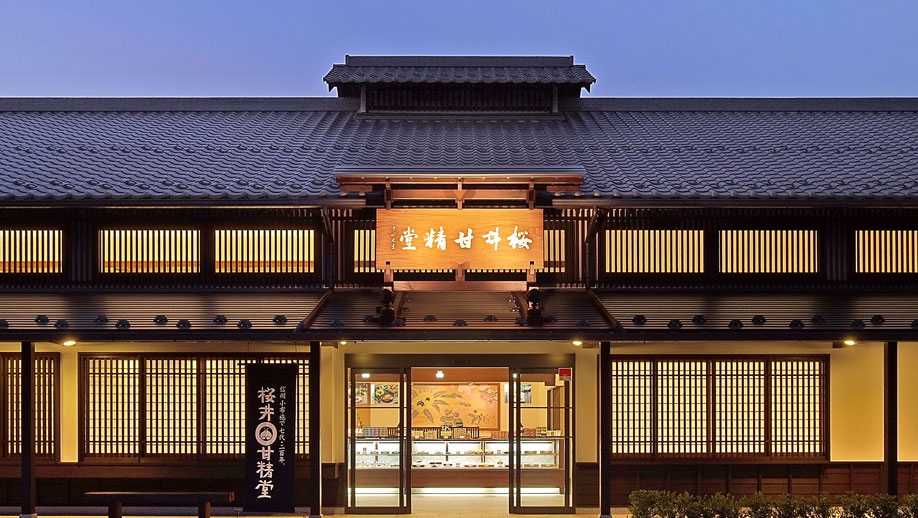
Showcasing the life and work of Japan’s most famous artist, Katsushika Hokusai, the museum is small by highly engaging with regularly rotating exhibitions intended to allow visitors to see a large amount of his work overtime. Hokusai spent some of his final years residing and painting in Obuse, which boasts what is considered his last great masterpiece – ‘The Phoenix Staring in Eight Directions’ – on the ceiling of a local temple.
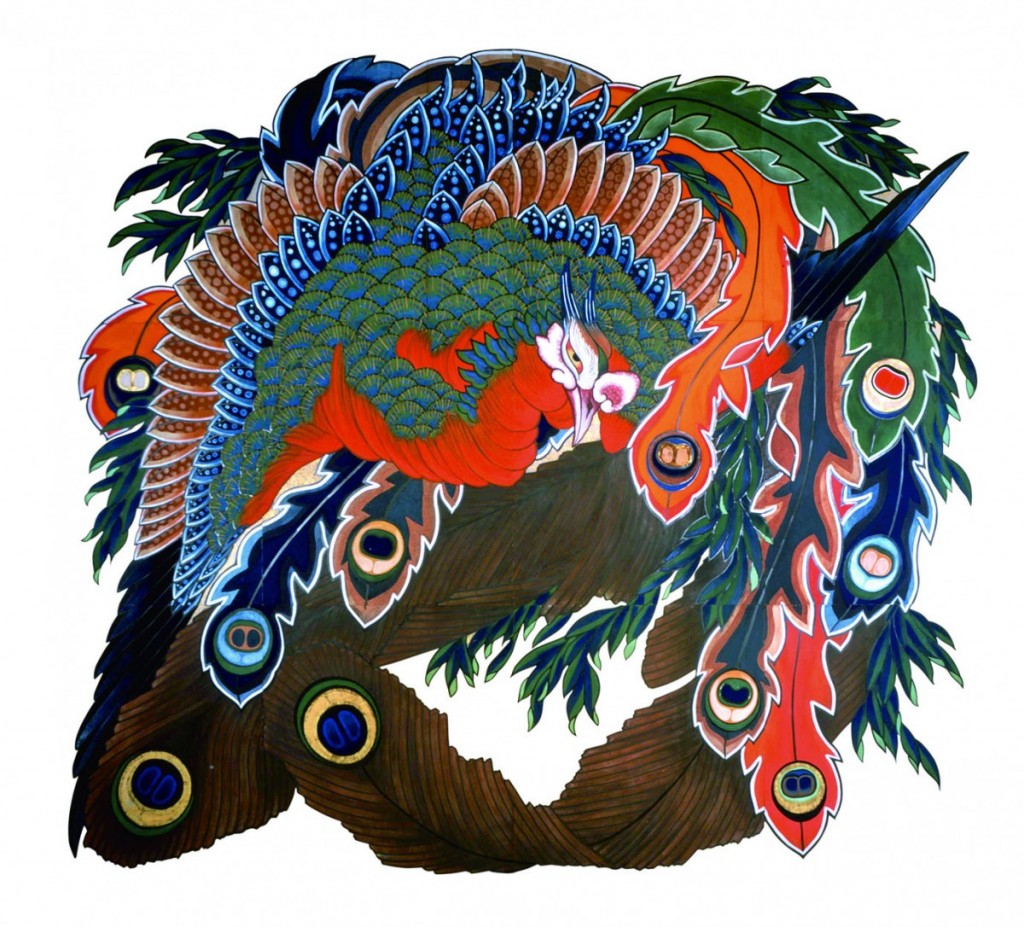
Obuse is best enjoyed in combination with a visit to the monkeys and/or other destinations in Nagano City – and can be enjoyed as a day-visit from Tokyo. For more information about what’s on offer in Obuse, see our ‘15 Things To Do Around Obuse & Where To Stay’ page.
12 / Tateyama-Kurobe Alpine Route / April to November
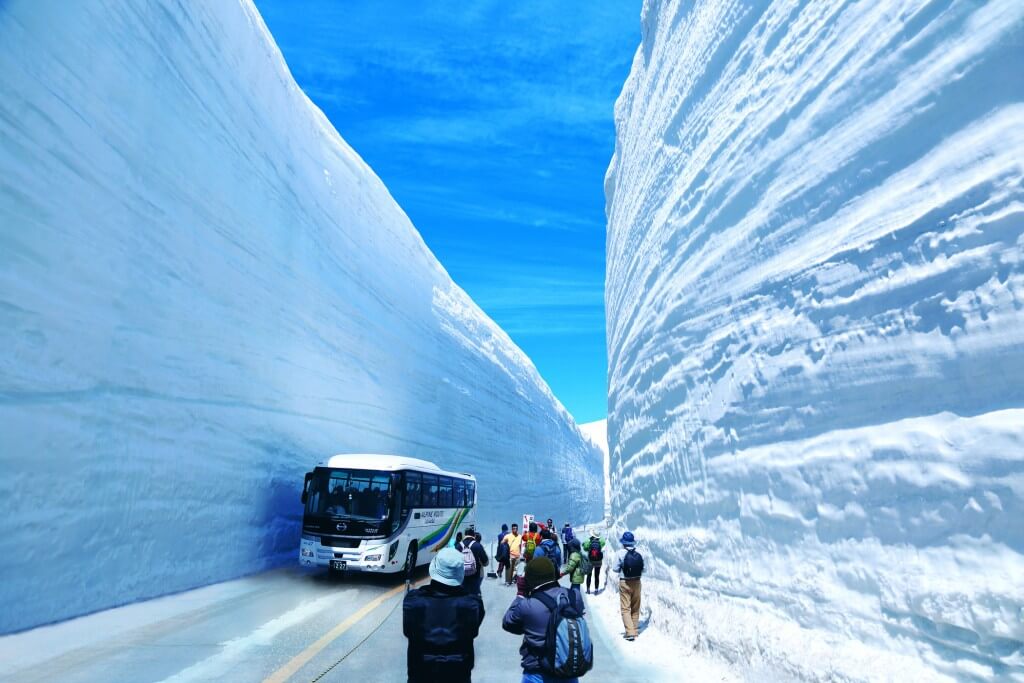
Best Selling
[Spring Only] 1-Day Tour from Nagano: Snow Walls of Tateyama-Kurobe Alpine Route
- Spots:
- NaganoAlpine Route
- Pick-up:
- Nagano City
- Drop-off:
- Nagano City
Heralded as one of Japan’s best experiences, traversing the Tateyama-Kurobe Alpine Route takes approximately 6 hours without allowing for time to stop and enjoy all of its stunning sights. In reality, undertaking a visit to the Alpine Route is therefore a full-day activity and is best enjoyed as an overnight trip, however if your itinerary is tight, it can be done as day-trip from Tokyo. Open from mid-April to mid-November, the Alpine Route is most famous for its immense snow walls which, at their peak, ascend 20 meters above the road below. The walls are at their best from the opening day in April until late-June, after which outstanding hiking is available through summer and autumn, climaxing with stunning autumn colours in October until the route closes again in November.
[Summer/Autumn only] Tateyama-Kurobe Tour: Walking on the 'Roof of Japan'
- Spots:
- NaganoAlpine Route
- Pick-up:
- Nagano City
- Drop-off:
- Nagano City
To do so, take the Hokuriku Shinkansen to Nagano Station – 80 to 110 minutes depending on which service you choose – and once in Nagano, head to Ogizawa Station by bus, taxi or tour – around 60 minutes. A series of mountain transports including trolley buses, cable cars, and a ropeway will then transport you to Murodo Station – which at 2540 meters is the highest station in Japan – before you descend back down for the return journey to Tokyo. You need around 6 hours to enjoy the Alpine Route making a long but rewarding day from Tokyo - see below for suggestions re: an overnight/multi-day trip to the Alpine Route and Toyama.
13 / Matsumoto Castle & City Art Museum / all year round
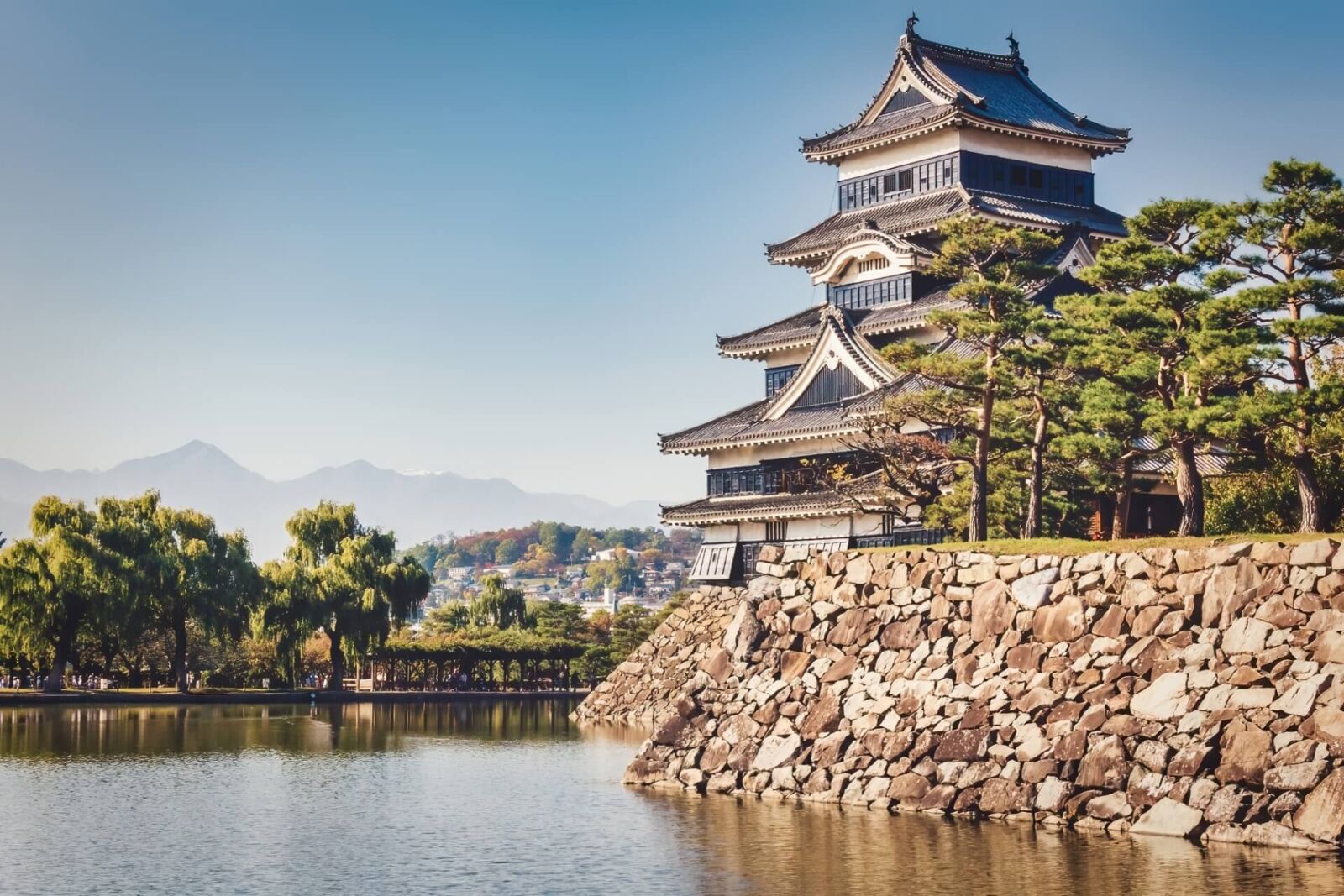
Popular
1-Day Tour from Nagano and Matsumoto: Kamikochi & Matsumoto Castle
- Spots:
- NaganoMatsumotoKamikochi
- Pick-up:
- Nagano CityMatsumoto
- Drop-off:
- Nagano CityMatsumoto
Located in the shadow the North Japan Alps, Matsumoto is a small historic city best-known for its castle. As a registered National Treasure, Matsumoto Castle is without doubt the beacon that draws visitors to the city but once here, you’ll discover a lovely little town with plenty to keep you entertained for a day. One of the last remaining original castles, Matsumoto is one of Central Japan's most striking and important cultural assets. Once a wealthy merchant town, areas of Matsumoto retain its historic charm interspersed with modern development which caters to a burgeoning arts, music and food scene including Matsumoto City Art Museum and Kusama Yayoi collection.
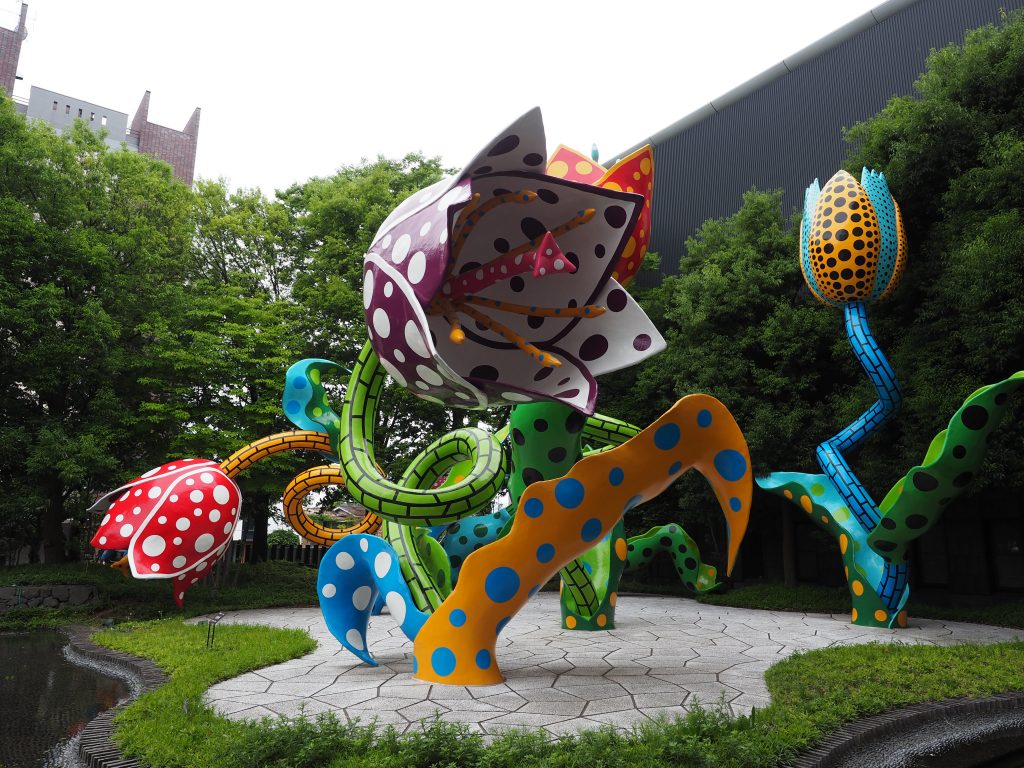
Matsumoto is easily accessible using the Limited Express Azusa service from Shinjuku Station – taking around 2.5 hours each way – putting it within reach as a day-trip or excellent option for an overnight or multi-day getaway, from where you can launch yourself into the North Japan Alps – the highest mountain range in Japan – see below for details. For tips and suggestions of what to do in Matsumoto, see our '25 Things To Do Matsumoto & Where to Stay’ page.
14 / Nagano Ski Resorts: Day-Trips from Tokyo / December to April
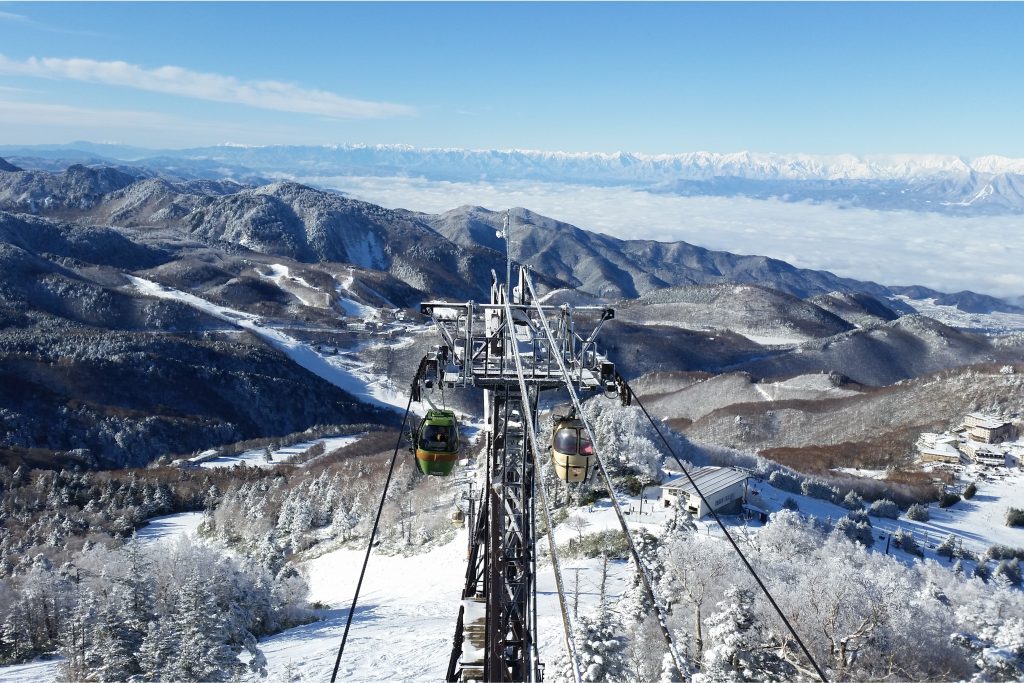

Another experience best enjoyed as a multi-day visit, visitors with limited time can still head to Nagano to enjoy one of the region’s many outstanding ski resorts and return on the same day. The nearest and easiest to reach of the Nagano resorts is Karuizawa Prince Hotel Snow Resort – which is within 5 to 10-minutes drive of Karuizawa Station, and as such, within 90-minutes of Tokyo Station.
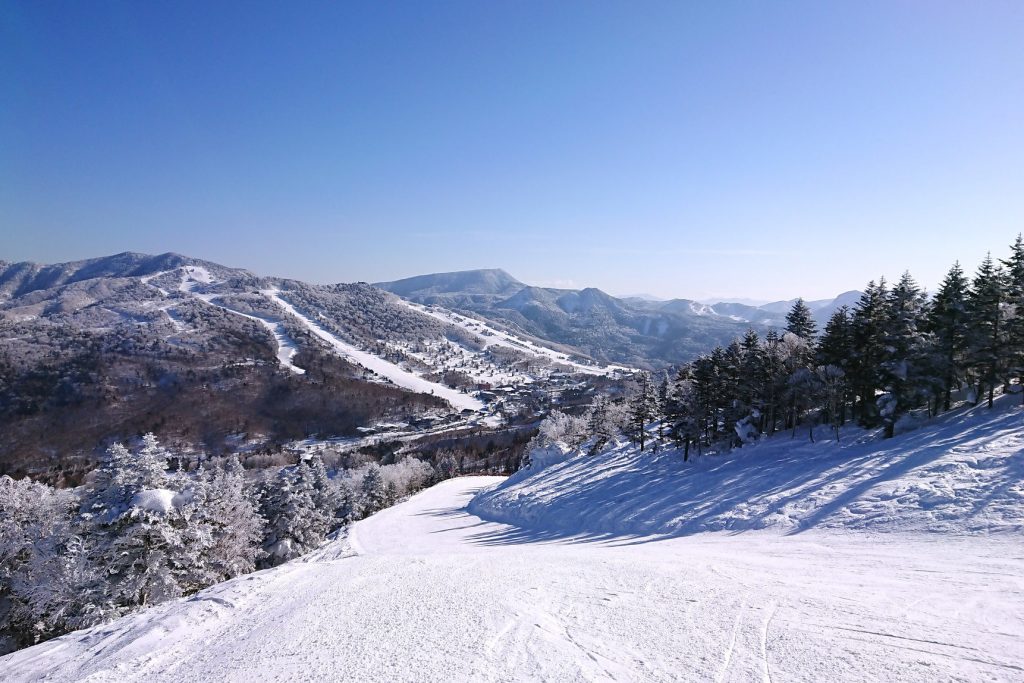
While pleasant, the resort is however small and best-suited to beginners. Intermediate and advanced skiers and boarders won’t find a lot of entertain them in Karuizawa therefore we suggest heading onto Nagano Station from where Shiga Kogen – Japan’s largest resort – is accessible using the express bus service – a total of around 3-hours from Tokyo – or alternatively, use the express bus from Nagano Station to the resorts of Hakuba Valley – between 2.5 to 3-hours from Tokyo. Another option is to stay on the shinkansen past Nagano, to the next stop – Iiyama Station. From Iiyama, an express bus runs to nearby Nozawa Onsen Snow Resort or local bus services run to Madarao Mountain Resort – also putting both resorts within 2.5 to 3-hours of Tokyo.
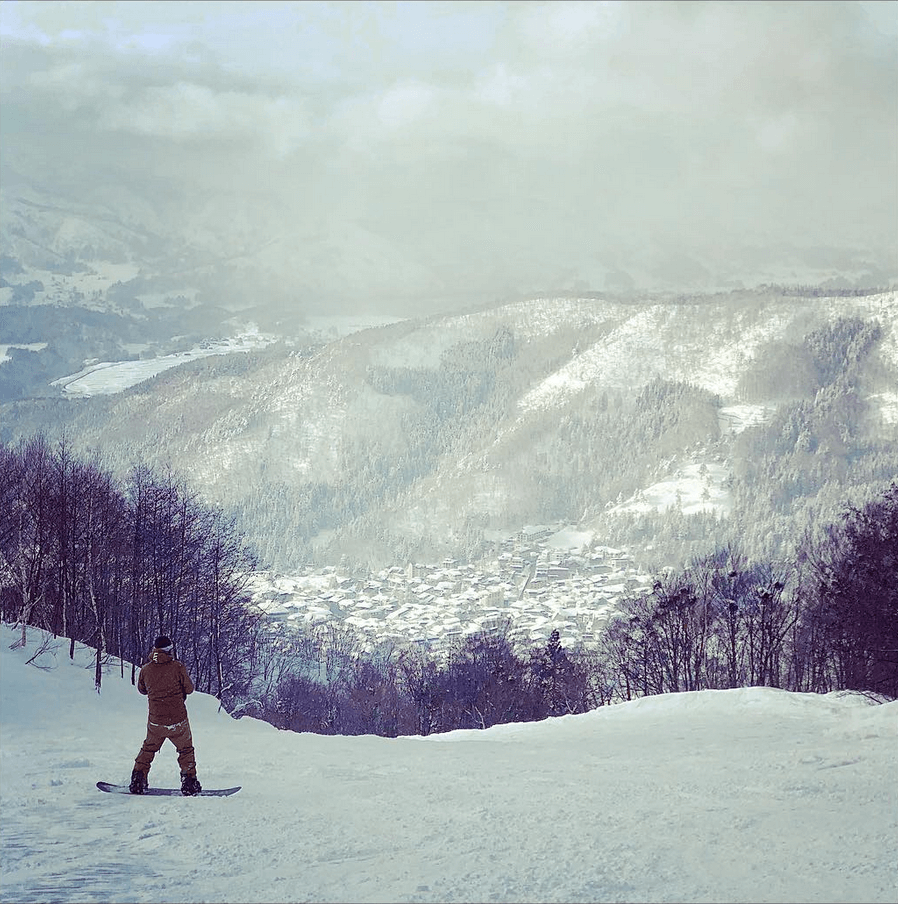
Of course, if you have the time, we encourage you to stay and enjoy the resorts to their fullest on a multi-day visit. For more information, see our 'Japan Ski Resorts' main page.
15 / Yuzawa: Snow, Sake & Hot Springs / all year round
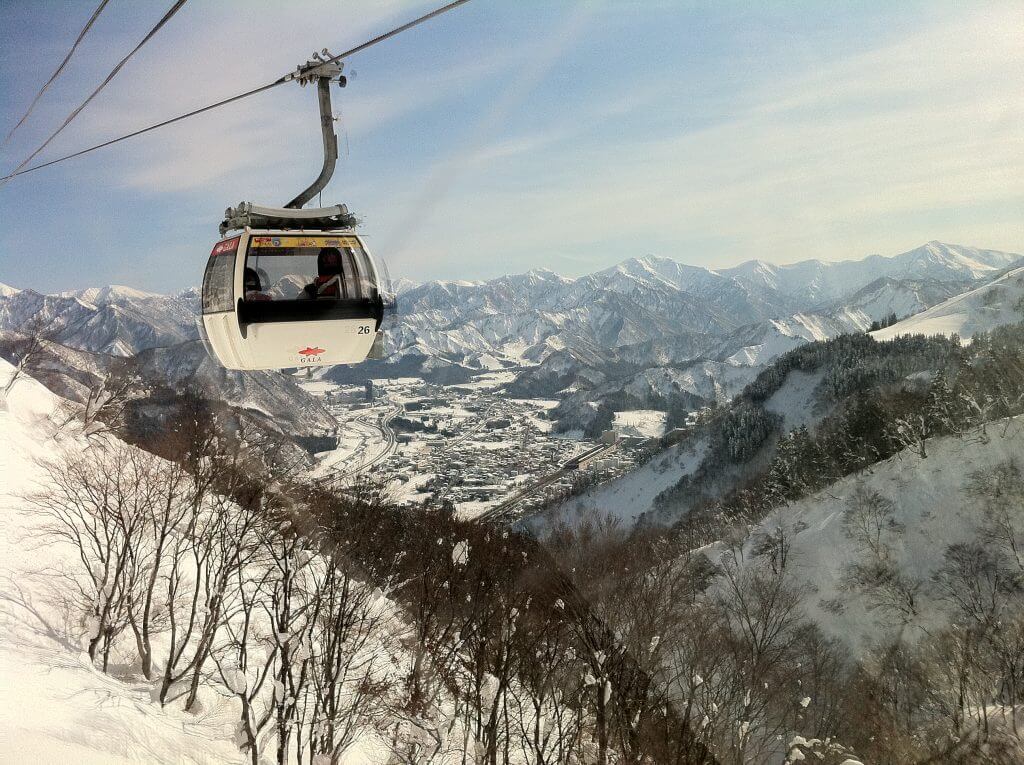
Finally, our last recommended day-trip from Tokyo is to the hot spring and ski resort town of Yuzawa in Niigata. A convenient stop on the Joetsu Shinkansen Line running from Tokyo to Niigata City, Echigo-Yuzawa Station can be beached in around 85-minutes from the capital. In winter, shinkansen services run directly to Gala-Yuzawa Station, which sits directly beneath the ski resort of Gala Yuzawa. For this reason, Gala is hugely popular with Tokyo residents and while the ease of access will appeal to many visitors, just be aware that the resort becomes very crowded and weather conditions can make the conditions icy and poor. For that reason, we recommend heading to the resorts of Nagano – a little bit further but worth the effort. Please note, if you want to ski/snowboard in Yuzawa, resorts in the area are typically open from mid-December until the end of March (depending on snow conditions). Outside of winter, Yuzawa offers a nice escape from Tokyo with its ropeway, alpine garden, hot springs, restaurants and ‘sake’ bars offering respite from the congestion of the capital. For suggestions of what to do while in Yuzawa, see our '15 Things To Do Around Yuzawa & Where To Stay’ page.
Our 15 Recommended Overnight and Multi-Day Getaways from Tokyo
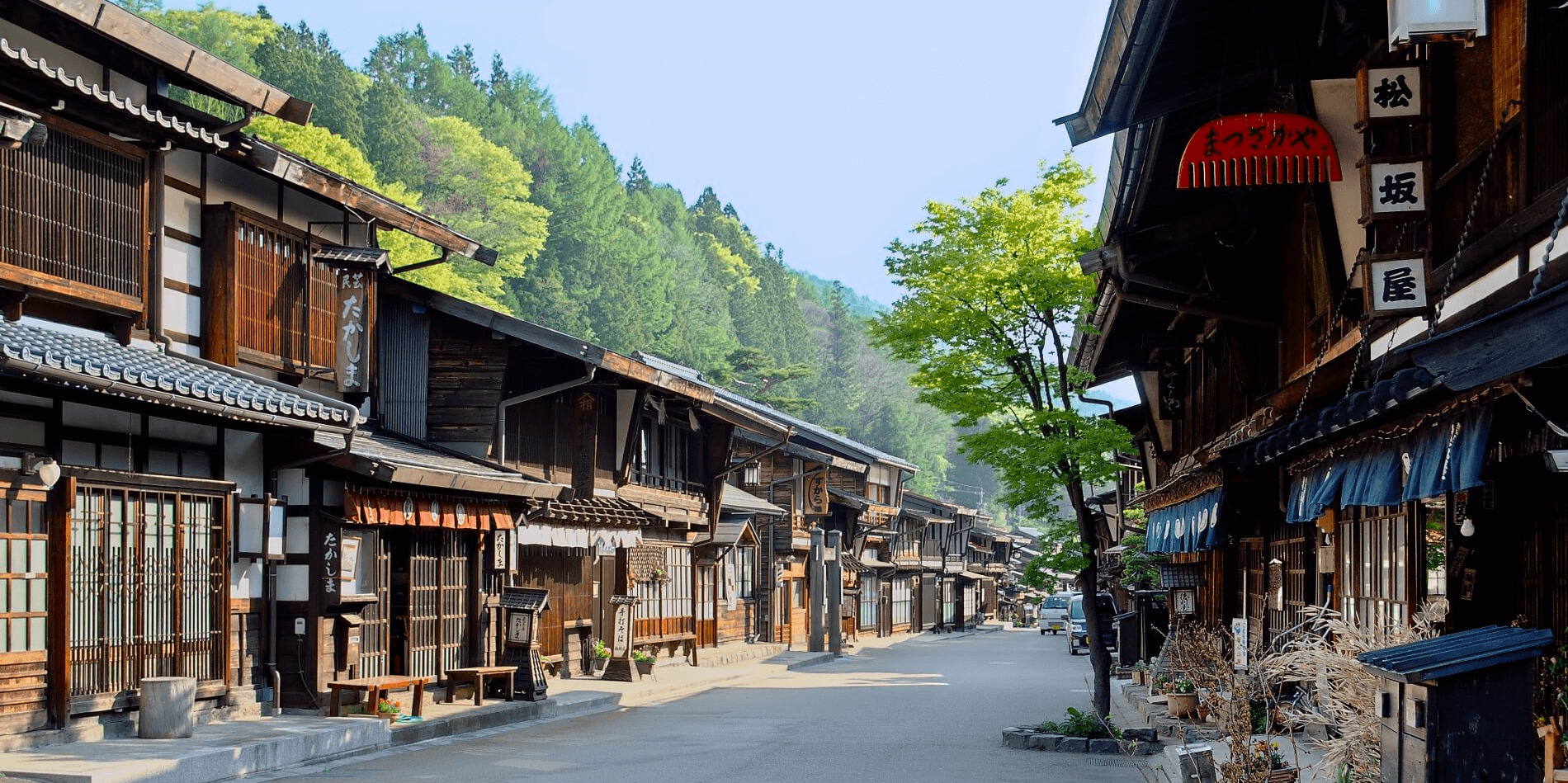
Having considered what’s on offer in and around Tokyo as day-trips, let’s turn our attention to fifteen overnight and multi-day getaways from Tokyo in Central Japan. Noting that some of the following will expand on destinations already discussed, let’s start with the obvious one:
1 / Nagano Ski Resorts: Multi-Day Getaways / December to April
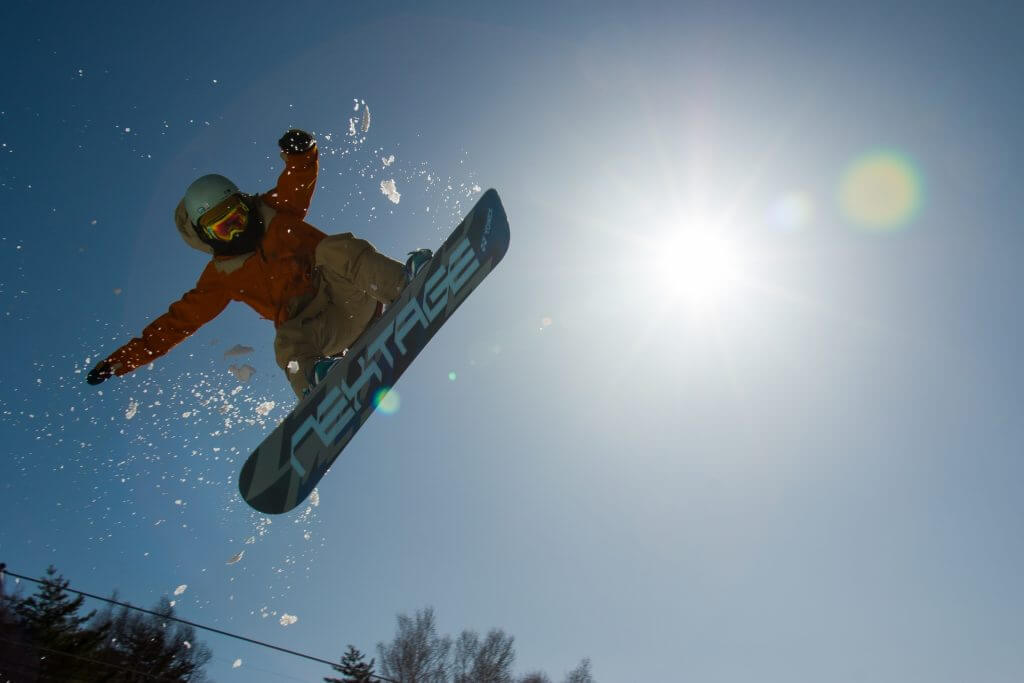
If you’re visiting Tokyo in winter and looking to enjoy some of the world’s best powder and welcoming ski resorts, then it’s time to head to Nagano! As discussed above, several of the region’s resorts can be enjoyed as day-trips but if you have the time, are best enjoyed over several days. As Japan’s largest ski resort, we recommend heading to Shiga Kogen.
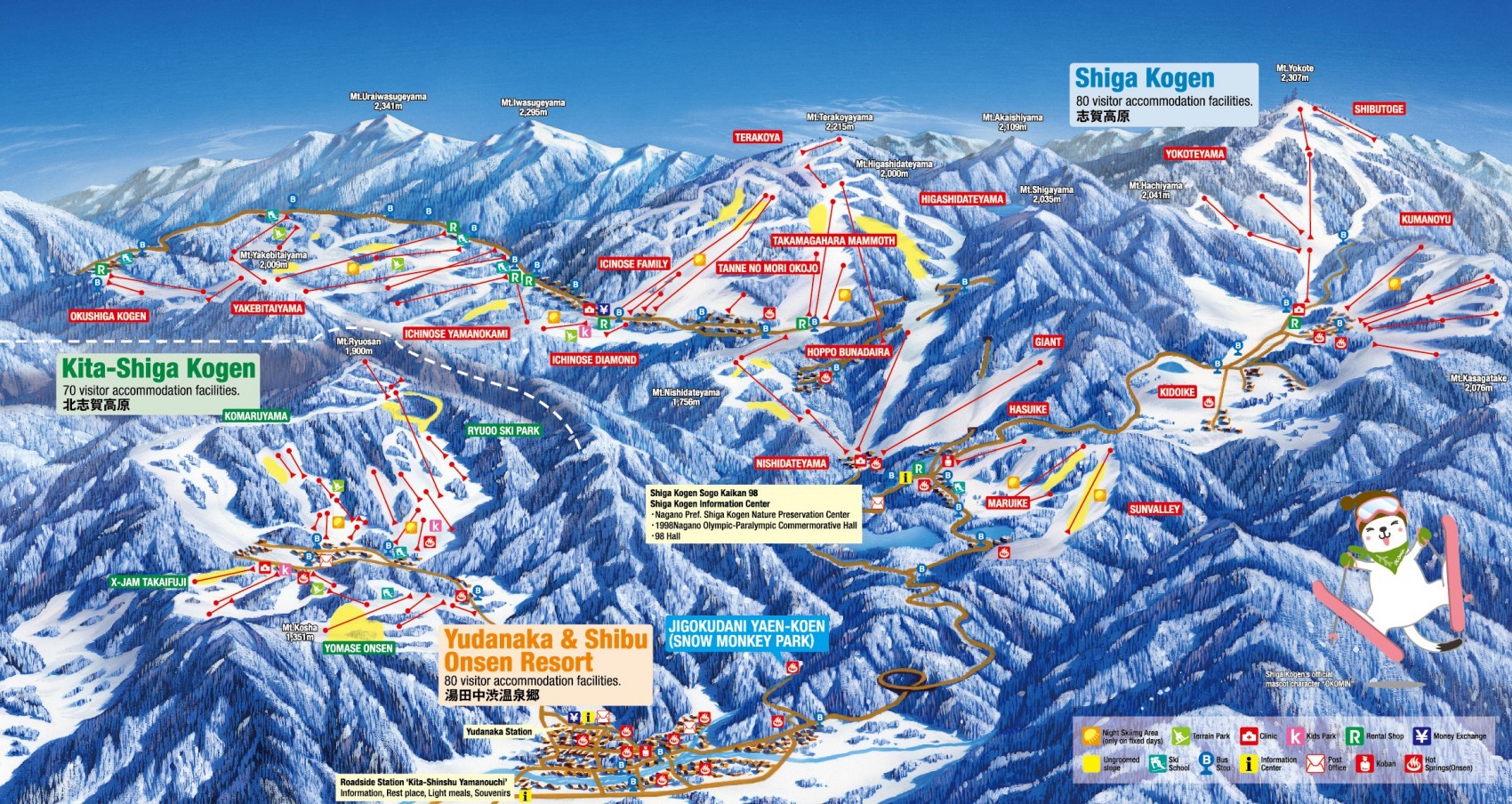

Shiga offers visitors and unmatched expanse of interconnected ski fields, Japan’s highest ski runs, Nagano’s longest season and most reliable powder – and all within easy reach of Nagano Station and Jigokudani Monkey Park. Based in Nagano, we partner with hotels in Shiga Kogen in offering ski packages including transport, accommodation, lift passes and a range of optional add-ons including tours to the monkeys. By extending your stay in Nagano, you can access more ski fields with the option of combining multiple resorts including the resorts of Hakuba Valley including Happo-One, Hakuba Goryu & 47, Iwatake, Tsugaike, and Hakuba Cortina & Norikura, the nearby resorts of Nozawa Onsen and Madarao, or the more distant but easily accessible resorts of Myoko Kogen.
2 / Enjoy an Overnight 'Onsen' Getaway / all year round
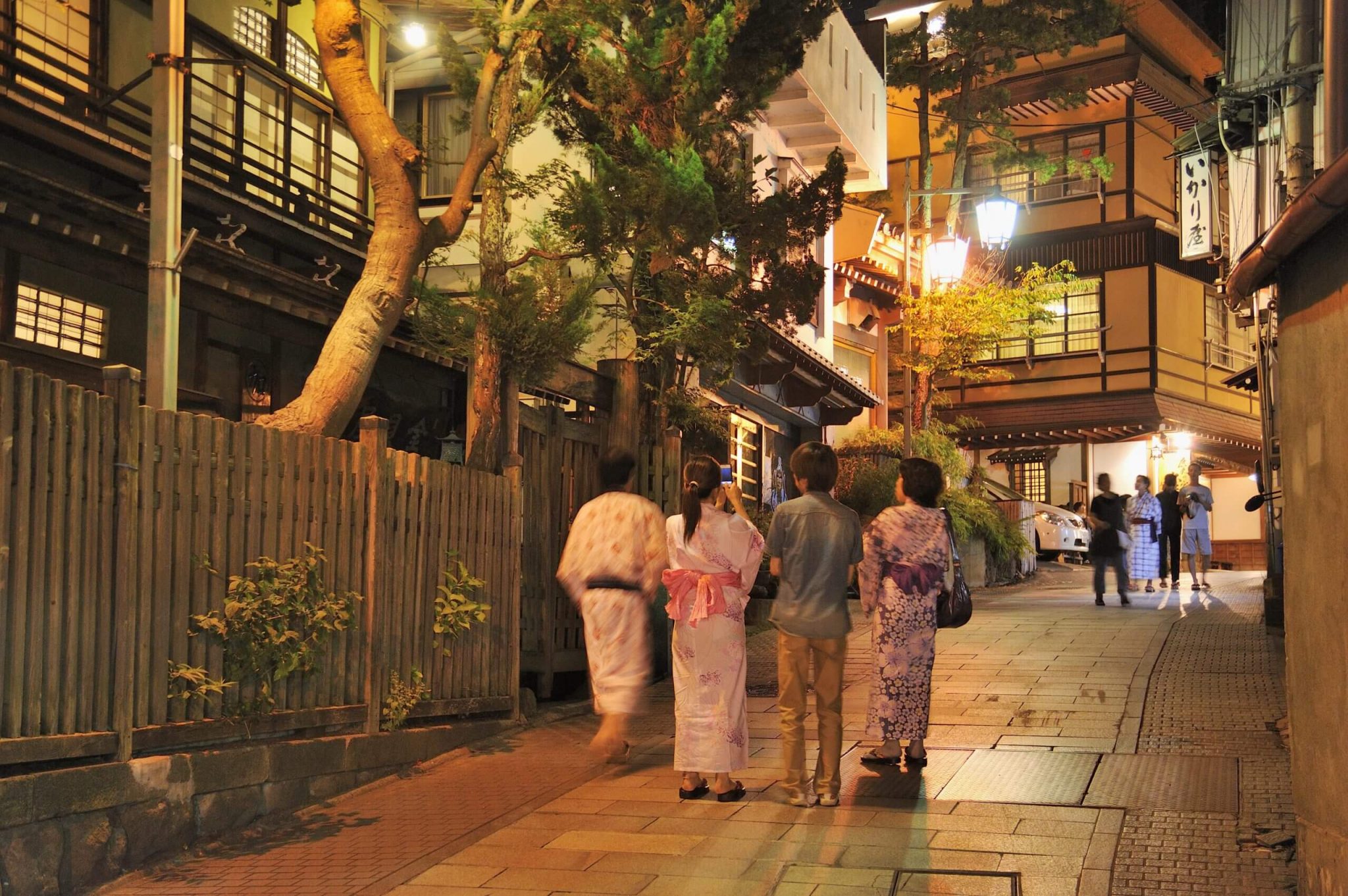
Nagano and the wider region of Central Japan is blessed with countless natural hot springs and some of Japan’s most famous ‘onsen’ towns. Whether you are visiting Japan for the first time or are a seasoned veteran of these shores, enjoying an overnight getaway at one of the region’s many fantastic hot spring guesthouses is one of the most quintessential Japanese experiences and the best way to escape the commotion of Tokyo.
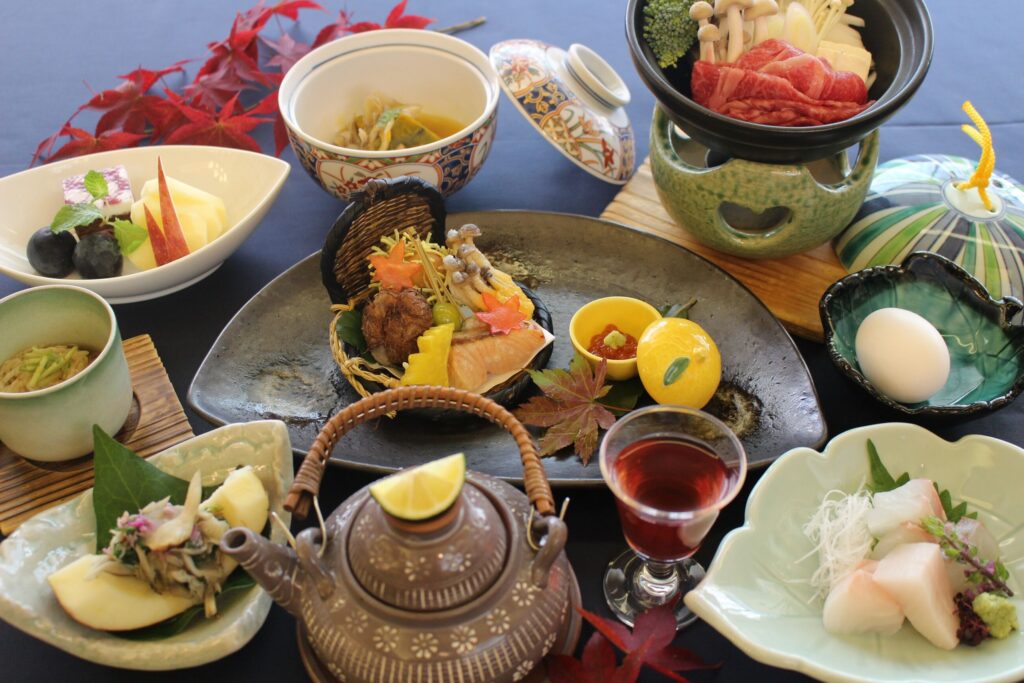
Our ‘Onsen In & Around Nagano’ page has everything you need to know about choosing where to go, what’s involved in enjoying a hot spring, and what to expect when staying at a ‘ryokan’ (traditional guesthouse). With so many to choose from, it’s hard to know where to start however we always recommend spending a night in Yamanouchi – Home of the Snow Monkeys and the onsen towns of Kanbayashi, Shibu and Yudanaka.
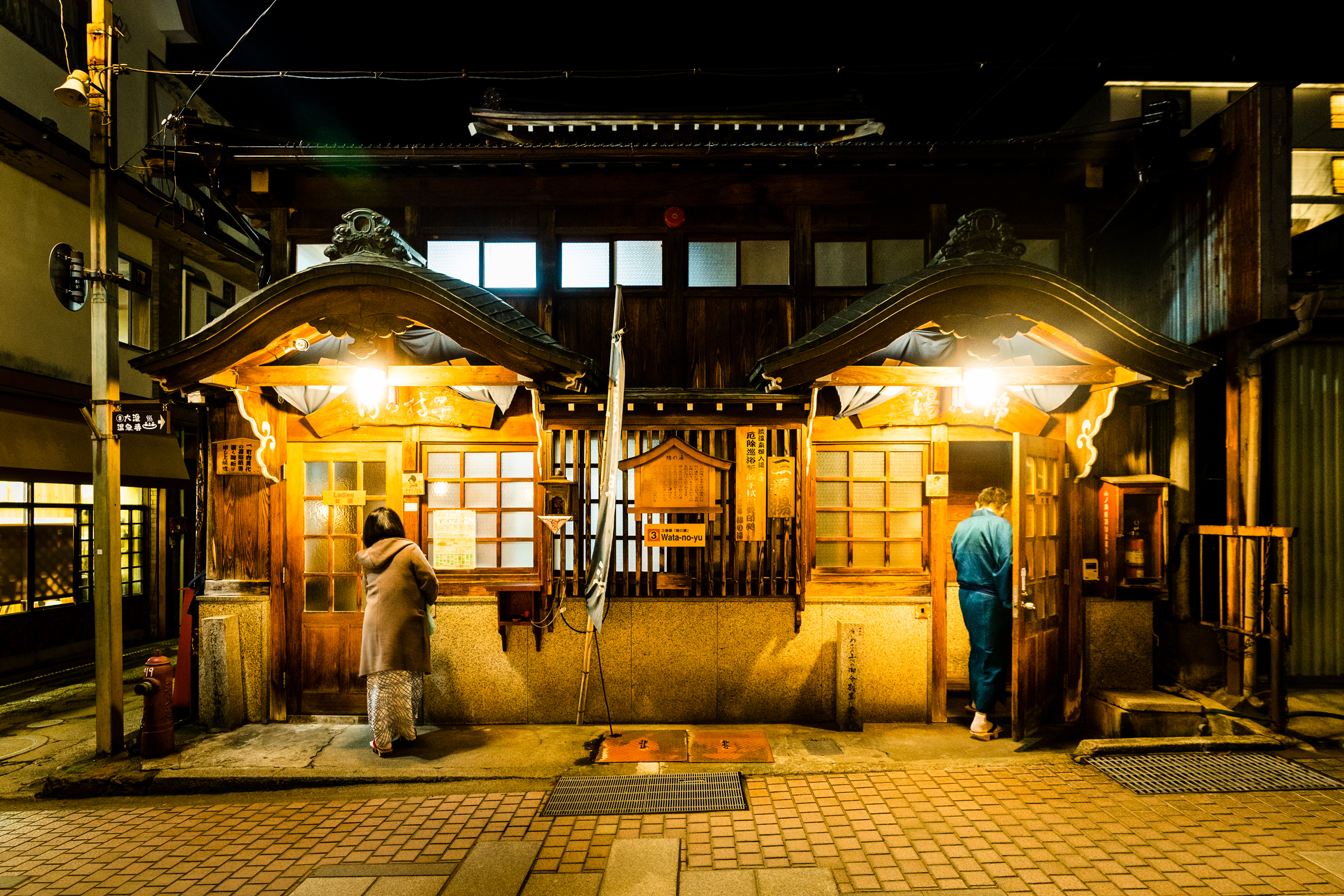
Within easy reach of Tokyo via Nagano City, the hot springs of Yamanouchi can be enjoyed all year round. Our ‘Visit the Best Onsen Towns in Central Japan’ page includes lots of information about these and other towns in the region, including on of Japan’s most famous hot spring towns…
3 / Kusatsu Onsen (via Karuizawa) / all year round
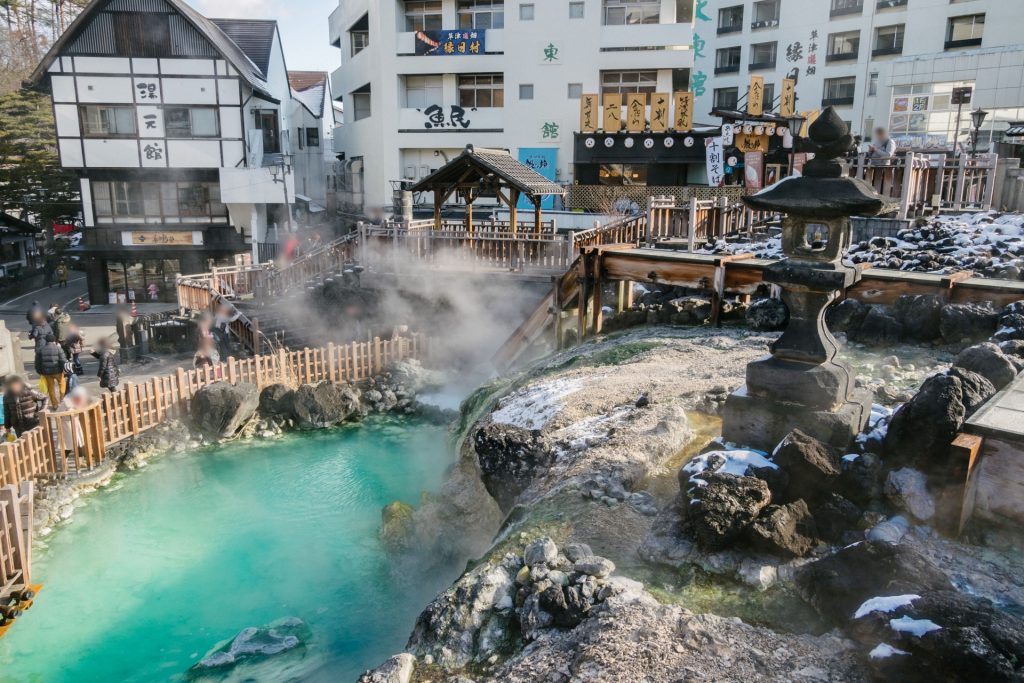
Accessible by bus from Karuizawa Station, Kusatsu Onsen is one of Japan’s most famous hot spring towns. Fed by the volcanic waters of Mount Shirane, the town is instantly recognisable to most Japanese due to its iconic ‘yubatake’ or ‘Hot Water Field’, that cools the thermal water before feeding it into the town’s many onsen guesthouses.
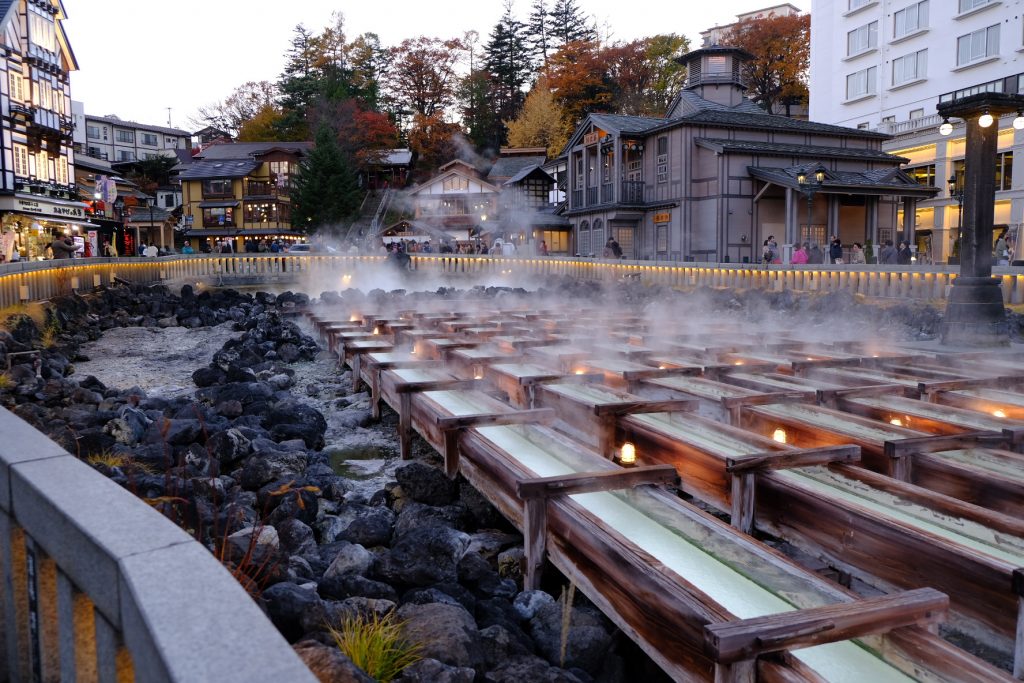
While Karuizawa can be enjoyed as a day-trip from Tokyo, to get the most out your time in nearby Kusatsu requires at least an overnight stay at one of its many hot spring guesthouses. Doing so over a one or two nights allows visitors to enjoy the best the area has to offer including what’s on offer in Kusatsu and Karuizawa including nearby Mount Asama – one of Japan’s most active volcanoes and home to the unique Onioshidashi Volcanic Park. For further suggestions and reasons to visit Kusatsu, please refer to our ‘25 Things To Do Around Kusatsu Onsen & Where To Stay’ page.
4 / Lake Suwa Area / all year round
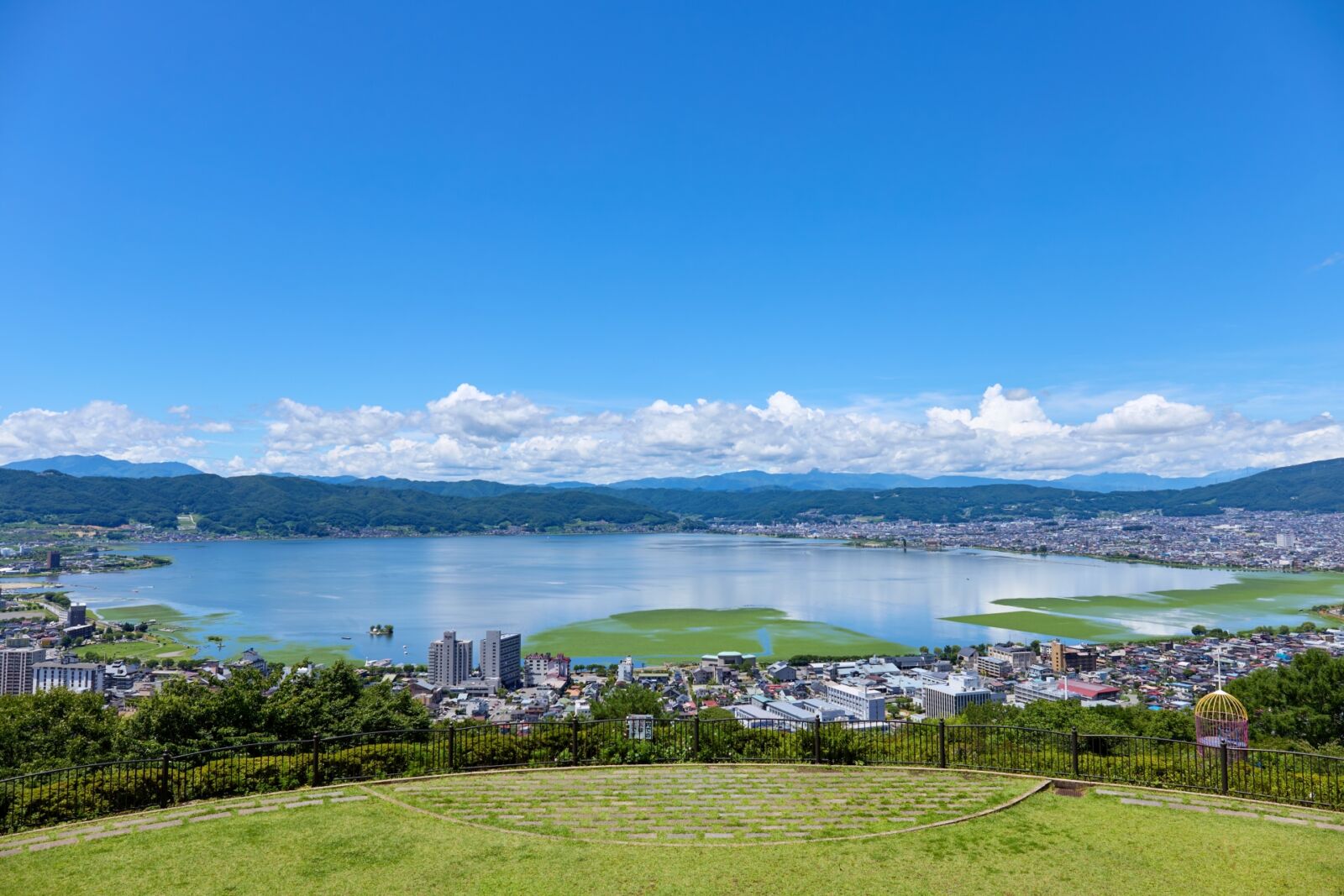
Easily accessible from Tokyo by getting on the Limited Express Azusa, this area is located just south of Matsumoto and forms around Nagano’s biggest lake, Lake Suwa. Home to a yacht club, a cycling/jogging path that circles the entire shore, a number of hot springs, and a very ancient and venerable shrine, there is a lot to do here, but few overseas travelers will ever make the journey. With a large number of ryokan available, staying for a few days and engaging in outdoor activities like jogging, hiking, or boating are a great way to escape the city. Of course, relaxing in the hot springs and enjoying good food around town – ramen is famous here – are not a bad way to spend your time here either. For further suggestions and reasons to visit Kusatsu, please refer to our ‘25 Things To Do Around Kusatsu Onsen & Where To Stay’ page.
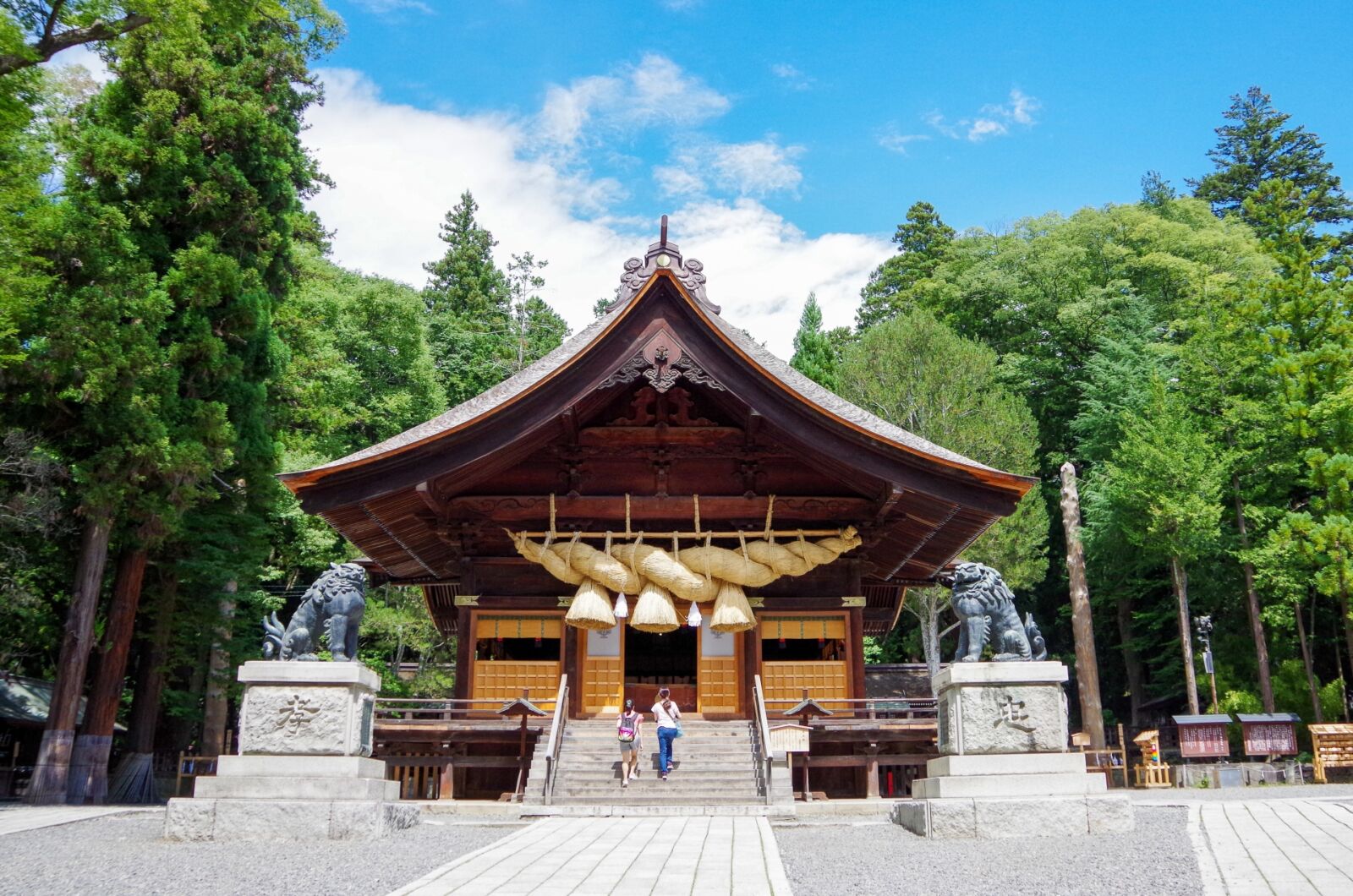
The area is perfect for history lovers as well. Starting way back in prehistory, over 30,000 years ago, a number of artifacts have been discovered around the area. Around 4,000 years ago the Jomon People, inhabiting Japan before the development of agriculture, were living here in large numbers; quite a few of their quirky and bizarre Doguu, or statues, along with highly ornate pottery, have been excavated in the region and are on display in museums. In more recent times (by that, I mean only 1,500 years ago!), the area became home to the Suwa Shrine, which is itself the headquarters of an offshoot branch of Shinto parallel to the main Ise sect. This area also is one of the only two locations in the entire country where the 2 of the historic Gokaido trails (also known as The Five Trails), the Nakasendo and Koshu-kaido intersect; a number of related sites and buildings are to be found along with preserved portions of the trail for hiking.
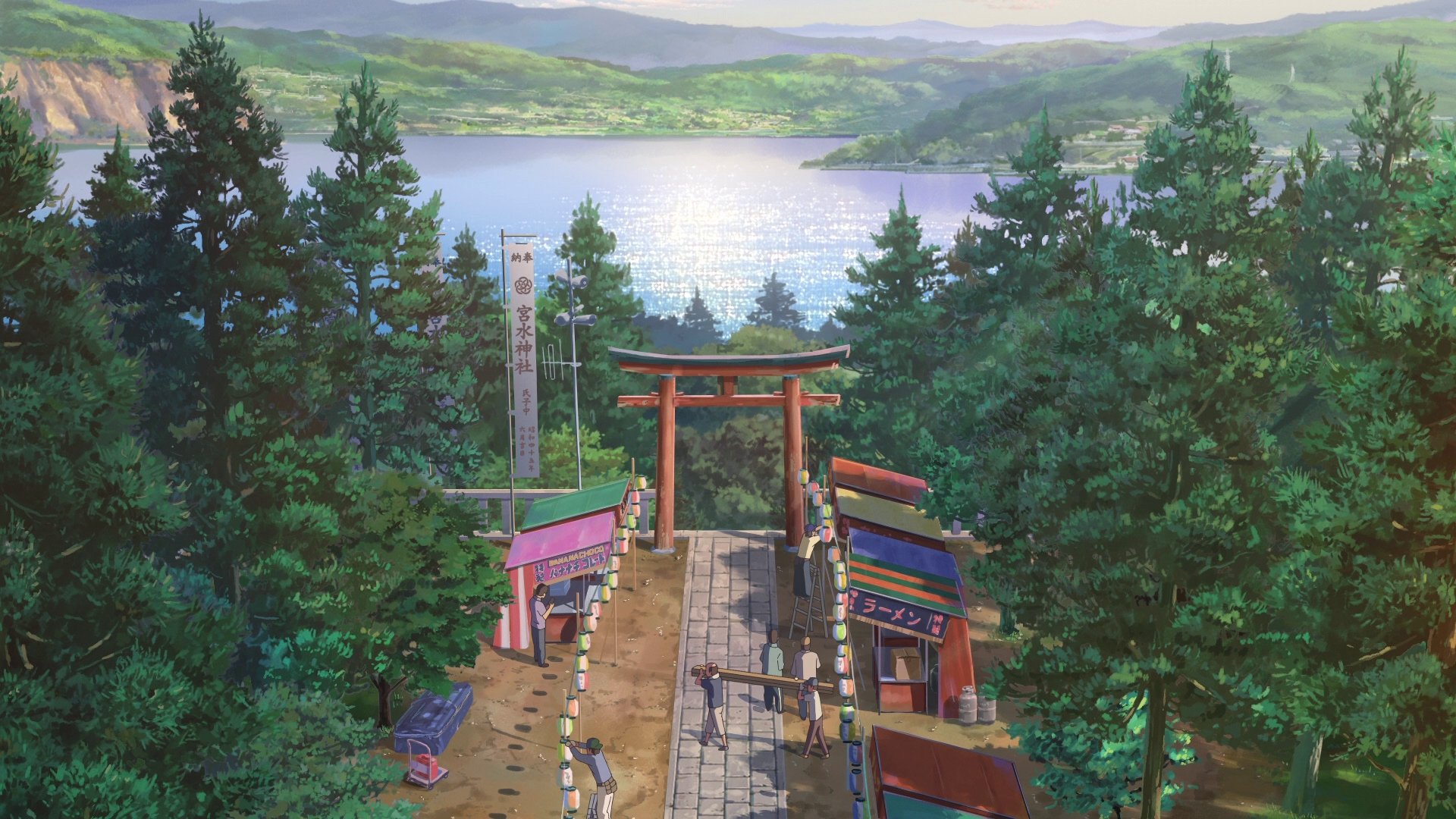
Lake Suwa has another claim to fame that will be a big draw to Anime fans – it was featured in ‘Your Name’! The 2016 hit anime was a huge success worldwide, and is still popular to this day. What you may not know, however, is that the lake featured in the movie is based on Lake Suwa. While some creative liberty was taken, the two share a remarkable resemblance and the town of Suwa has jumped on the chamce to promote the connection by producing a number of ‘Your Name’ photo spots and merchandise items. If you want to learn more about the connection and other places that were featured in the film, check out our ‘6 Real-Life Locations That Inspired “Your Name”‘ page. For further suggestions and reasons to visit the Lake Suwa area, please refer to our ‘25 Things to Do Around Matsumoto & Where to Stay’ page.
5 / Walk the Historic Nakasendo (via Nagoya or Nagano) / all year round
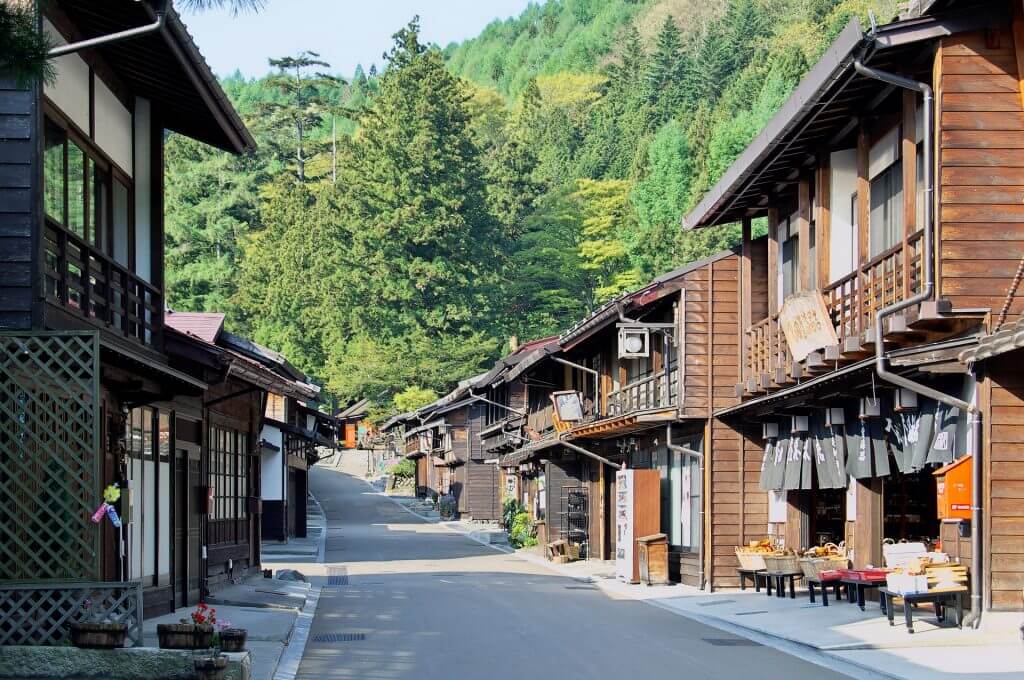
During Japan's Edo Period (1603 to 1868) the Nakasendo was one of five major routes linking Kyoto to the new capital of Tokyo, then called ‘Edo’. Stretching over 500 kilometres between the two cities, the name Nakasendo translates as ‘中/naka = middle; 山 / sen = mountain; 道 / do = road’, or the ‘Road Through the Mountains’. Today, the hiking route known as the ‘Nakasendo Trail’ or ‘Nakasendo Way’ follows the historic road, transporting those who walk it through both pace and time and deep into the heart of Japan.
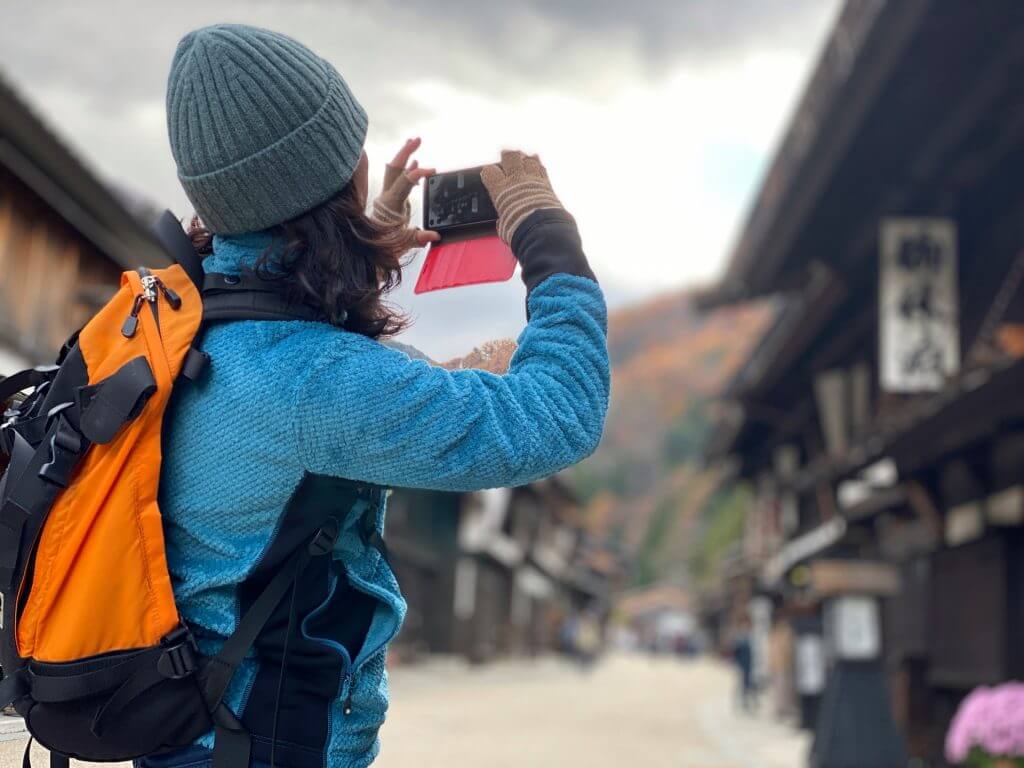
Sections of the trail can be walked to this day, with the most beautiful section passing through the Kiso Valley. Blessed with the beautifully preserved ‘postal towns’ of Narai, Magome and Tsumago. The trail can be walked any time of year however we recommend spring and autumn to coincide with the cherry blossoms and autumn leaves. These are the most popular seasons for walking the trail so make sure to book your accommodation well in advance.
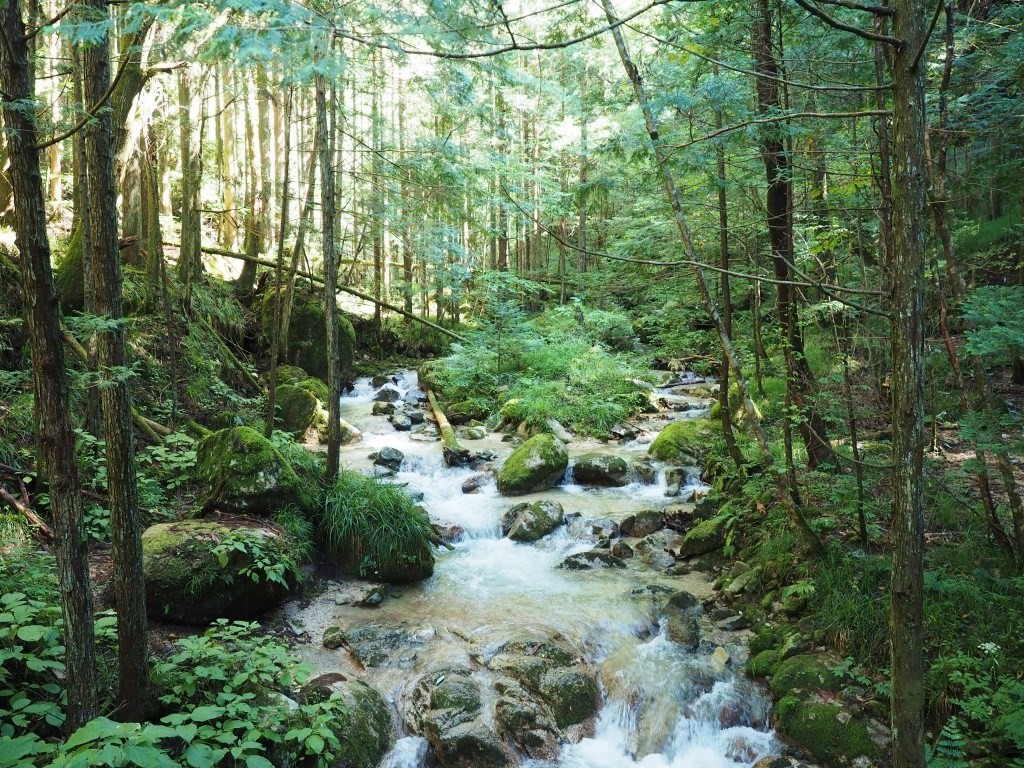
Walking the Nakasendo is best enjoyed as a multi-day itinerary, which can be easily combined with other great destinations in Kiso Ontake or nearby Matsumoto, Nagoya or Nagano City. For tips and suggestions of what’s on offer in the area, see our '25 Things To Do Around The Kiso Valley / Nakasendo & Where To Stay’ page.
Recommended
1-Day Tour from Nagano and Matsumoto: Step into the Past on the Nakasendo
- Spots:
- NaganoMatsumotoKiso Valley
- Pick-up:
- Nagano CityMatsumoto
- Drop-off:
- Nagano CityMatsumoto
Popular
1-Day Tour from Nagoya: Hiking the Historic Nakasendo Trail
- Spots:
- NagoyaKiso Valley
- Pick-up:
- Nagoya
- Drop-off:
- Nagoya
6 / Enjoy a Rural Getaway in Azumino (via Matsumoto) / all year round

No matter how much you love Tokyo, before long – usually sooner rather than later – most people need to get out and have a break. Located just down the line from Matsumoto City, Azumino is a beautiful rural enclave in the shadow of the North Alps – the perfect place for a country getaway. Home to scenic farmlands producing some of Nagano’s best fruit and vegetables, exploring Azumino through summer and autumn is a great way to enjoy the harvest including fruit-picking at one of the many local farms.
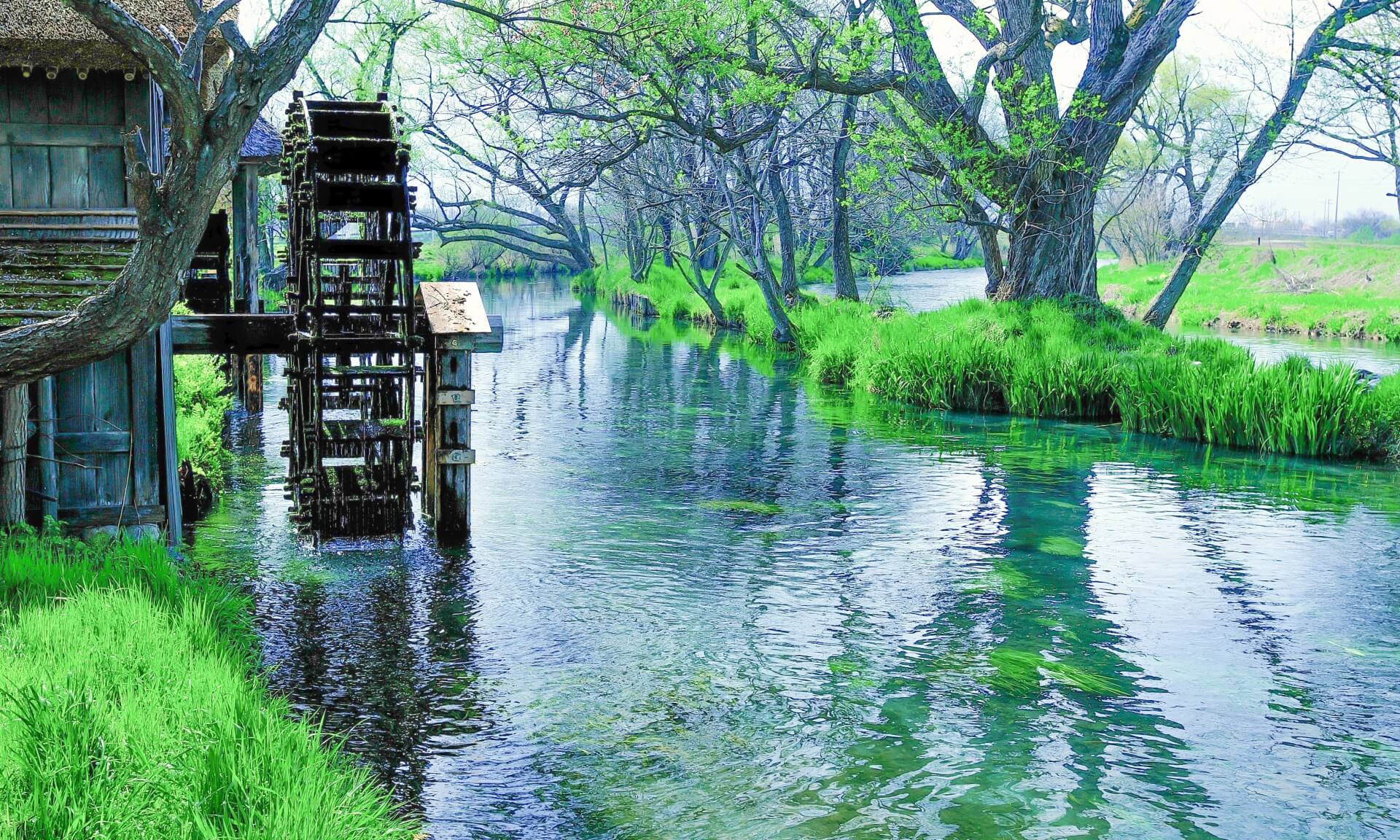
In recent years, a number of galleries and museums have opened in the area with restaurants and cafes complementing them perfectly. Cycling around the area from Hotaka Station is a great way to take in the atmosphere of the Azumino – just one of the many outdoor activities in the area. With great hot spring guesthouses and within easy reach of Matsumoto City, the Tateyama-Kurobe Alpine Route and Kamikochi – see below for details - Azumino is an ideal destination for a multi-day escape to Central Japan. For more tips and suggestions, see our '20 Things To Do Around Azumino & Where To Stay’ page.
7 / Kamikochi (via Matsumoto or Nagano) / April to November
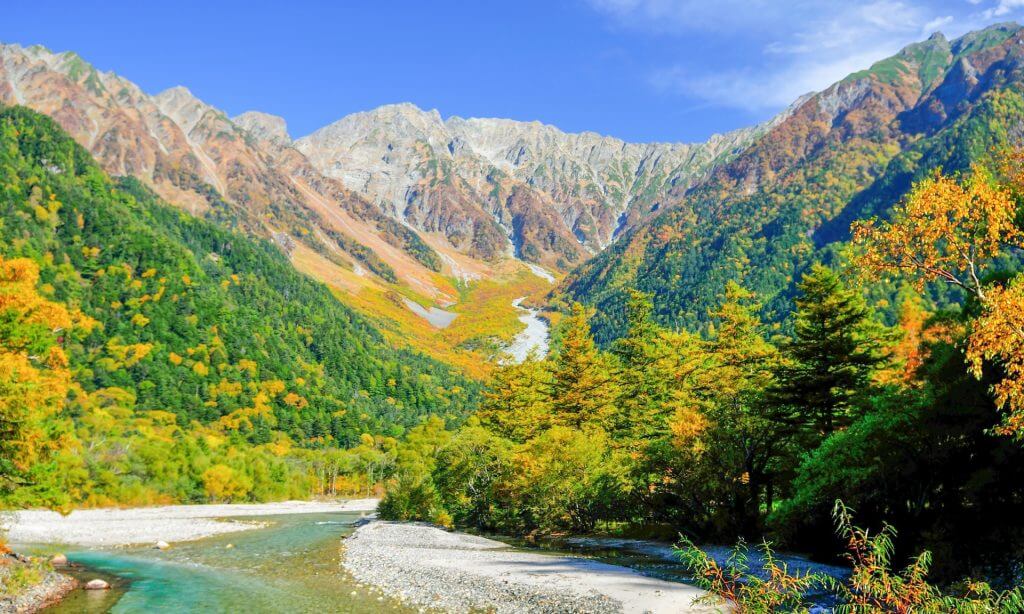
New Tour
[START FROM NAGANO/MATSUMOTO] Private Wasabi-Picking Experience & Kamikochi
- Spots:
- MatsumotoKamikochi
- Pick-up:
- Nagano CityMatsumoto
- Drop-off:
- Nagano CityMatsumoto
Accessible via Matsumoto or Nagano City, Kamikochi is one of Central Japan’s most rewarding experiences. Situated in the Chubu Sangaku National Park, Kamikochi is a pristine and beautiful alpine valley open to the public from mid-April until mid-November each year. The valley follows the Azusa River while some of Japan’s tallest mountain peaks rise to over 3000 meters above. From the Kamikochi Bus Terminal, walking trails span-out along the valley – suitable to anyone of reasonable fitness – before more advanced hiking and mountaineering trails lead into the mountains. Considered the jewel of the Chubu Sangaku National Park, visiting Kamikochi is one of Nagano’s most memorable experiences – a truly special place of natural and spiritual importance. For accommodation listings in and around Kamikochi, please see our ‘Kamikochi Area’ hotel page.
8 / Takayama & Shirakawa-Go (via Kamikochi) / all year round
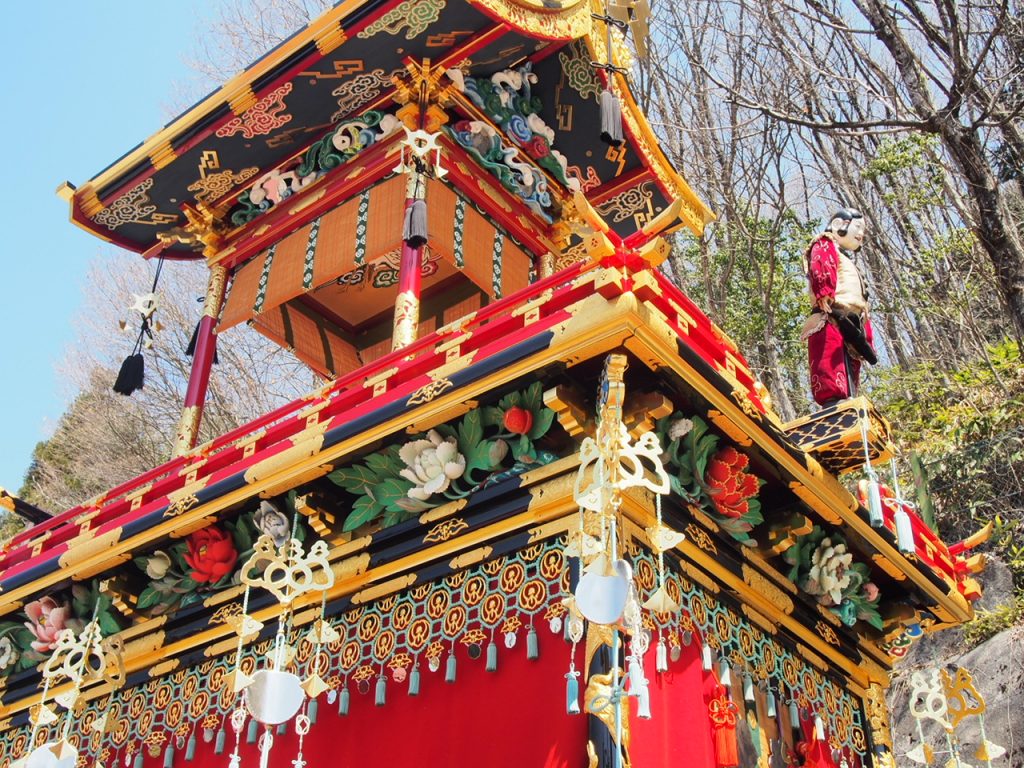
Visitors heading to Kamikochi should consider tying the visit into two more of Central Japan’s most rewarding destinations – this historic old town of Takayama and World Heritage-listed villages of Shirakawa-go and Gokayama. Descending from Kamikochi on the western-side of the mountain range, Takayama is around 60-minutes drive and a hugely popular destination famous for the preservation of its Edo Period (1603-1868) historic centre. Considered one of the best-preserved Edo Period townscapes in Japan, Takayama can be busy during the day but is still worth exploring – especially if you do so in the morning or late afternoon and wander down some of the less busy streets.
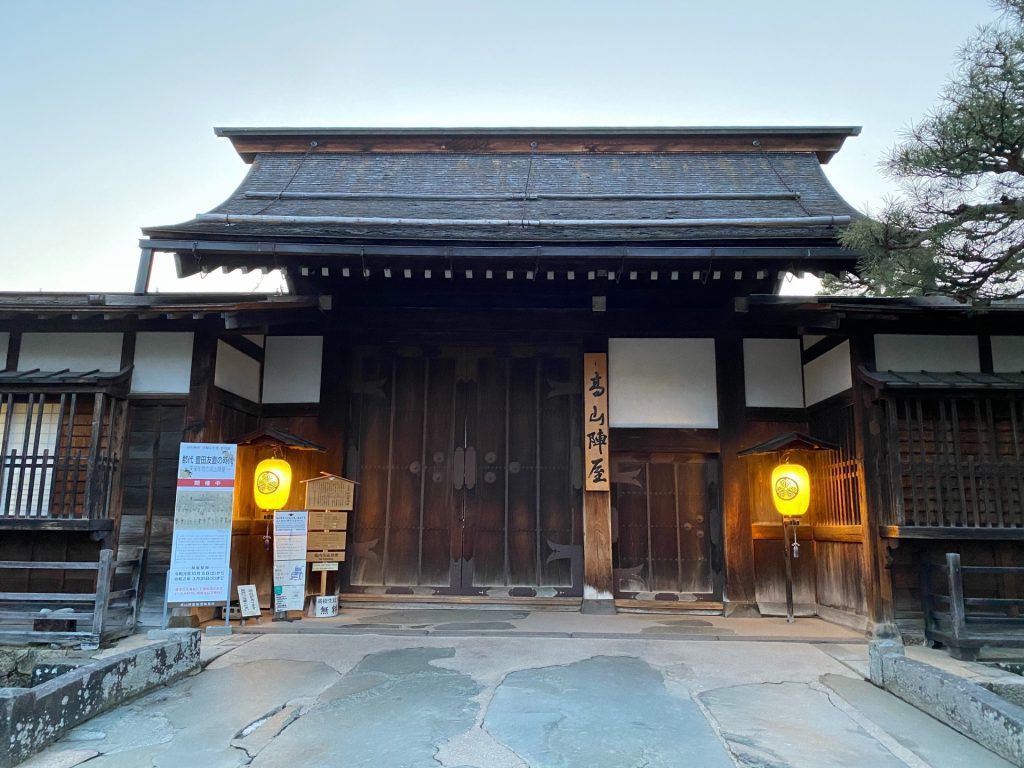
Takayama is equally well-known for its food culture including Hida beef – considered some of the best in Japan – and its famous beef sushi, Takayama ramen and more! For foodies, Takayama is a real treat. If you have your eye on a particular restaurant, make sure to book in advance! For more information, see our '25 Things To Do Around Takayama & Where To Stay' page.
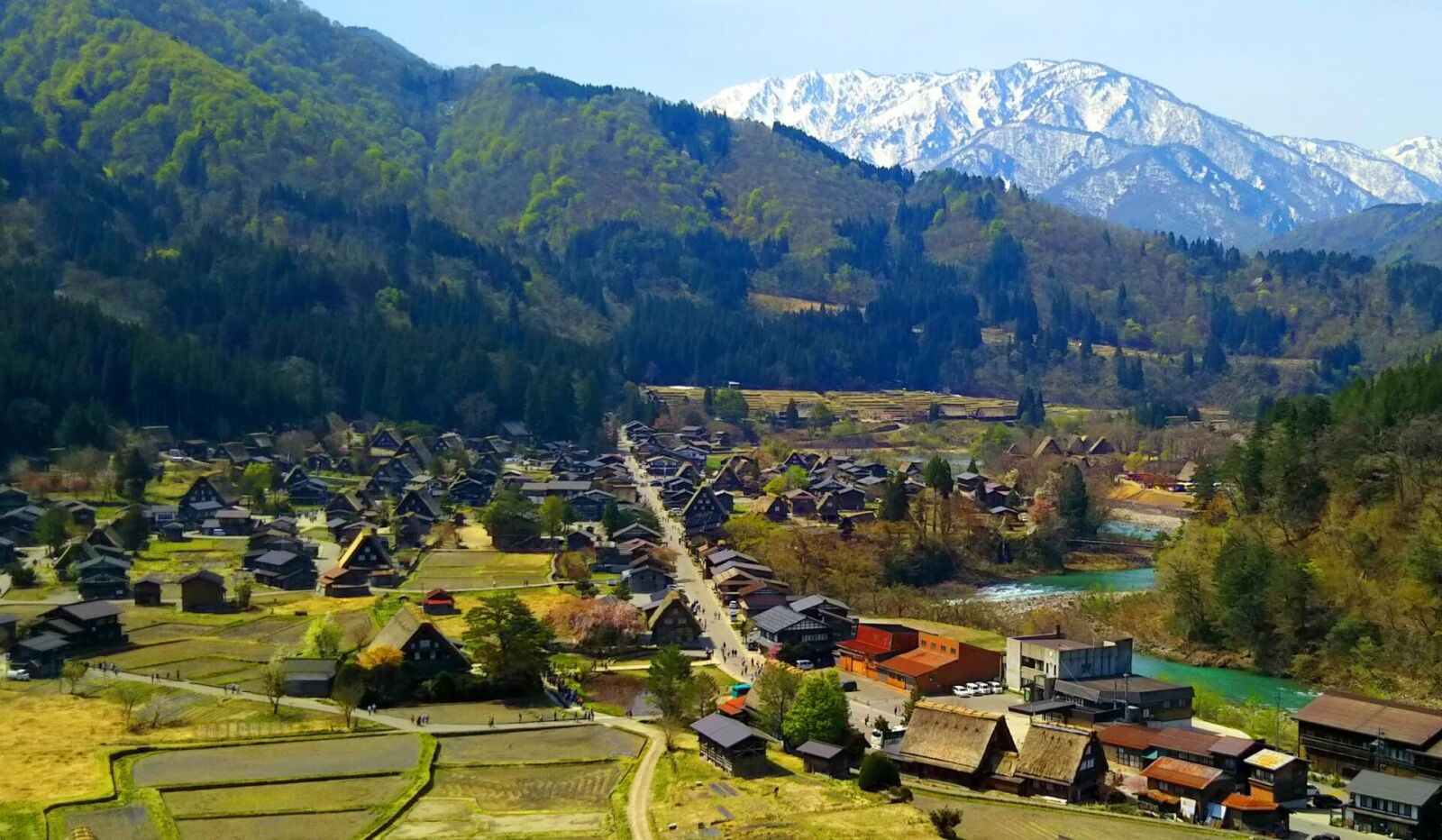
An hour on from Takayama, the picturesque villages of Shirakawa-go and Gokayama were inscribed on the World Heritage list in 1995. Actually consisting of three villages, they are known for their distinctive ‘gassho-style’ thatch-roofed houses set in a beautiful alpine setting of rice fields and high mountains above. World Heritage-listing has ensured that the villages are hugely popular with both domestic and international tourists but don’t let that put you off. The villages are well-worth visiting and walking away for the central area of the main village of Ogimachi, will quickly have you unencumbered by other visitors.
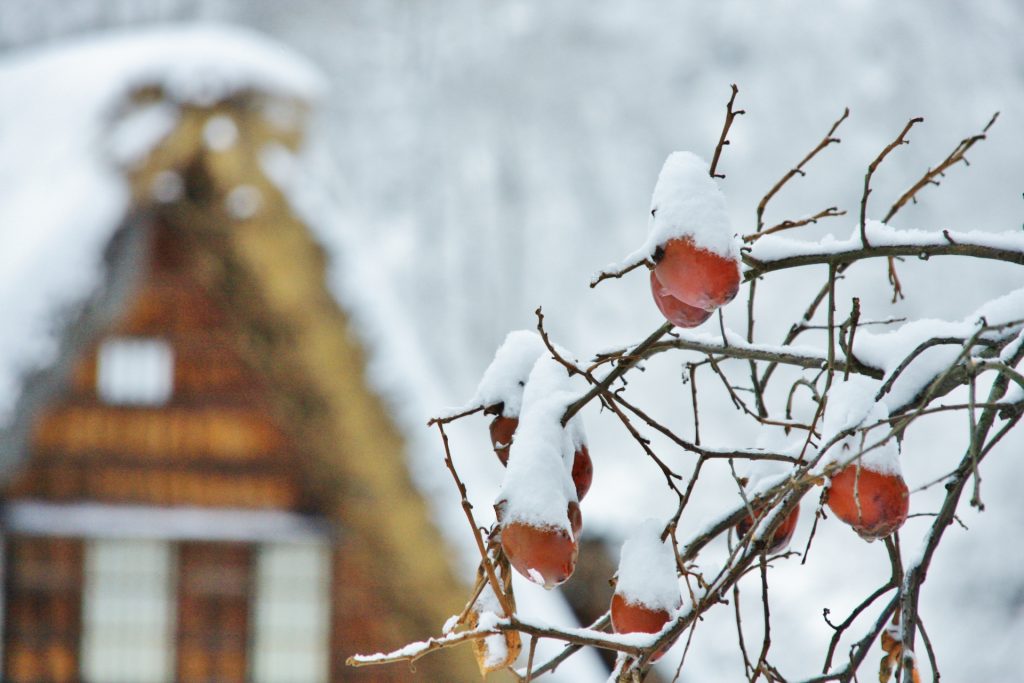
If you really want to avoid the crowds, consider heading to the other villages of Suganuma and Ainokura. Much smaller than Ogimachi they are also far less visited and offer a peaceful experience of these important rural hamlets. For accommodation listings, see our 'Shirakawa-go & Gokayama Area' hotel page.
Best Selling
1-Day Tour from Takayama: Explore Scenic Old Japan in Takayama and Shirakawa-go
- Spots:
- TakayamaShirakawago
- Pick-up:
- Takayama
- Drop-off:
- TakayamaKanazawa
9 / Toyama (via the Tateyama-Kurobe Alpine Route) / April to November
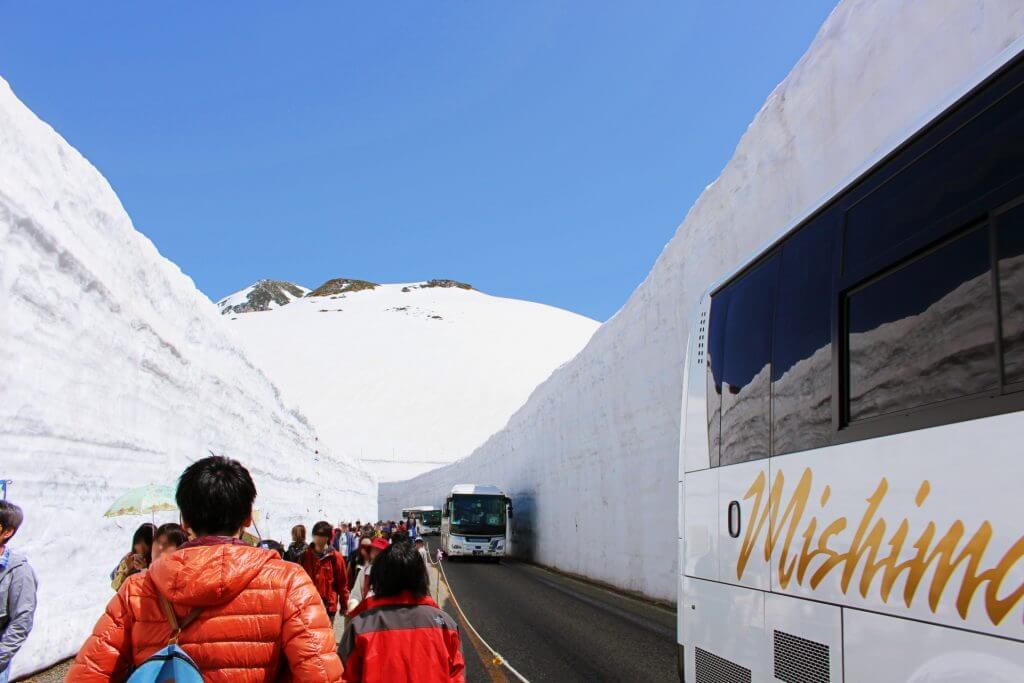
As discussed above, the Tateyama-Kurobe Alpine Route can be undertaken as a day-trip from Tokyo by ascending and descending on the Nagano-side of the mountain range*. Perfectly enjoyable as a day-trip, it is however a long day when coming from Tokyo. We have another tour that departs from the other side of the Tateyama-Kurobe Alpine Route, which is the Toyama side.
Starting from Toyama Station, mountain transports carry you up to Murodo Station from where you can walk under the immense Snow Walls (at their most grand from mid-April to June) or walk the leisurely trails that span-out from the station (June to November), including a more serious hike to the summit of Tateyama – one of Japan’s three sacred mountains.
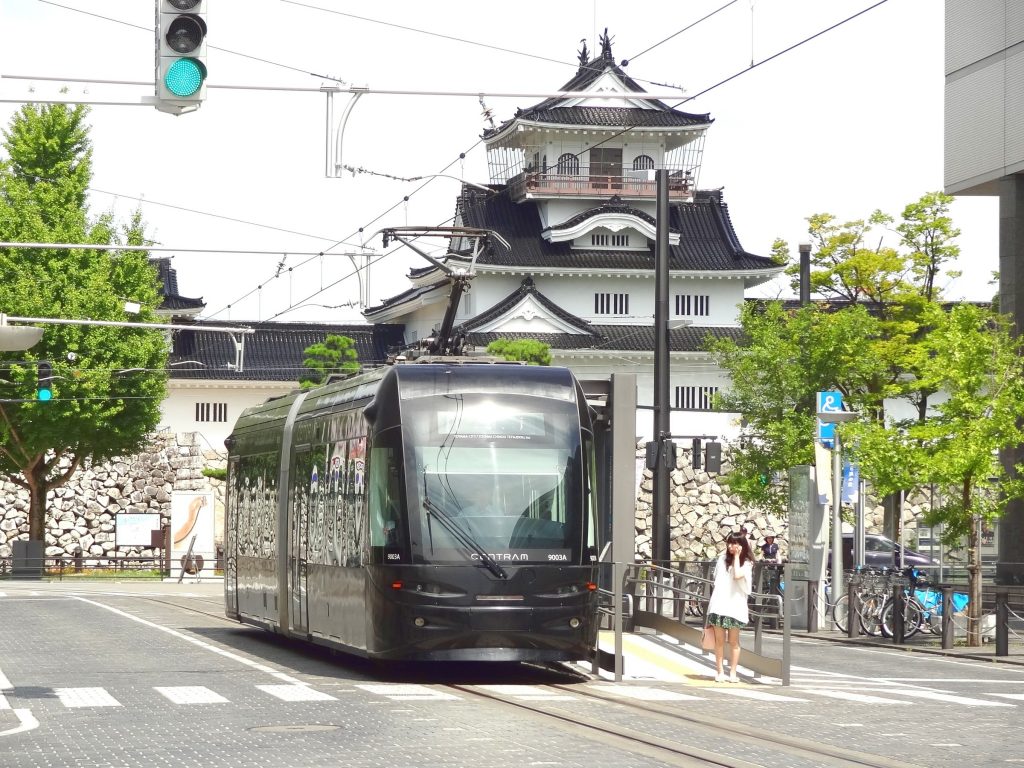
Located near the coast and fertile fishing grounds of Toyama Bay, the city and region is best known for its seafood – considered some of the best in Japan – which is best enjoyed at coastal markets or one of the city’s many fine restaurants. Visitors to Toyama will discover a pleasant and modern city, often overlooked by international visitors but rewarding for anyone who stays and a convenient launching point from where to explore the region.
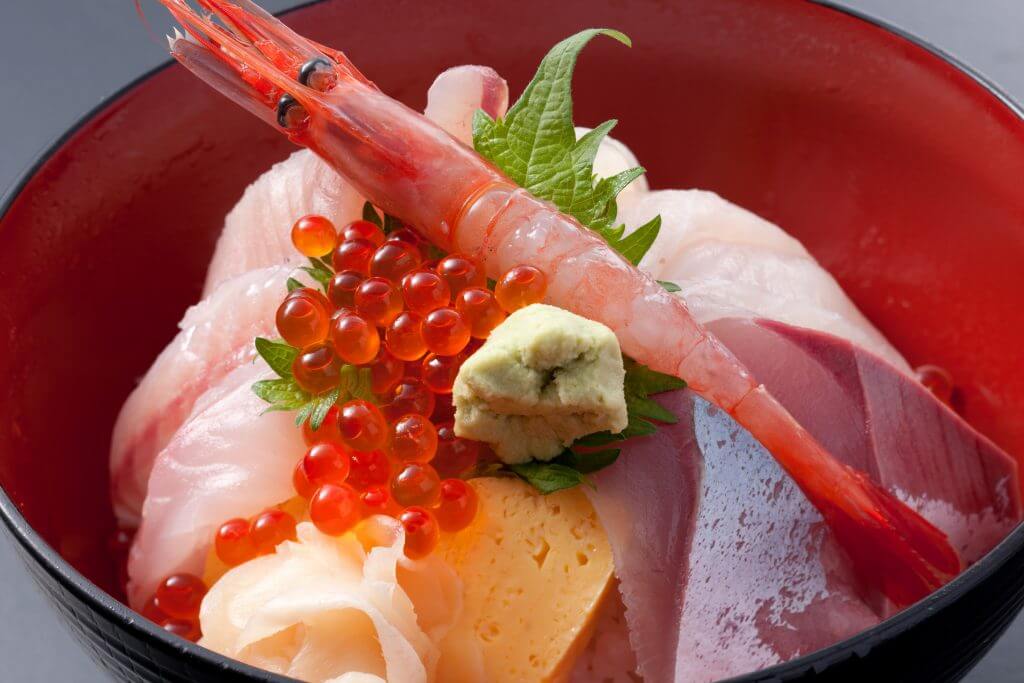
A stop on the Hokuriku Shinkansen Line, it’s a quick journey from Toyama onto Kanazawa or should you wish to head back to Tokyo, a direct return journey to the capital. For tips and suggestions of things to do in Toyama, see our '25 Things To Do Around Toyama & Where To Stay' page. Please note, Toyama Station is a stop on the Hokuriku Shinkansen Line running from Tokyo to Kanazawa, meaning that visitors from Tokyo can head directly to the city and should they wish to, traverse the Alpine Route from the Toyama-side to the Nagano-side and back to Tokyo from Nagano Station.
Recommended
1 Day Tour from Kanazawa or Toyama: Tateyama Alpine Route Snow Wall and Mysterious Valley
10 / Kanazawa, Fukui & the North Coast / all year round
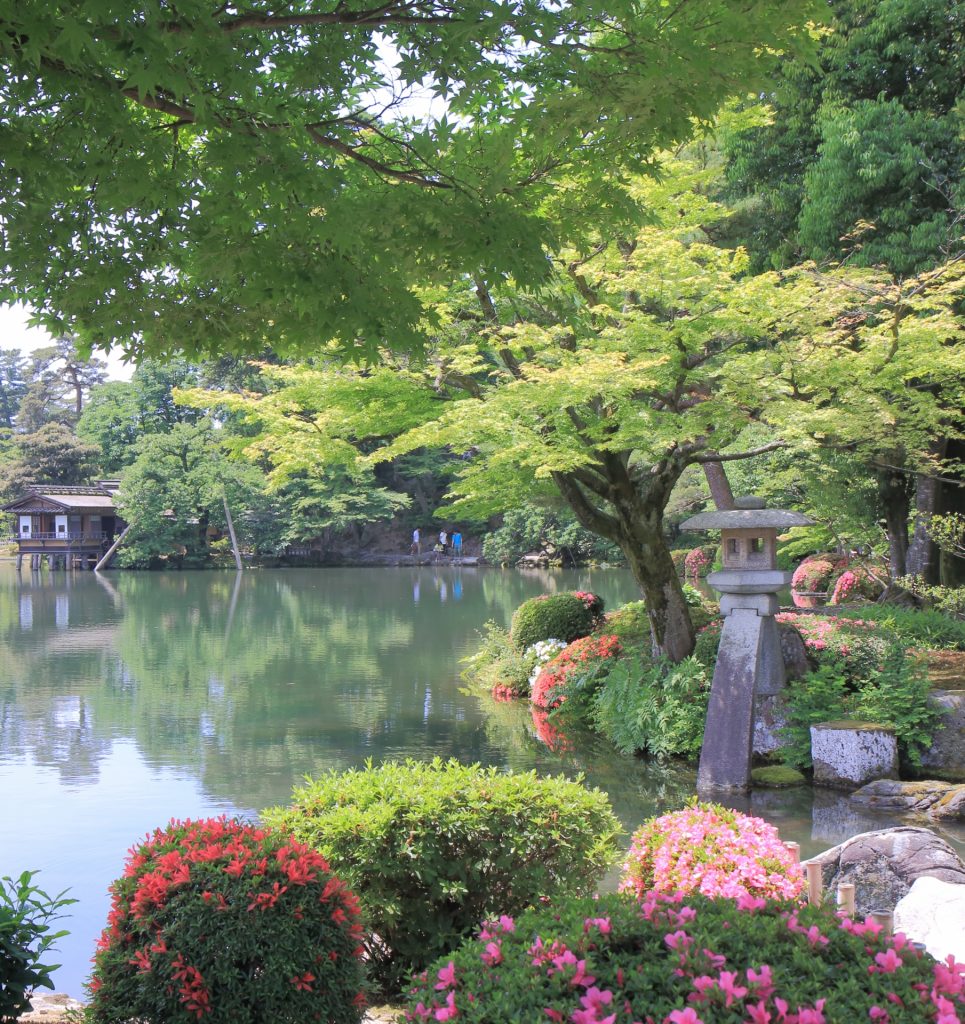
From Tokyo, the engaging city of Kanazawa can be approached multiple ways. The most direct route is using the Hokuriku Shinkansen, for which Tokyo Station and Kanazawa Station act as the terminals – 150 to 190-miuntes depending on which service you choose. Alternatively, visitors heading from Tokyo to Kamikochi and onto Takayama and Shirakawa-go, can easily then head onto Kanazawa by bus, and for visitors heading to the Tateyama-Kurobe Alpine Route and onto Toyama – another stop on the Hokuriku Shinkansen Line – it’s only a 20-minute train ride onto Kanazawa.
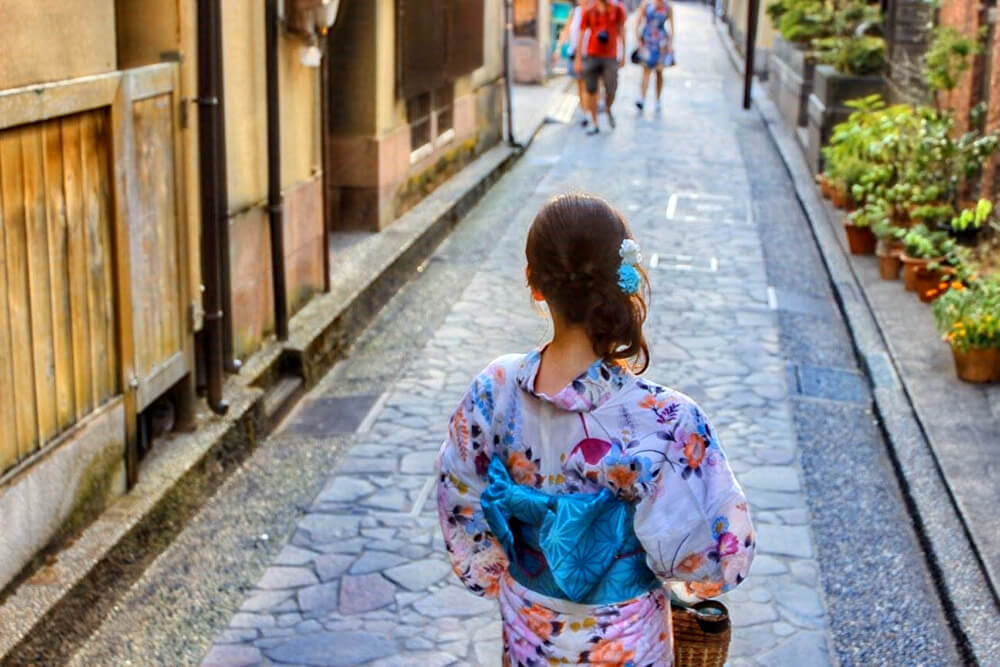
However you get there, Kanazawa is one of Japan’s most pleasant and historic cities boasting an attractive mix of historic areas, modern museums and great food. Part of the ancient Kaga Province, the name Kanazawa literally translates as ‘marsh of gold’. Today, Kanazawa remains a city of historic districts and modern entertainments. From the centrally-located Kanazawa City, it is a pleasant city to explore on-foot.
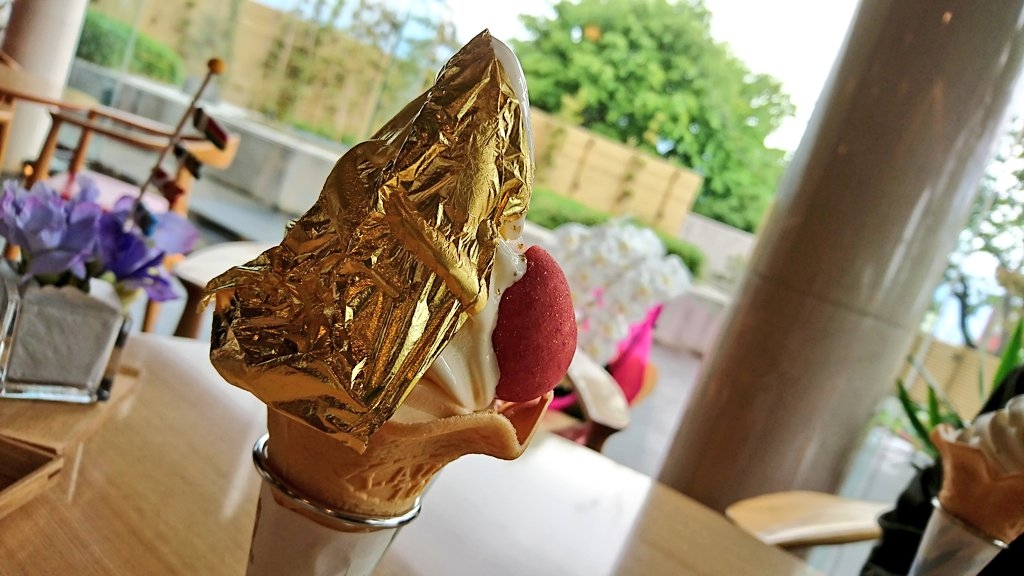
Attractions include one of Japan’s most famous gardens, Kenrokuen, along with Kanazawa Castle Park and the historic districts of Nagamachi and Higashi Chaya. Kanazawa boasts many excellent museums and galleries and a terrific food scene including one of Japan’s best seafood markets, Omicho. For tips and suggestions of everything on offer, see our '25 Things To Do Around Kanazawa & Where To Stay’ page.
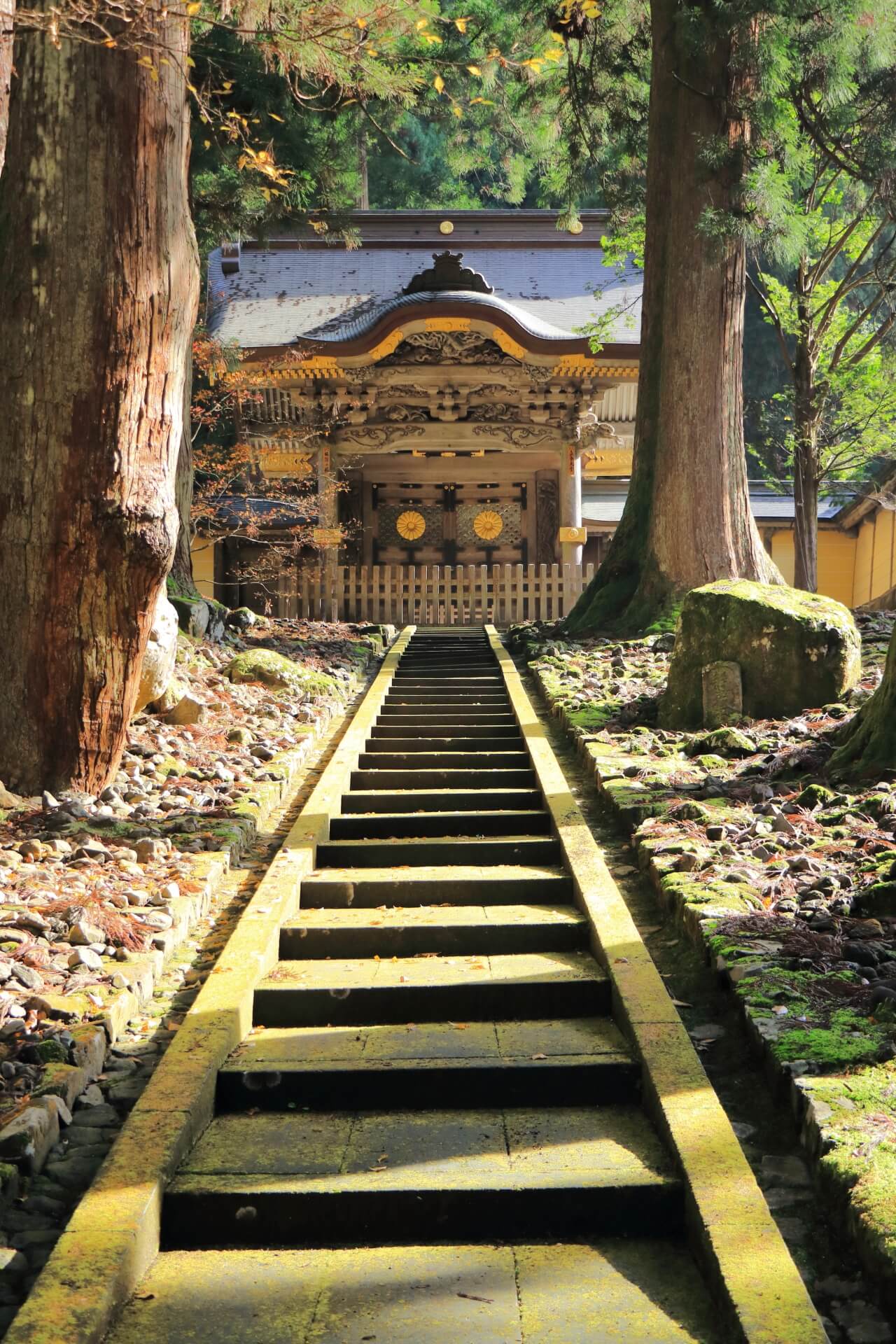
From Kanazawa, it’s an easy onward journey to the neighbouring prefecture of Fukui. Often overlooked by international visitors, the region boasts some fantastic and rewarding destinations including the Fukui Prefectural Dinosaur Museum, the sprawling temple complex of Daihonzan Eihei-ji, castles, ancient ruins and access to the north coast.
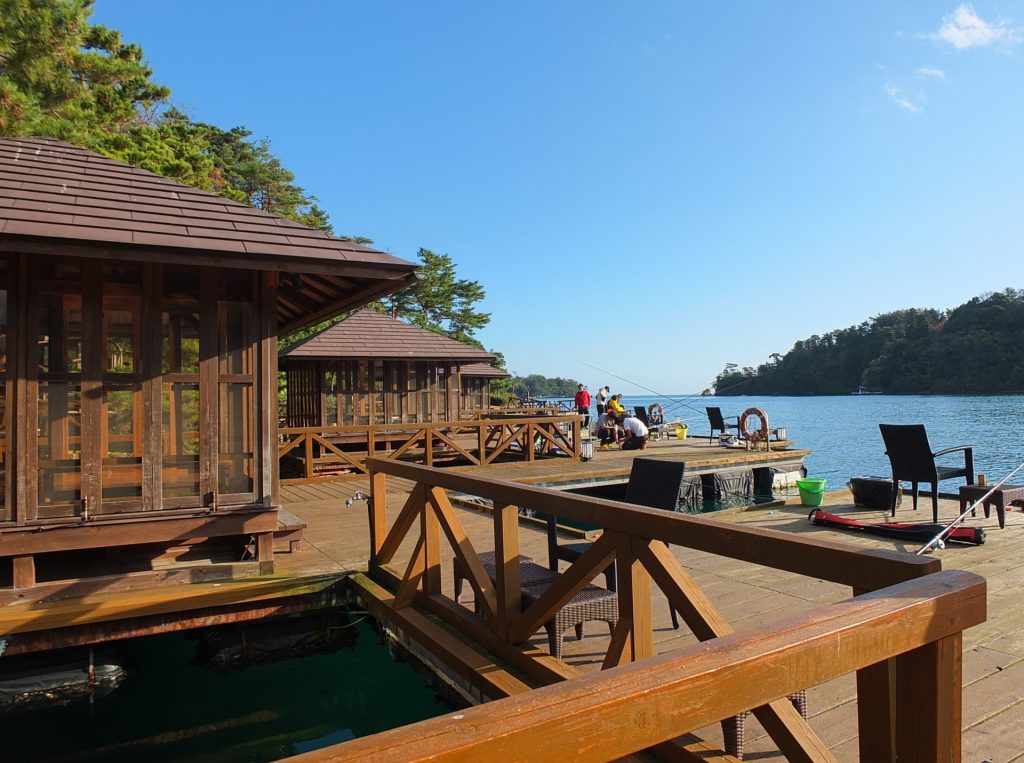
Exploring the north coast by car is easy and recommended. Now far away from the maddening crowds of Tokyo, roads are simple to navigate and reward visitors with fantastic views and of course, great seafood at local markets and restaurants. If you have the time to do so, we recommend also heading to the remote Noto Peninsula from Kanazawa – one of Japan’s least visited but most beautiful regions. For further tips and suggestions, see our '10 Things To Do In Fukui & Where To Stay’ page.
11 / The Kii Peninsula (via Nagoya) / all year round
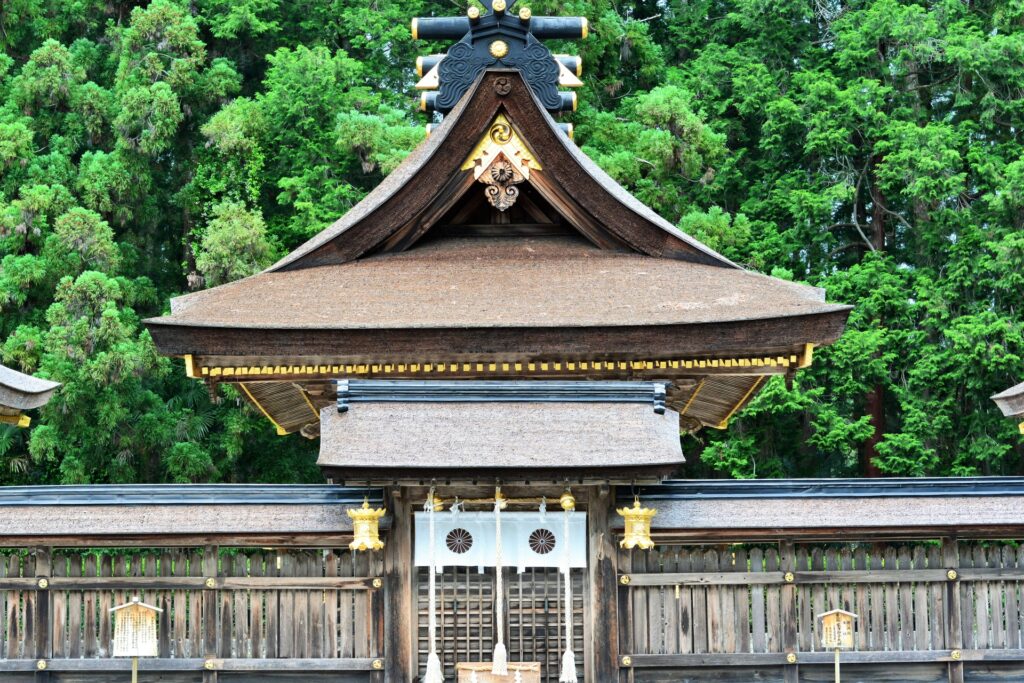
Easily accessible from Tokyo using the Tokaido Shinkansen, Nagoya is another of Japan’s great modern metropolises offering lots to do. Enjoyable as a destination in its own right, it’s a convenient from where to head north deeper into Central Japan – including the onsen towns of Gifu Prefecture and onto Takayama and Shirakawa-go, Kiso Ontake and the Nakasendo, or head west to the Kii Peninsula.
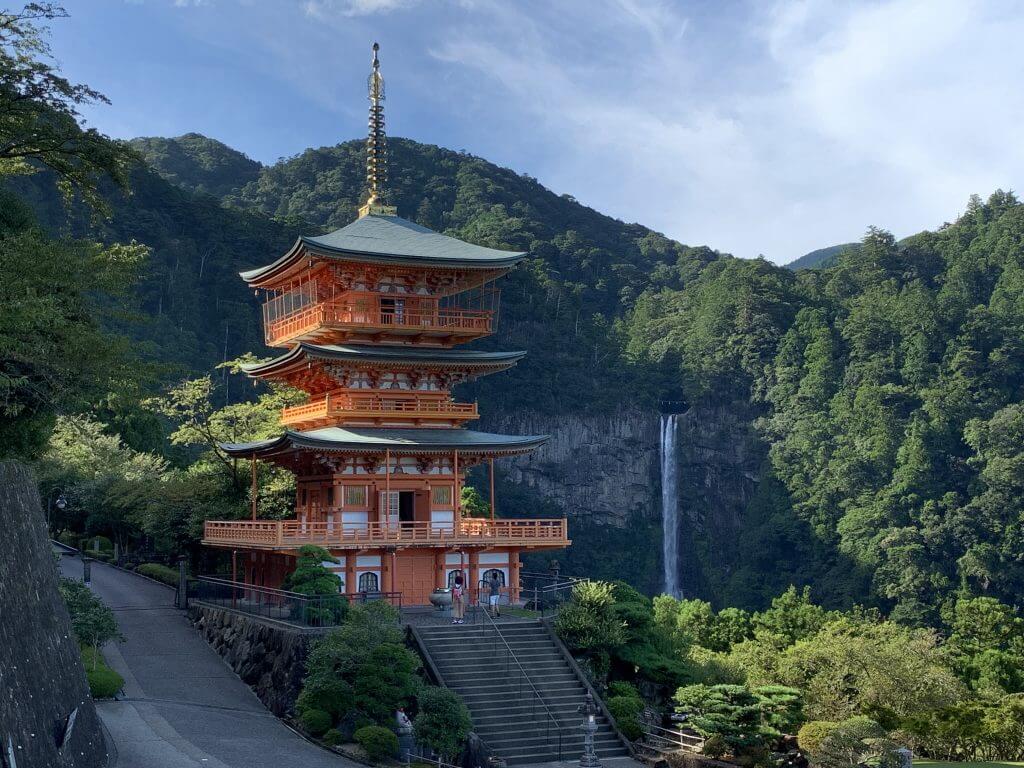
While you may not have heard of it, the Kii Peninsula is one of Japan’s most important spiritual destinations, boasting three hugely important destinations – the Ise Grand Shrine, the World Heritage-listed trails and shrines of the Kumano Kodo, and the temple mountain of Koyasan. To explore the area fully takes multiple days but is well-worth doing so as visitors who allocate the time to enjoy the Kii Peninsula will be treated to one of Japan’s most meaningful and engaging destinations. For further information about what’s on offer including accommodation listings, see our '25 Things To Do In Around Nagoya & Where To Stay’ page.
12 / Hakuba: Hiking & Green Season Fun (via Nagano) / May to November
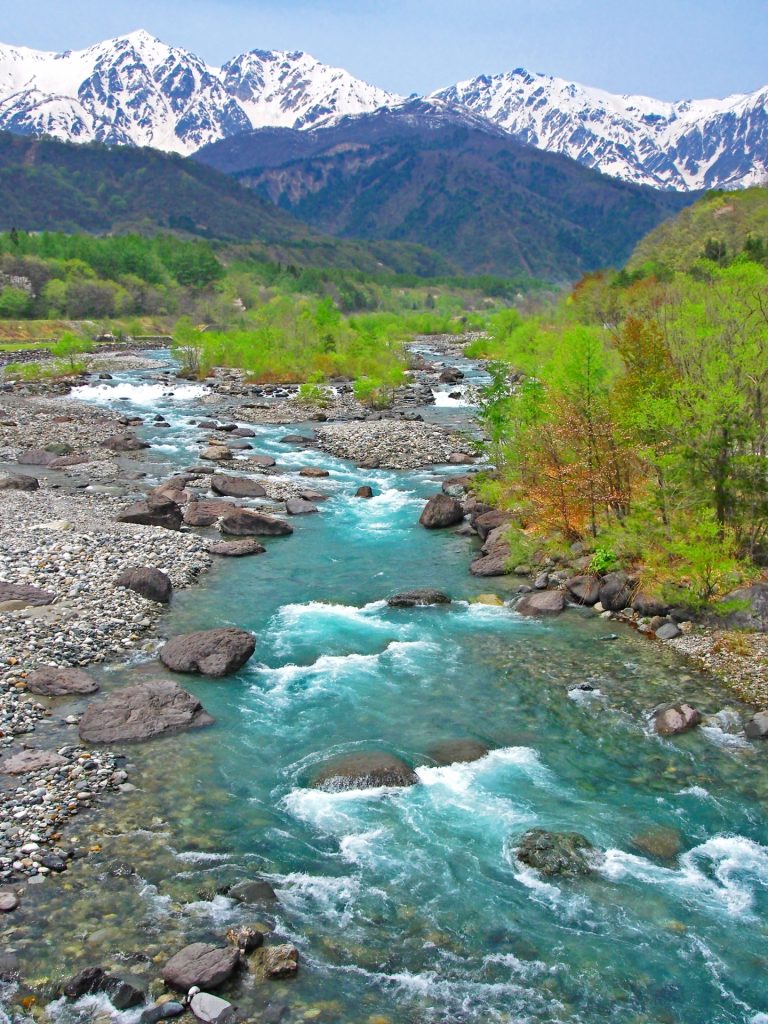
Best known for its ski resorts, the mountains of Hakuba are just as big outside of winter and the area is quickly becoming known as much for what it has to offer in spring through to autumn. As an access point to the North Alps – more properly referred to as the ‘Hida’ Mountains – Hakuba offers some of Central Japan’s best hiking and mountaineering from mid-June until early-October. Easily accessible from Hakuba village, Mount Shirouma is a great option looking to enjoy some fantastic hiking as an easy overnight trip from Tokyo.
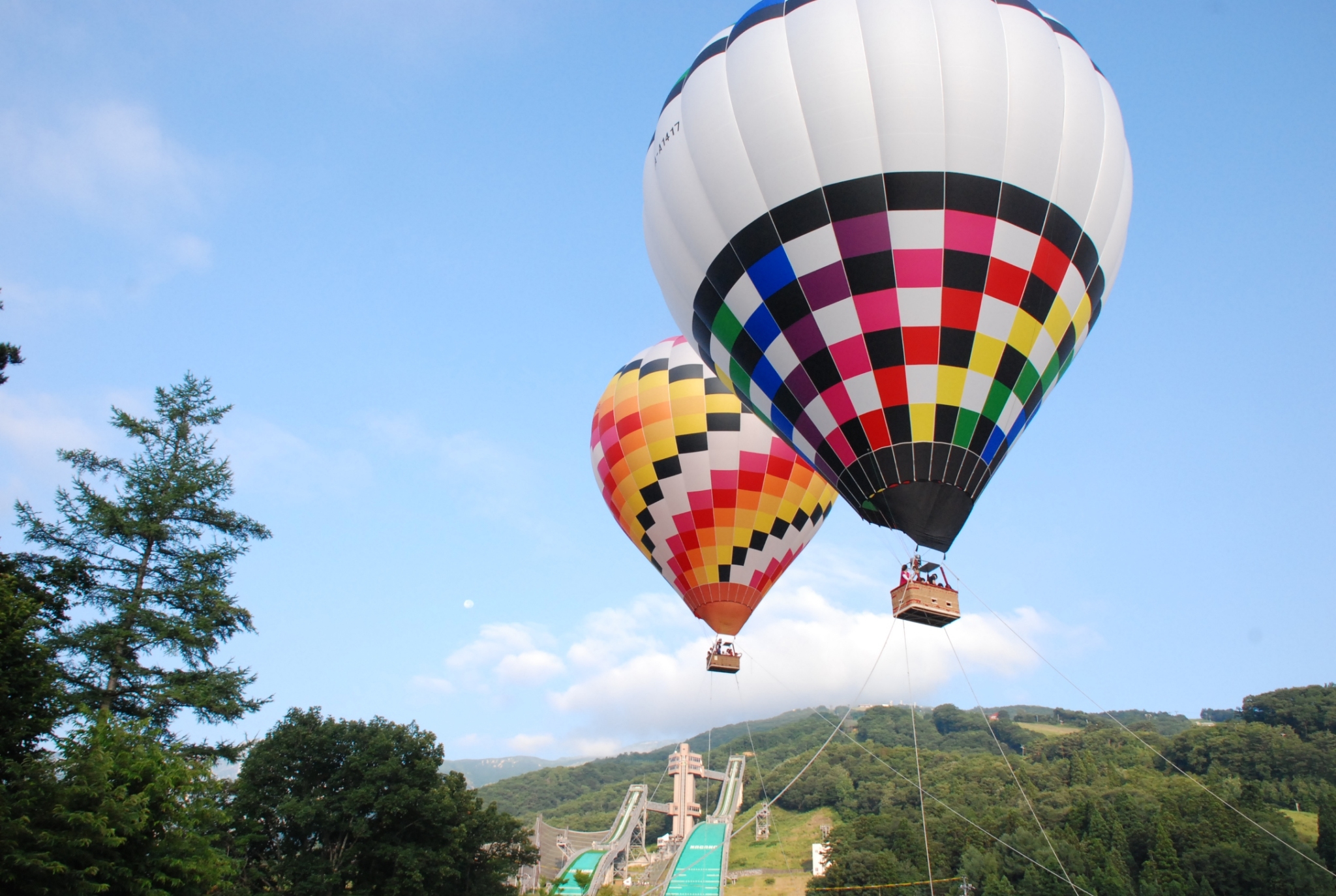
In the midst of summer, the alpine areas of Nagano and Central Japan offer some welcome relief from the heat and humidity of Tokyo, therefore we recommend going slow and spending a couple of nights in Hakuba to enjoy everything it has to offer including its multiple ropeways, more leisurely walking trails, mountain-biking and cycling, rafting, hot-air ballooning and guided outdoor experiences. For tips and suggestions of what’s on offer, see our '25 Things To Do Around Hakuba & Where To Stay' page.
13 / Shiga Kogen: Escape Back to Nature (via Nagano) / May to November

Sitting within broader enclave of Yamanouchi, Shiga Kogen is best known as Japan’s largest ski resort. Less than 30-minutes drive from the Jigokudani Monkey Park, both Shiga and the monkey park also sit within the beautiful Joshinetsu Kogen National Park – an expansive alpine area blessed with pristine beauty, unique flora and fauna, and multiple mountain peaks. As the snow recedes in May, the landscape opens-up, inviting visitors back to enjoy leisurely hiking and walking trails, fantastic nature and wildlife photography, ropeways, hot springs, and leisurely days away from the heat of the cities while in autumn, Shiga and nearby Kita-Shiga are blessed with some of the region’s best autumn leaves. For tips and suggestions of what to do in Shiga, see our ‘Explore Yamanouchi – Home of the Snow Monkeys’ page.
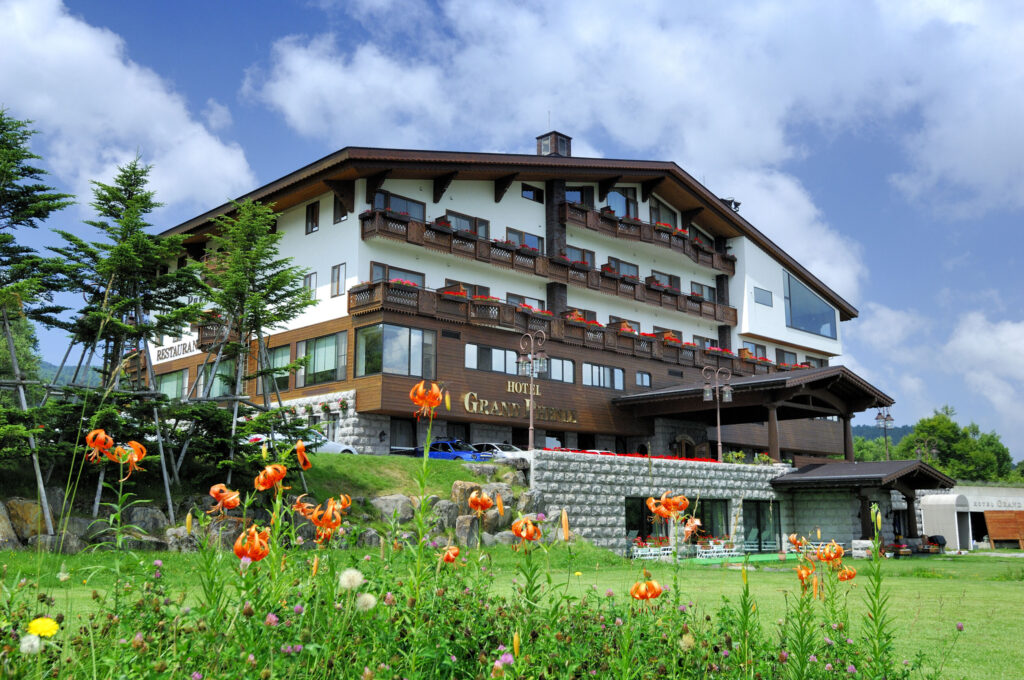
An overnight or multi-day visit to Shiga Kogen allows visitors to enjoy multiple destinations including the monkey park and attractions of nearby Nagano City. Indeed, visitors wanting to combine a visit to Shiga with the other attractions of Yamanouchi and Nagano City can do so easily by choosing accommodation in those areas. For accommodation listings, see the relevant hotel page: Shiga Kogen Area / Yamanouchi Area / Nagano City Area.
14 / Echigo-Tsumari Art Field (via Yuzawa) / best: July to September
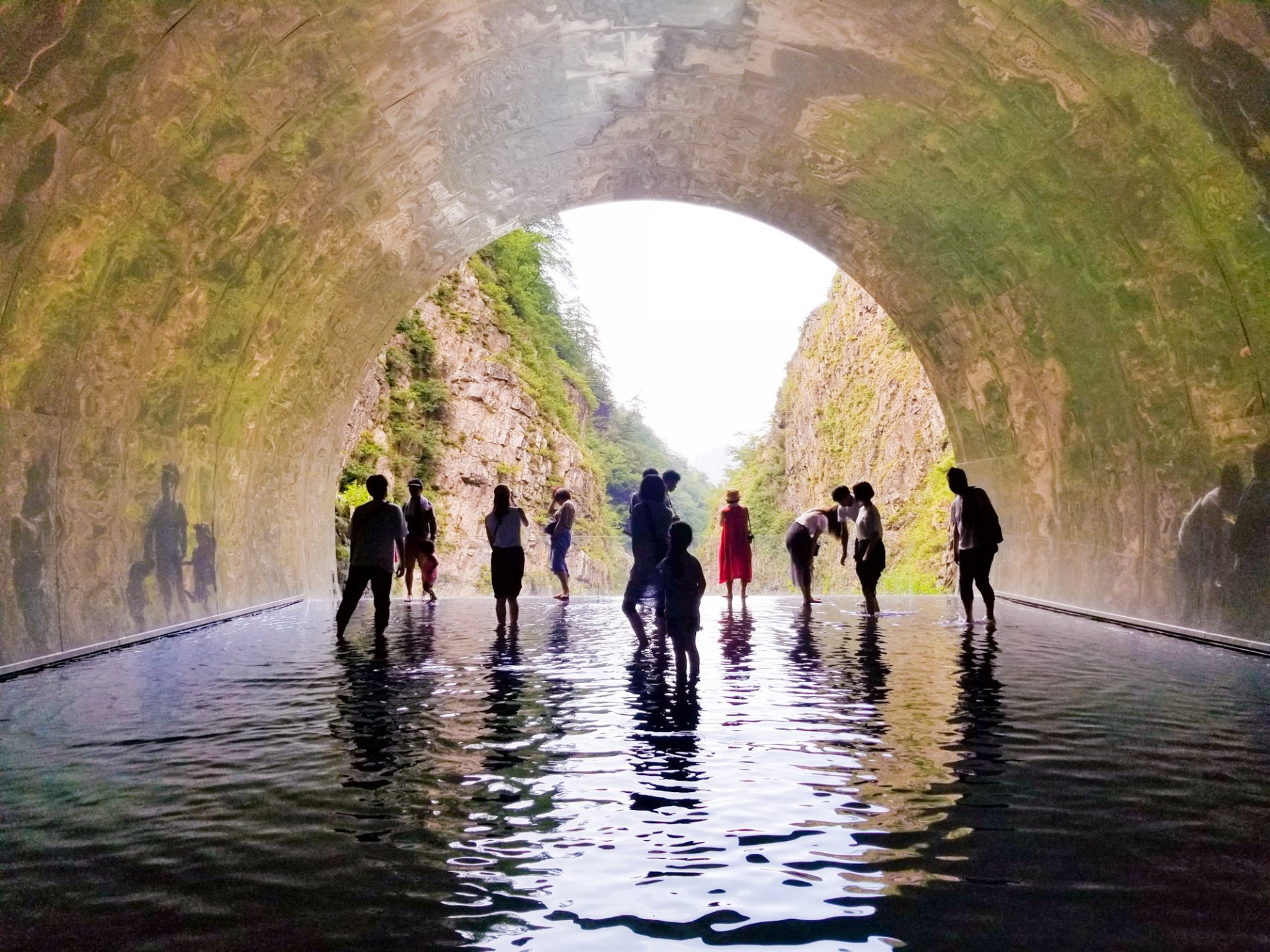
Serviced by Echigo-Yuzawa Station on the Joetsu Shinkansen Line, Yuzawa is a small hot spring town with a big reputation for snow. Outside of winter however there’s just as much on offer including great hiking and mountaineering in the surrounding mountains, music festivals including Japan’s largest – Fuji Rock, and the increasingly popular Echigo-Tsumari Art Field.
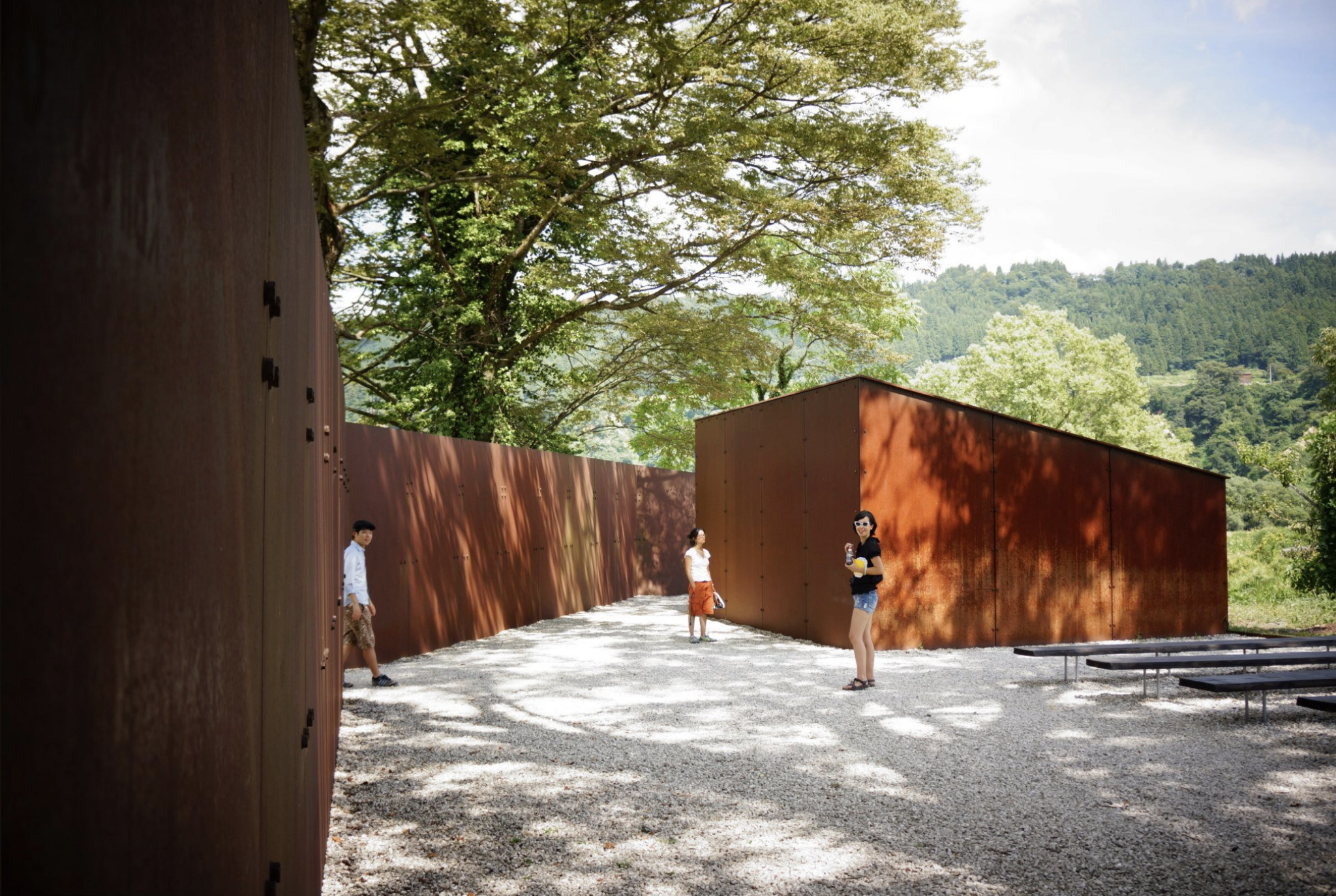
First held in 2000, Echigo-Tsumari Art Triennial (ETAT) or Echigo-Tsumari Art Field is the creation of Niigata-born, Kitagawa Fram. As the director of Tokyo’s Art Front Gallery, Kitagawa Fram envisioned and initiated the arts festival as a means of rejuvenation of his home region.
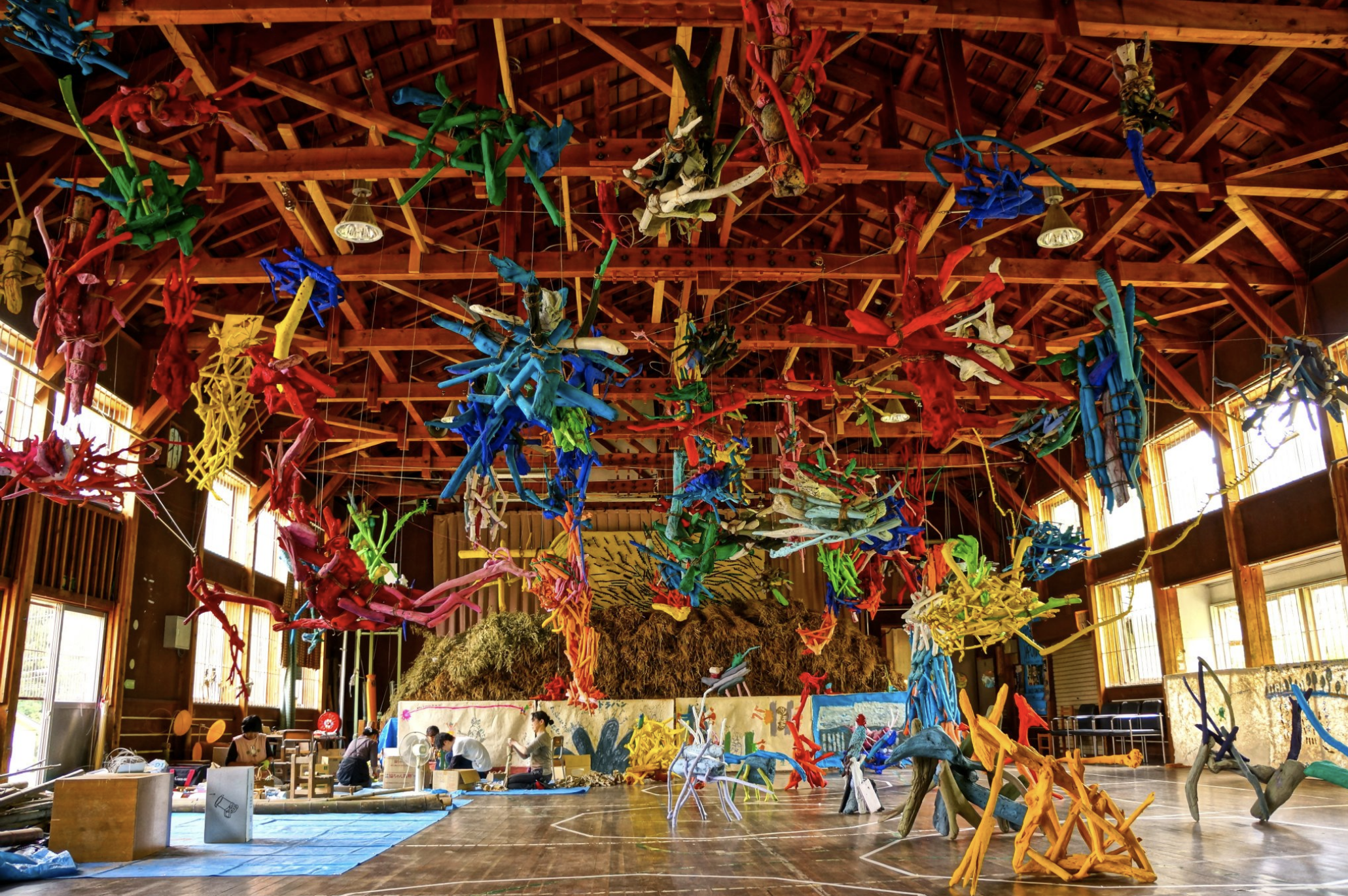
The official triennial occurs every three years, with the next scheduled for summer 2021. Intervening years see a smaller summer festival however with many installations being placed outdoors in settings including forests, rivers and rice fields, the festival in effect never really stops and can be enjoyed all year round. Installations and projects range for the grand in scale to small, with notable artworks by high-profile international and Japanese artists sitting alongside those by local people. Most easily accessed via Yuzawa, the festival is best enjoyed by hiring a car or arranging private transport between the sites and staying at least one night. For more information, see our '15 Things To Do In Yuzawa & Where To Stay’ page.
15 / Climb Mt. Fuji / July to September
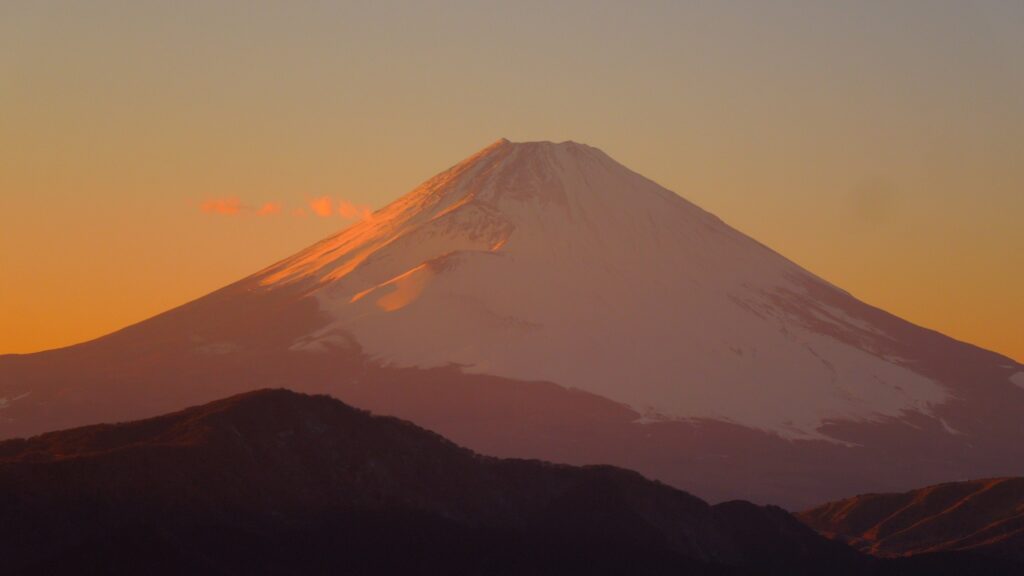
Rounding things out back where we started, visitors wanting to head to Fuji and climb it will need to do so – or at least are best to do so – as an overnight trip. Fuji’s official climbing season runs from early-July until mid-September, during which time, all trails and mountain facilities are open. Weather is typically mild, and this time and snow will be gone from the mountain. Visitors have the option of summitting Fuji via different trails including the Yoshida Trail – open from early-July until mid-September – along with the Subashiri, Gotemba and Fujinomiya Trails – open from mid-July until mid-September.
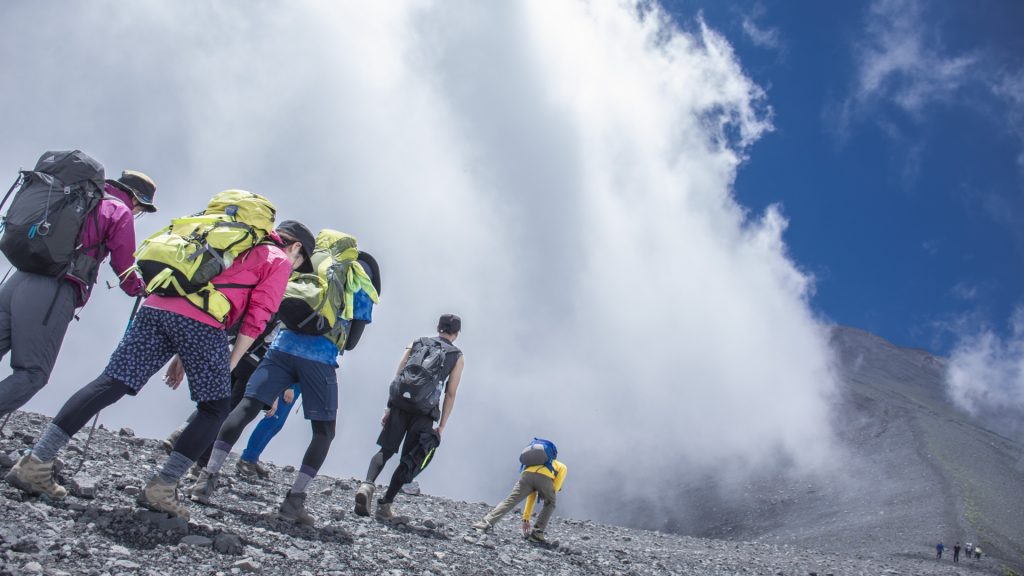
Stations are positioned along each trail with most climbers choosing to walk from the 5th station of their chosen trail. The Yoshida Trail is the most popular and as such, the Fuji Subaru Line 5th Station on that trail is a very popular starting point for many visitors. From the 5th station, it takes between 5 to 7 hours to ascend and 3 to 5 hours to descend. Climbing Fuji is an extremely popular undertaking for both Japanese and international visitors. The more popular trails are likely to be congested as you join a column of many hundreds of people moving up the mountain. Mountain huts are available around the 7th and 8th stations however these book-out, so should wish to use one, make sure to reserve your spot well in advance.
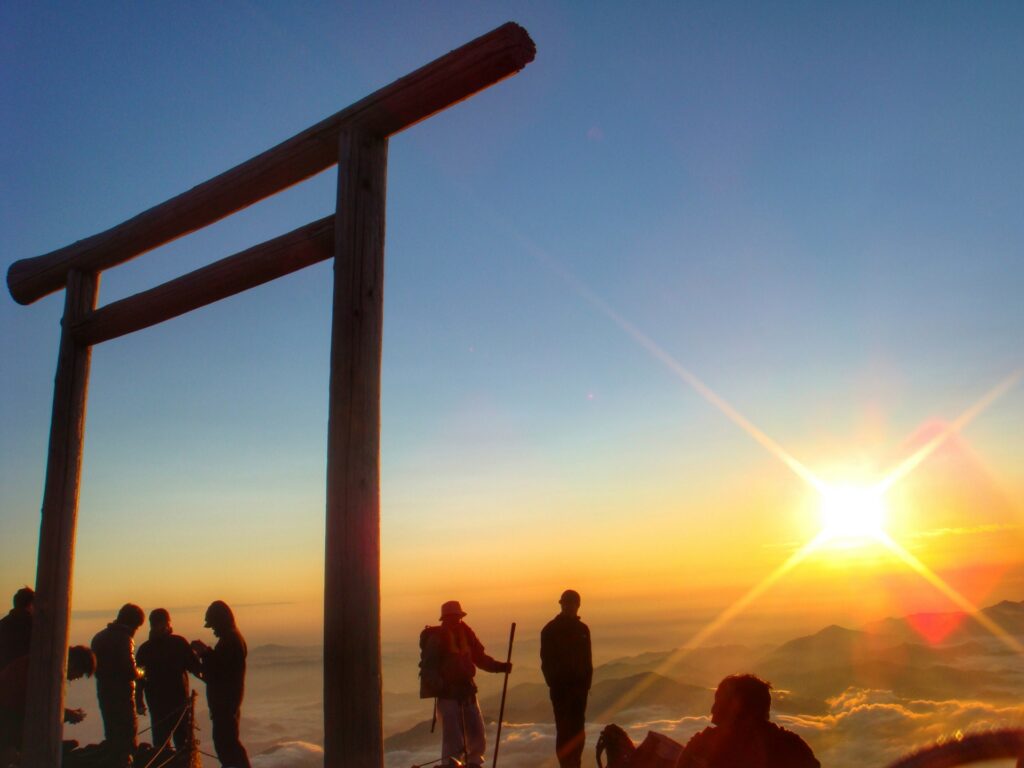
It is also worth noting that Fuji stands at just under 4000 metres in height. As you ascend, the air is notably thinner. It will affect most people and can have serious health implications for some visitors. Even in summer, temperatures can be cold – potentially below 0°C – near the summit, so make sure you are well-prepared and suitably dressed. For accommodation listings, see our 'Kawaguchi Lake (Kawaguchi-ko) Onsen Area' page.
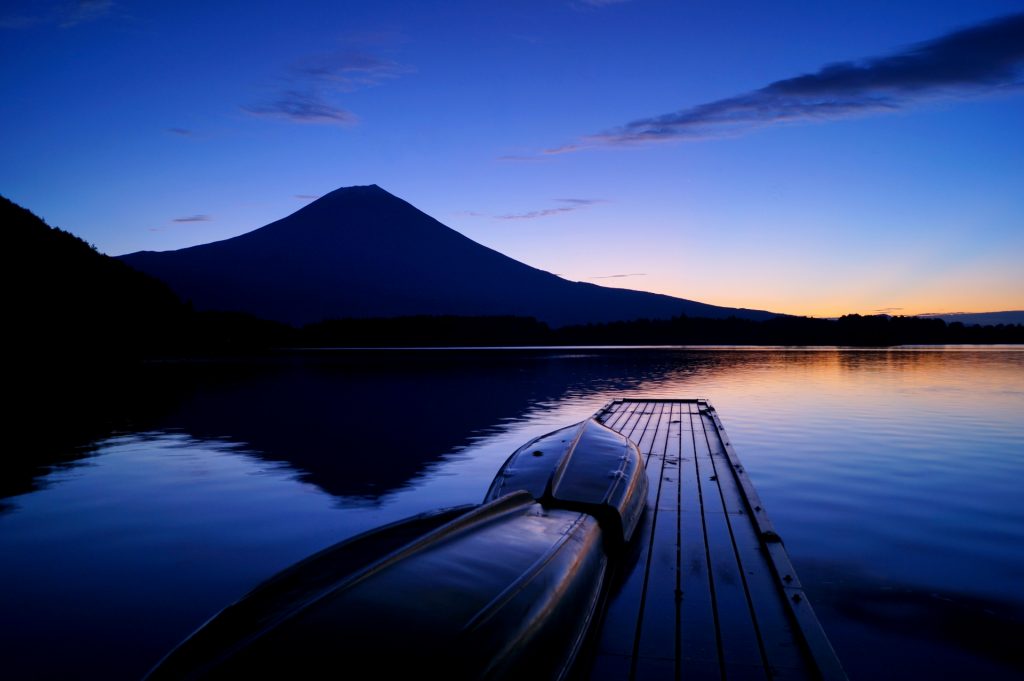
Finally, Mount Fuji is an active volcano, and your personal safety should be your first priority. The Japan Meteorological Agency provides real-time advice and warnings for the entire country. Prior to visiting Fuji, we recommend checking the following website.
25 Things to Do in Tokyo
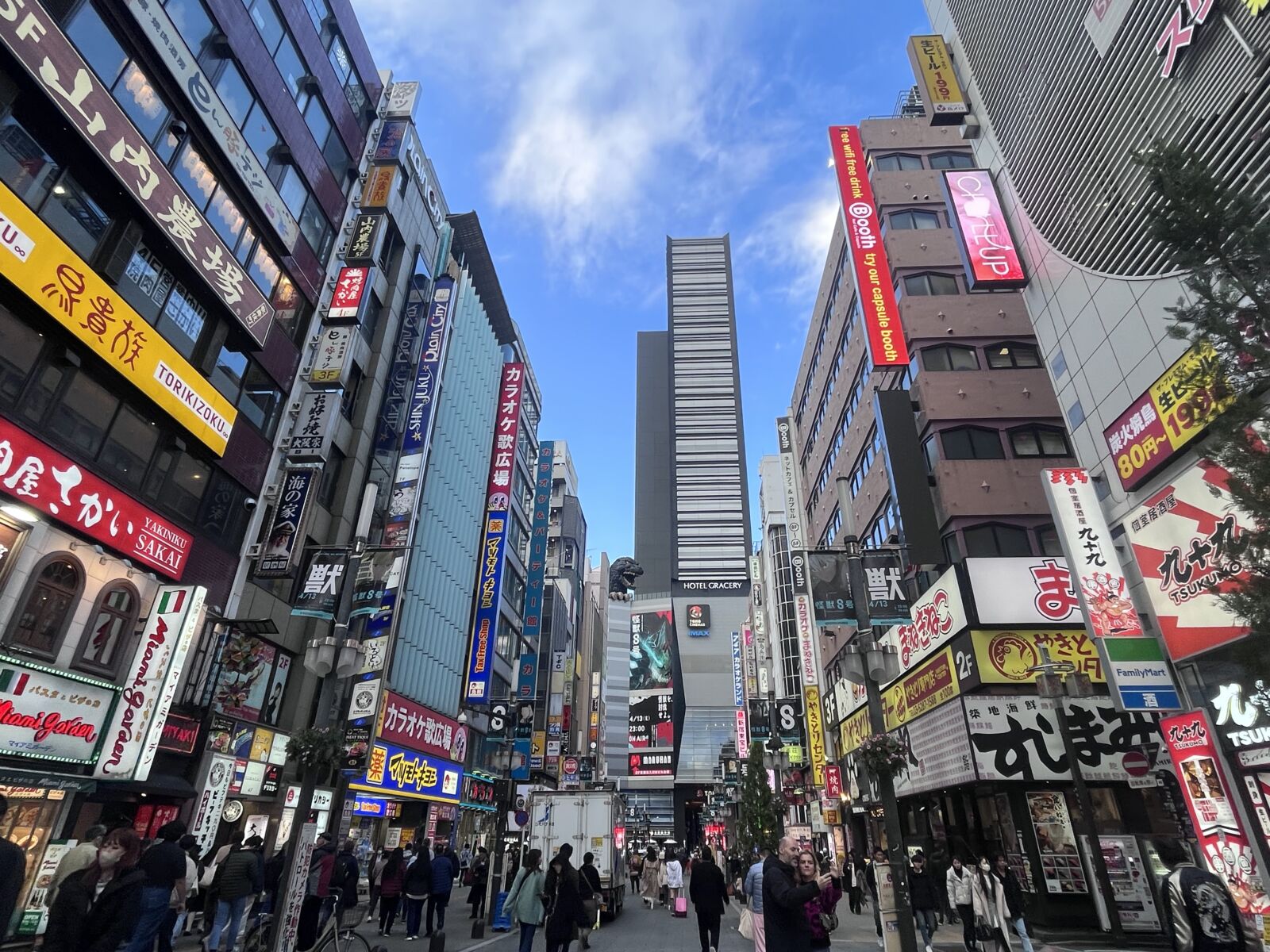
This page would not be complete without also suggesting our top recommendations on things to do in Tokyo as well. Why not check out our 25 Things to Do in Tokyo page which will also give you plenty of inspiration for your time spent in Tokyo. Here you will find some of the best activities and recommendations on how to spend your time in the Capital, as well as some tours that you can join to make the most out of your trip!
From watching Sumo wrestlers train to eating the freshest sushi at local markets, playing Taiko drums to exploring hidden shrines and temples, Tokyo truly has it all. Our Tokyo tours enable you to pick and choose from a wide range of areas and activities to explore during your trip. Want to explore lesser-known neighbourhoods in Tokyo, or do you want to get into the hustle and bustle of the world’s most populated city, then click the link above and start exploring what you can do in Tokyo to make your trip unforgettable.
Best Tours in Tokyo
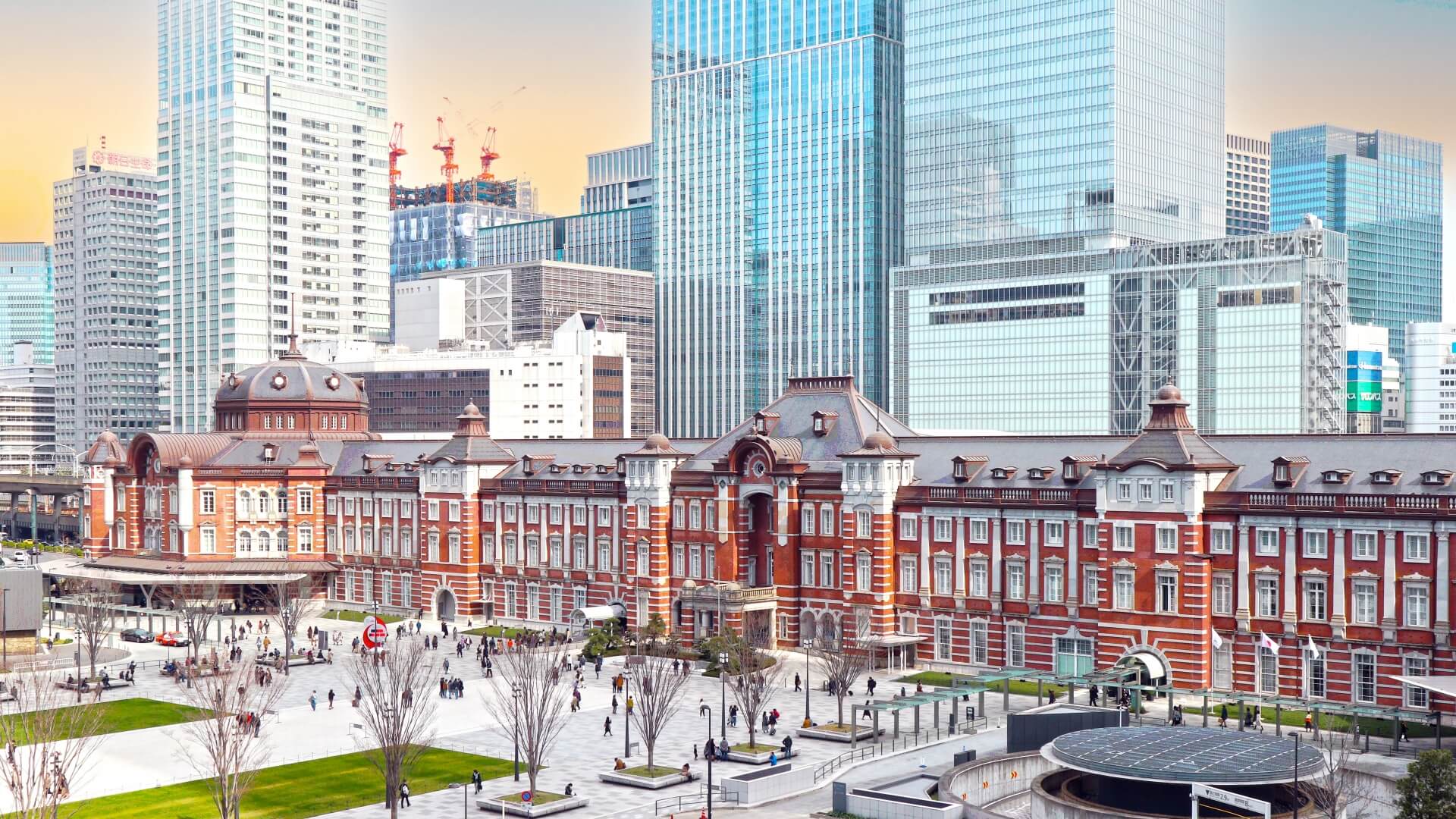
Tokyo is steeped in history. The city has faced many hardships from earthquakes, fires and the air raids of WW2, and unfortunately many of its oldest buildings and structures have disappeared over time. However, Tokyo does a fantastic job at celebrating and retaining much of its character and culture, with stunning renovations of temples and shrines, museums housing some of Japan’s finest artefacts, and pockets of neighbourhoods that have managed to preserve its original architecture despite the many challenges its faced. Pop culture lovers will rejoice at Japan’s modern aesthetic, with its bright lights and neon signs that make the city glow at night. There is so much to see and do in Tokyo. Check out our ’Best Tours in Tokyo’ page which will give you information on the best tours in Tokyo and the best day trips from Tokyo throughout the Kanto region.
Where to Stay in Tokyo?
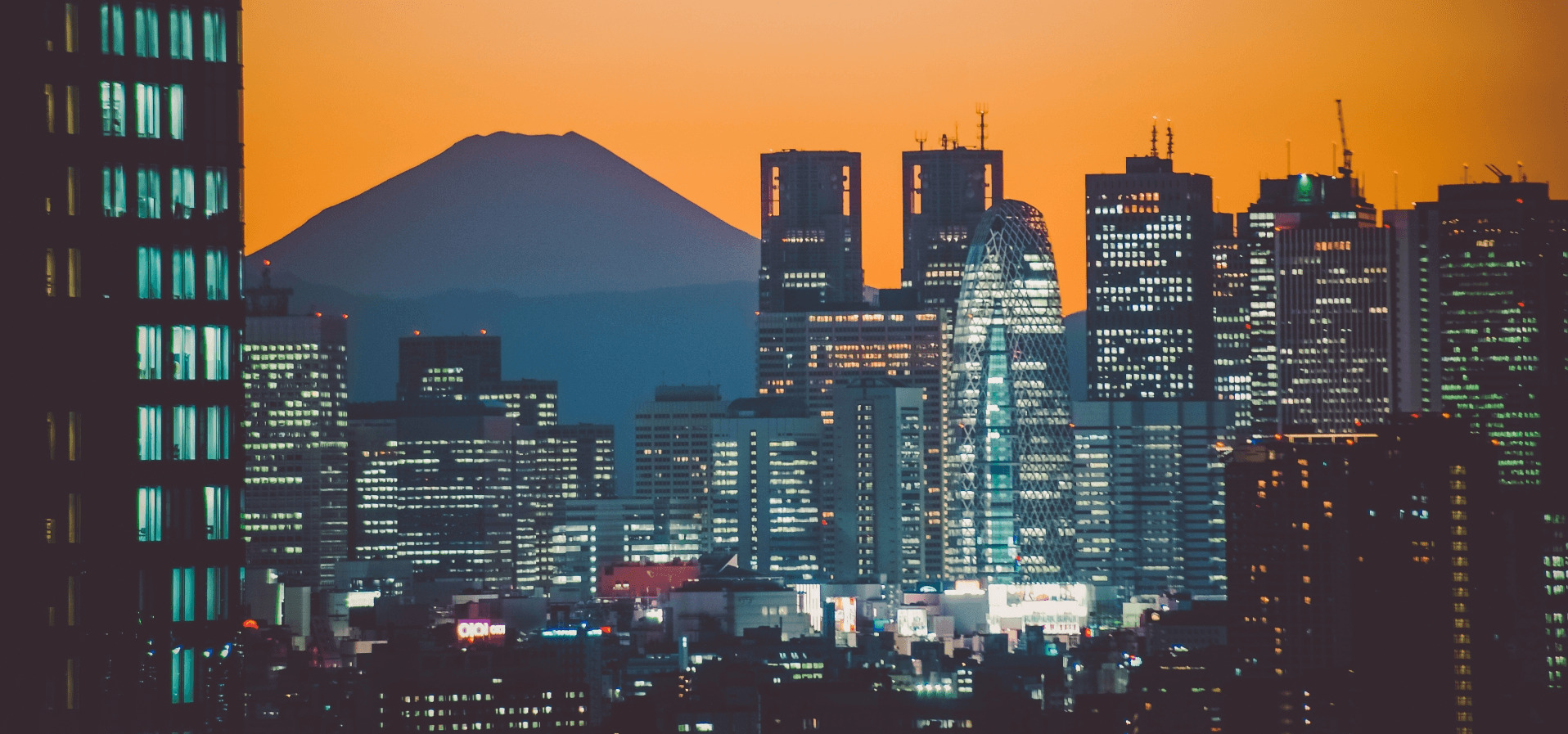
Not just the largest city in Japan but also the largest city in the world, Tokyo is a sprawling giant that must be experienced at least once. Knowing where to stay when visiting Tokyo can make a huge difference when it comes to getting around the city and ultimately, getting the most out of your time there. Our ‘Where To Stay In Tokyo?’ page breakdowns the best areas to stay including accommodation listings.
Book With Us! Nagano's No.1 Tour & Charter Operator
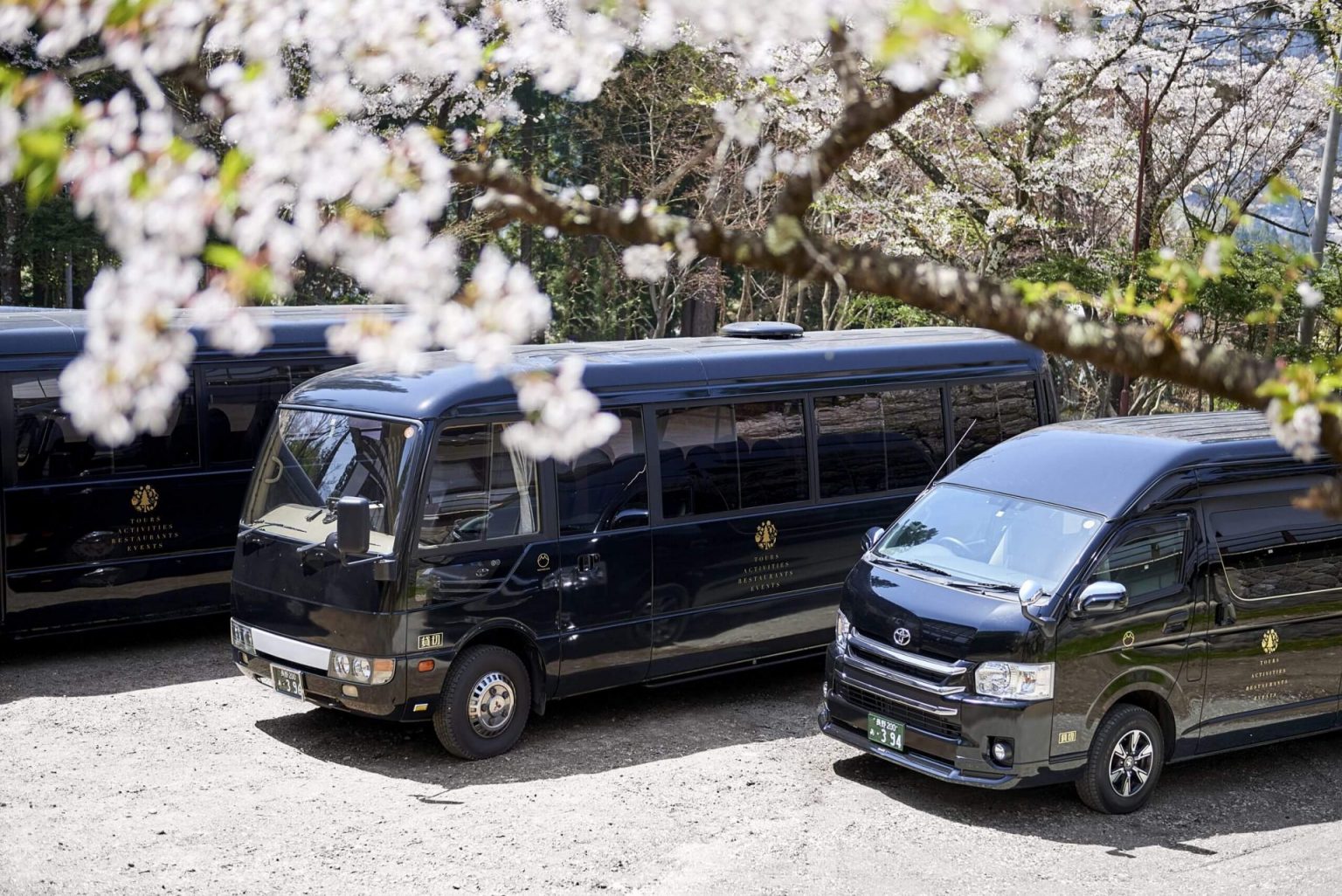

Operating all year round, we are Nagano’s No.1-rated tour and charter operator, offering a range of services including group tours, private tours and charters. We can arrange transport including a private vehicle and driver, to transport you to, from and between any destination in Central Japan.
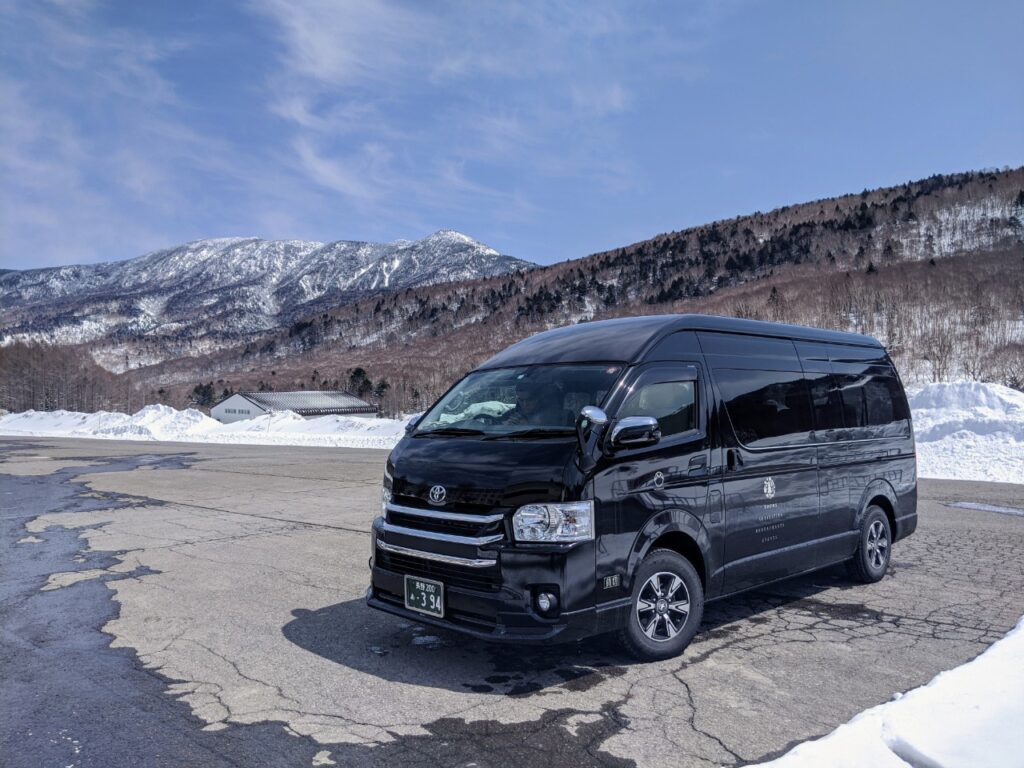

Our drivers and vehicles are fully certified, allowing us to transport you to and from your preferred destinations in combination with any activity that suits your schedule. All vehicles are fitted with a protective screen – separating the driver from passenger and luggage area – and our drivers wear protective masks, allowing you to move between your destinations in comfort and safety.

We can arrange both private tours with an English-speaking guide or a private charter, including a private vehicle and driver but without a guide. We’d love to be part of your adventure in Central Japan and help you discover even more!
Why Choose Us?
Awarded a 2022 TripAdvisor Travelers’ Choice Award for our 1-Day Snow Monkeys, Zenko-ji Temple & Sake Tour – recognised as one of the Top 10 Experiences in Japan – we have the local knowledge and experience to help you get the most out of your time in Japan.
Got a question about visiting Japan? Contact us and let’s get planning together!














